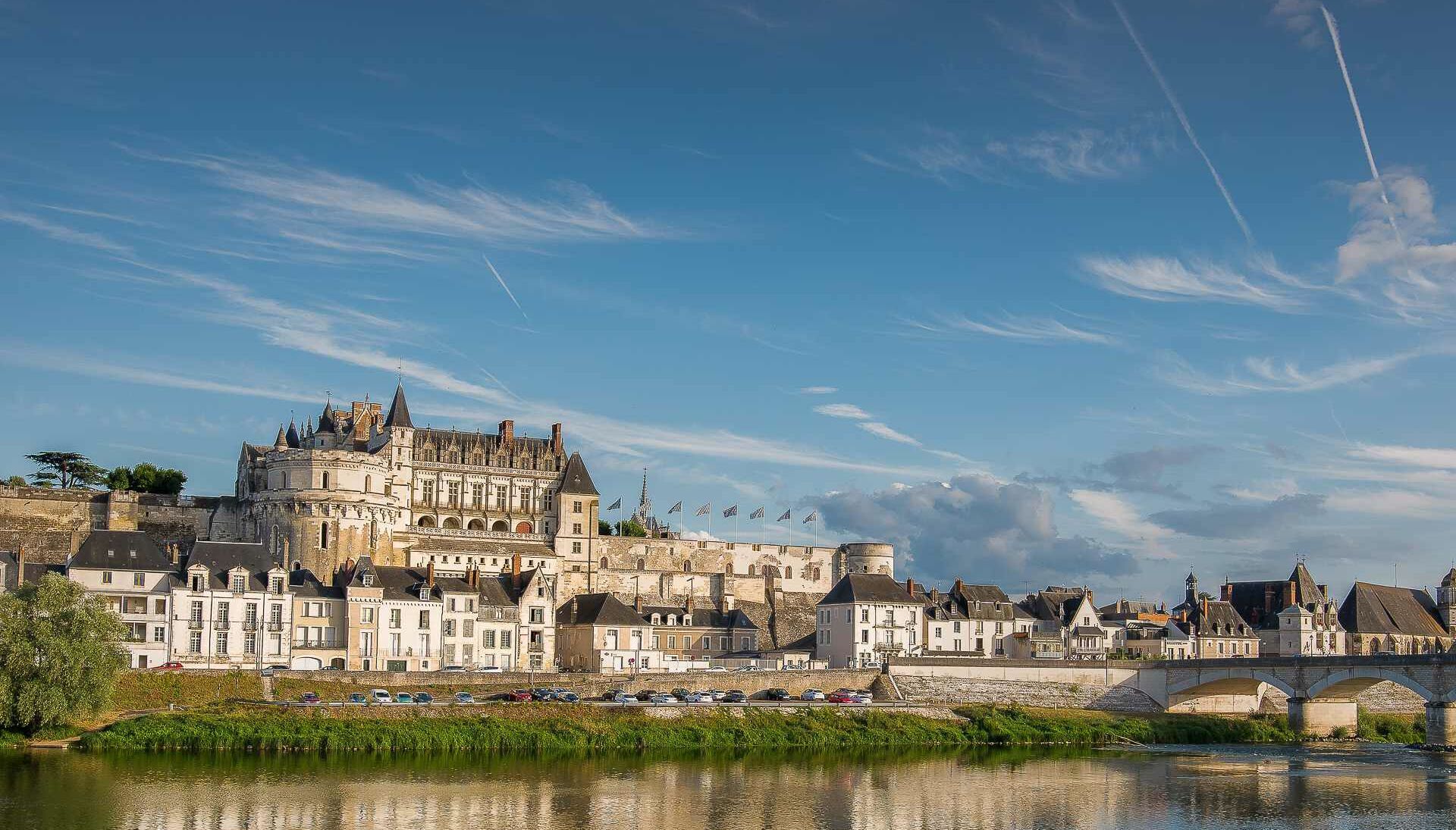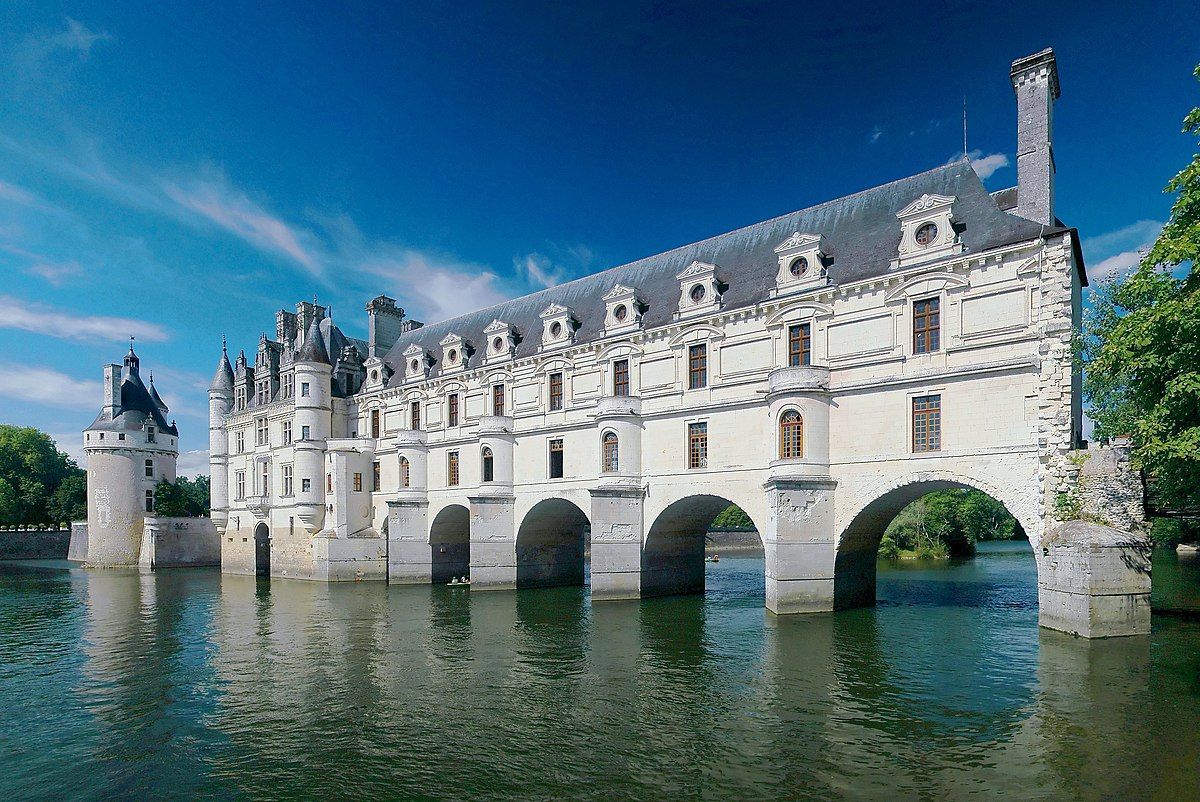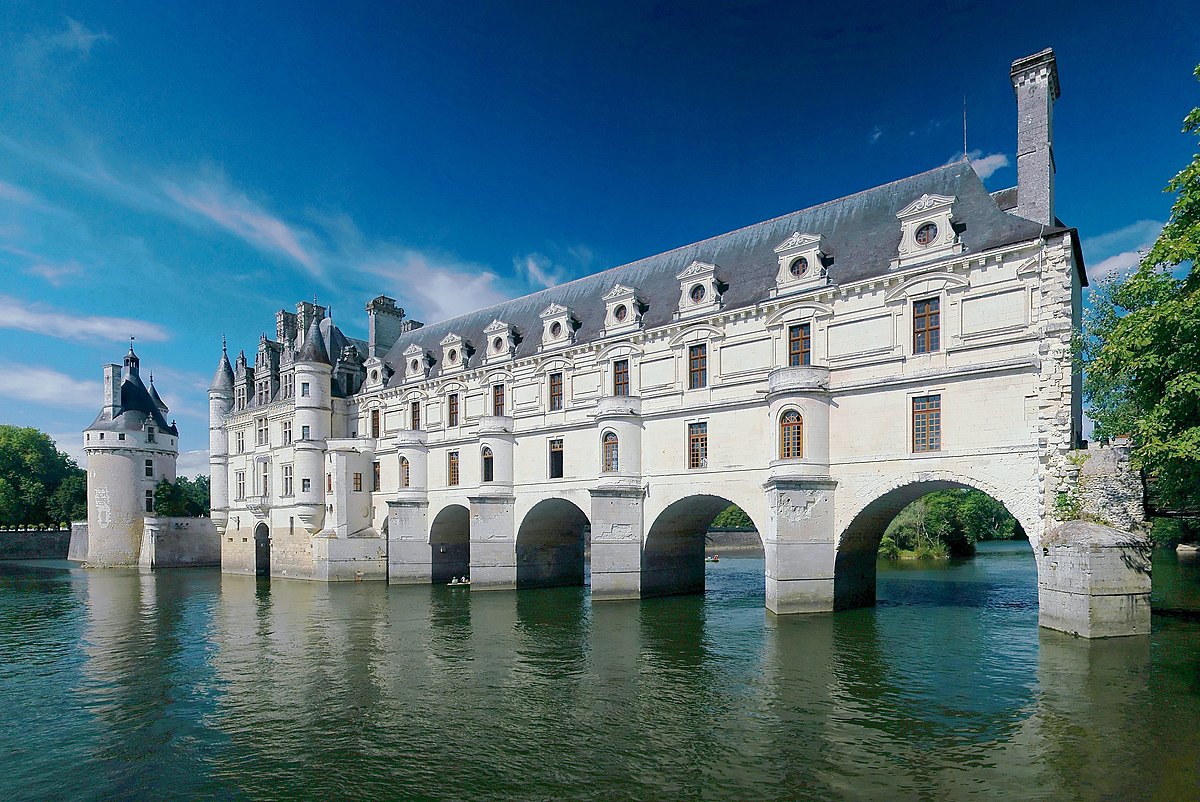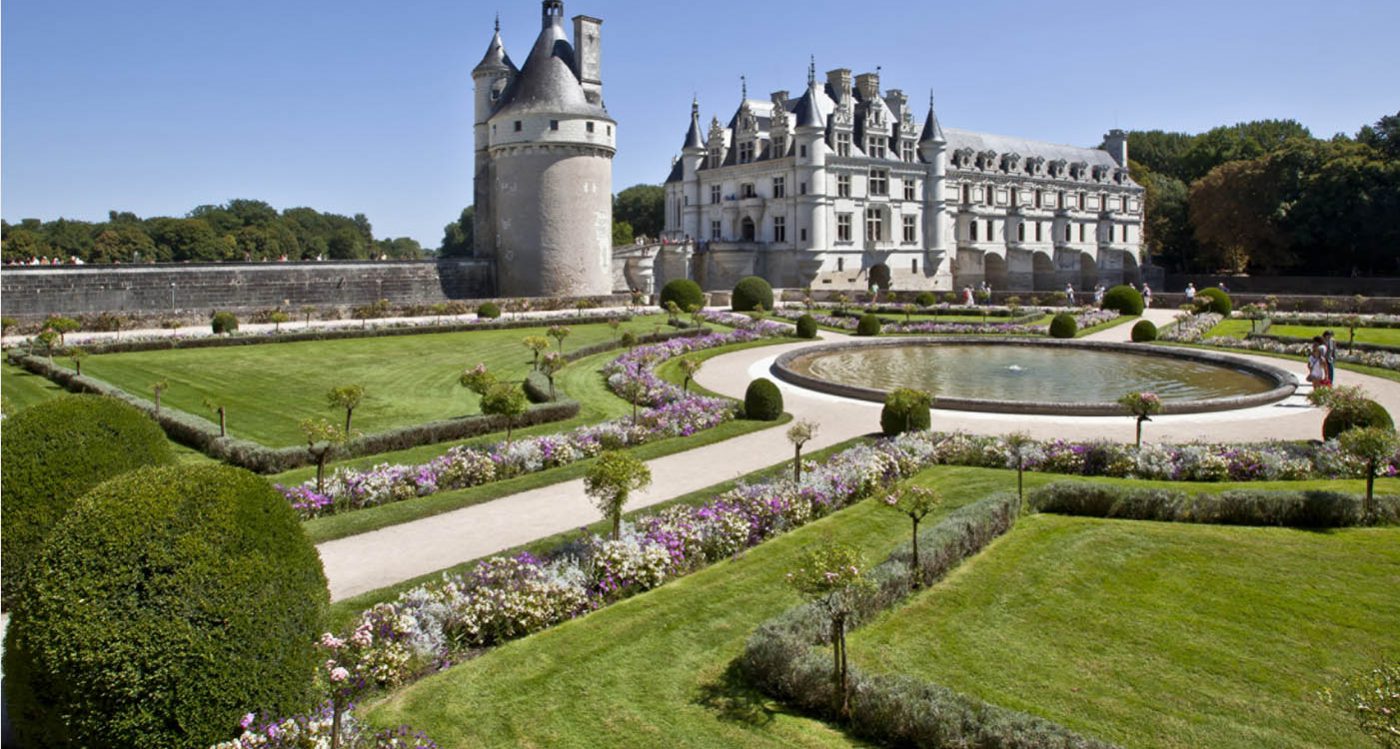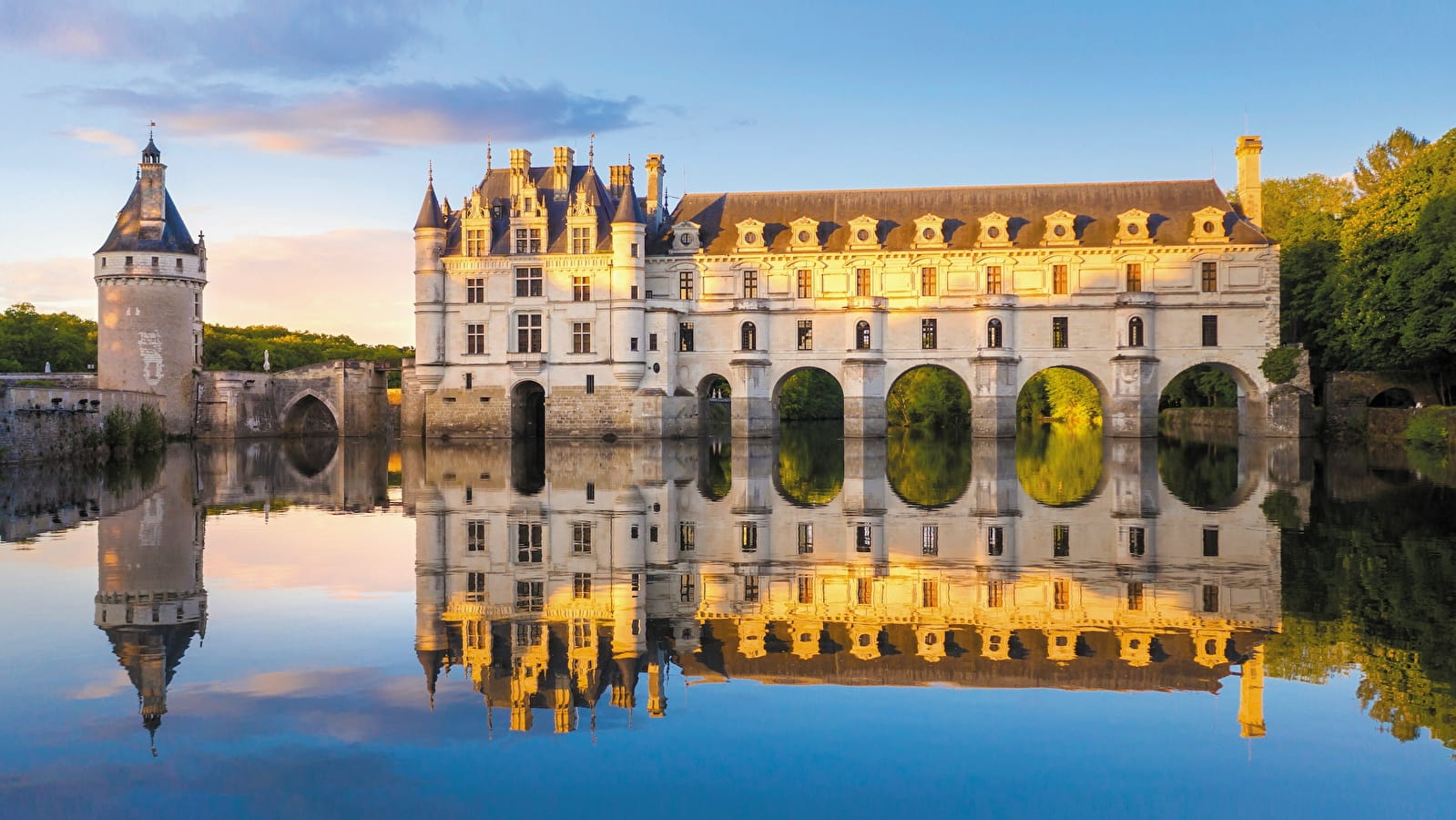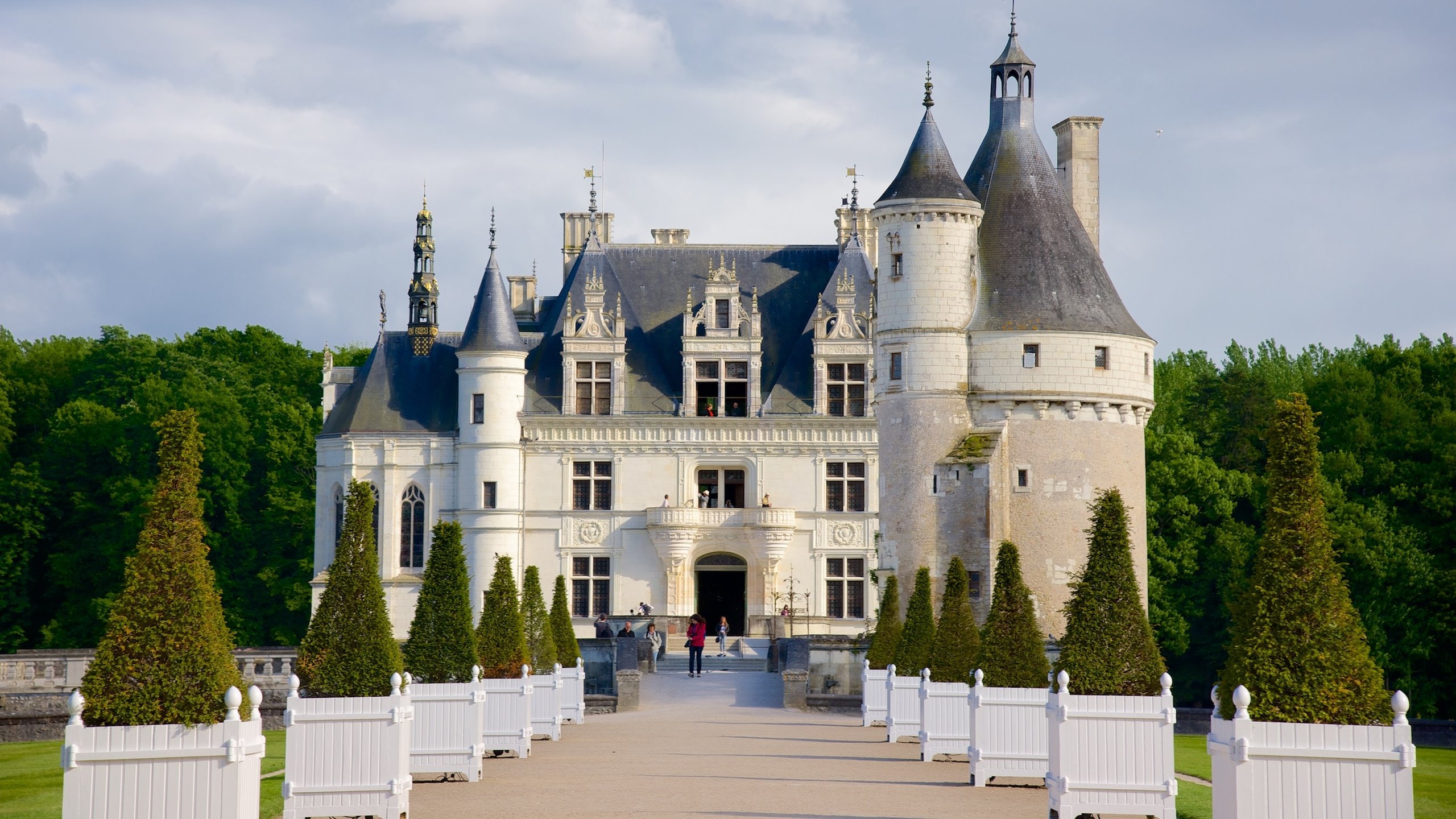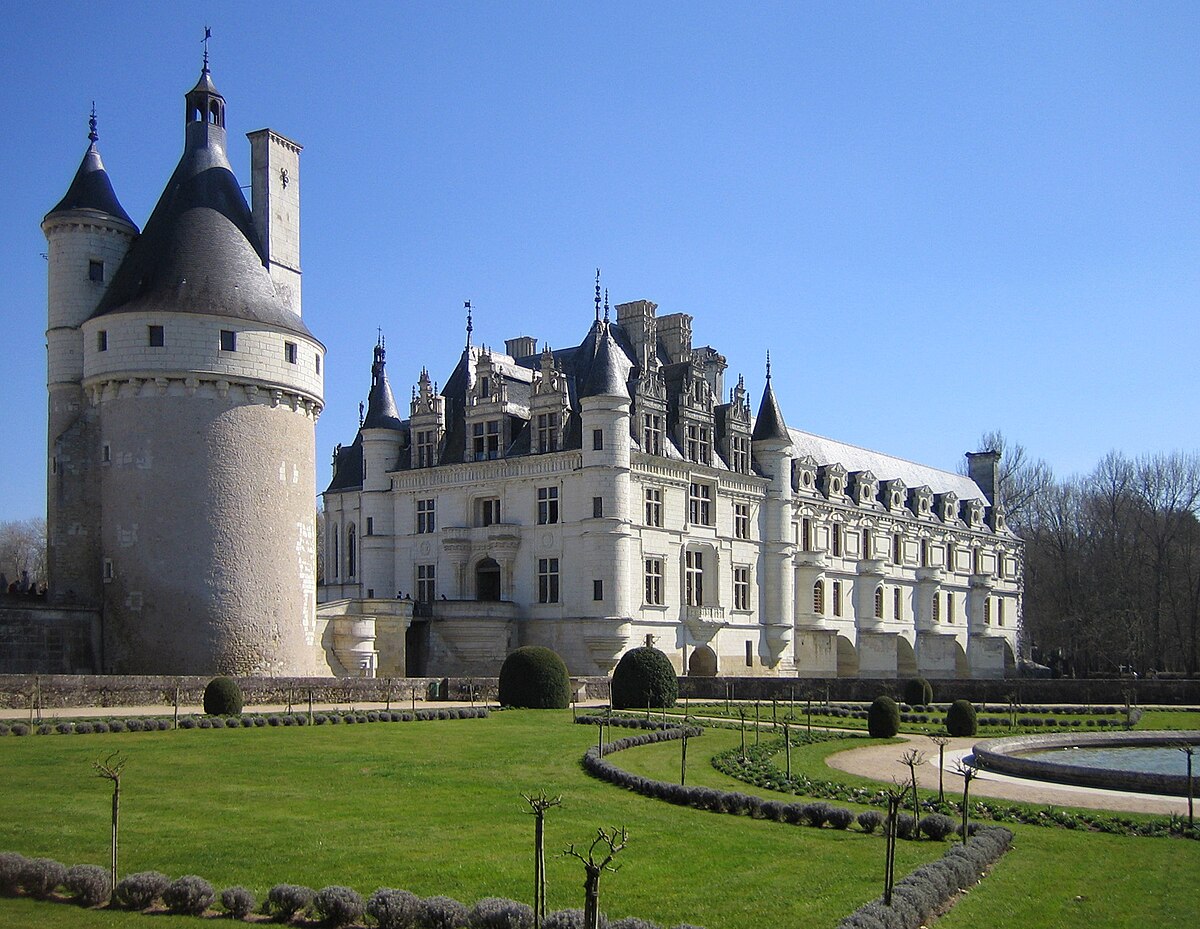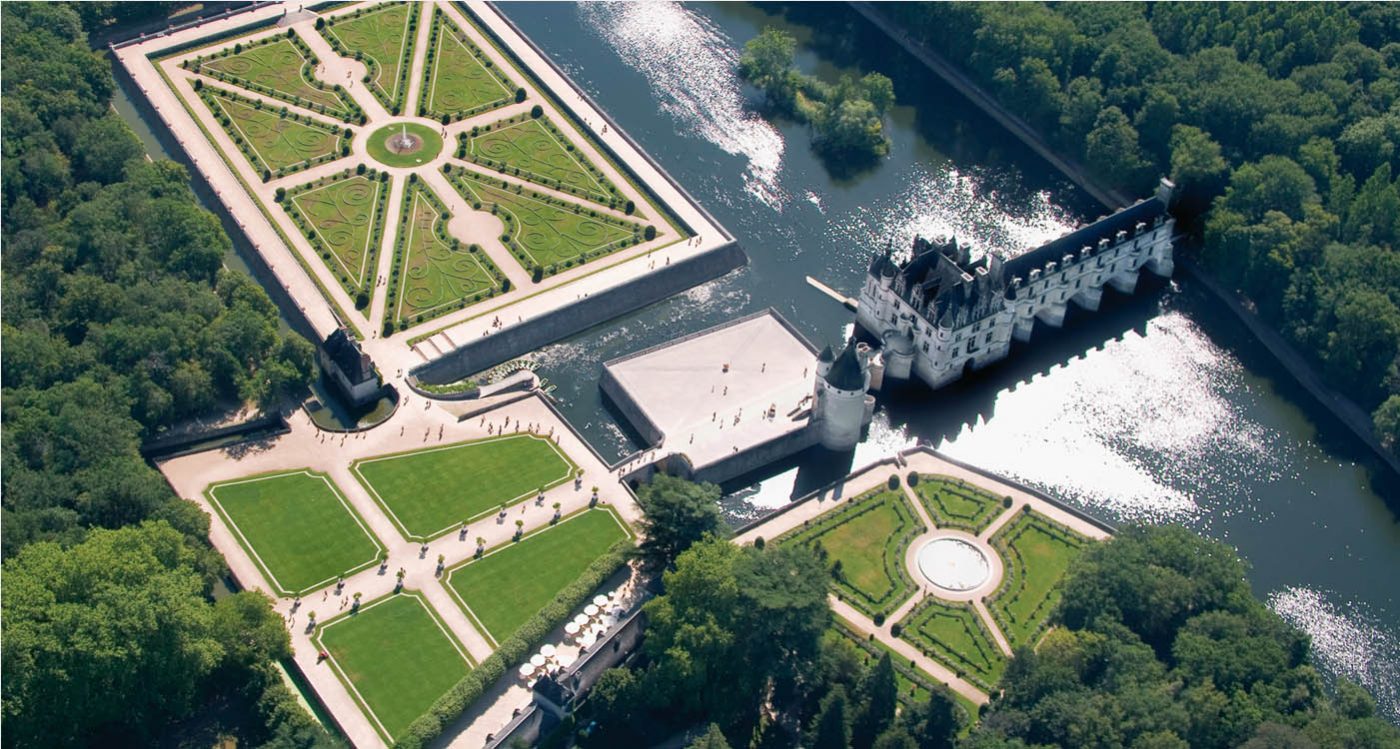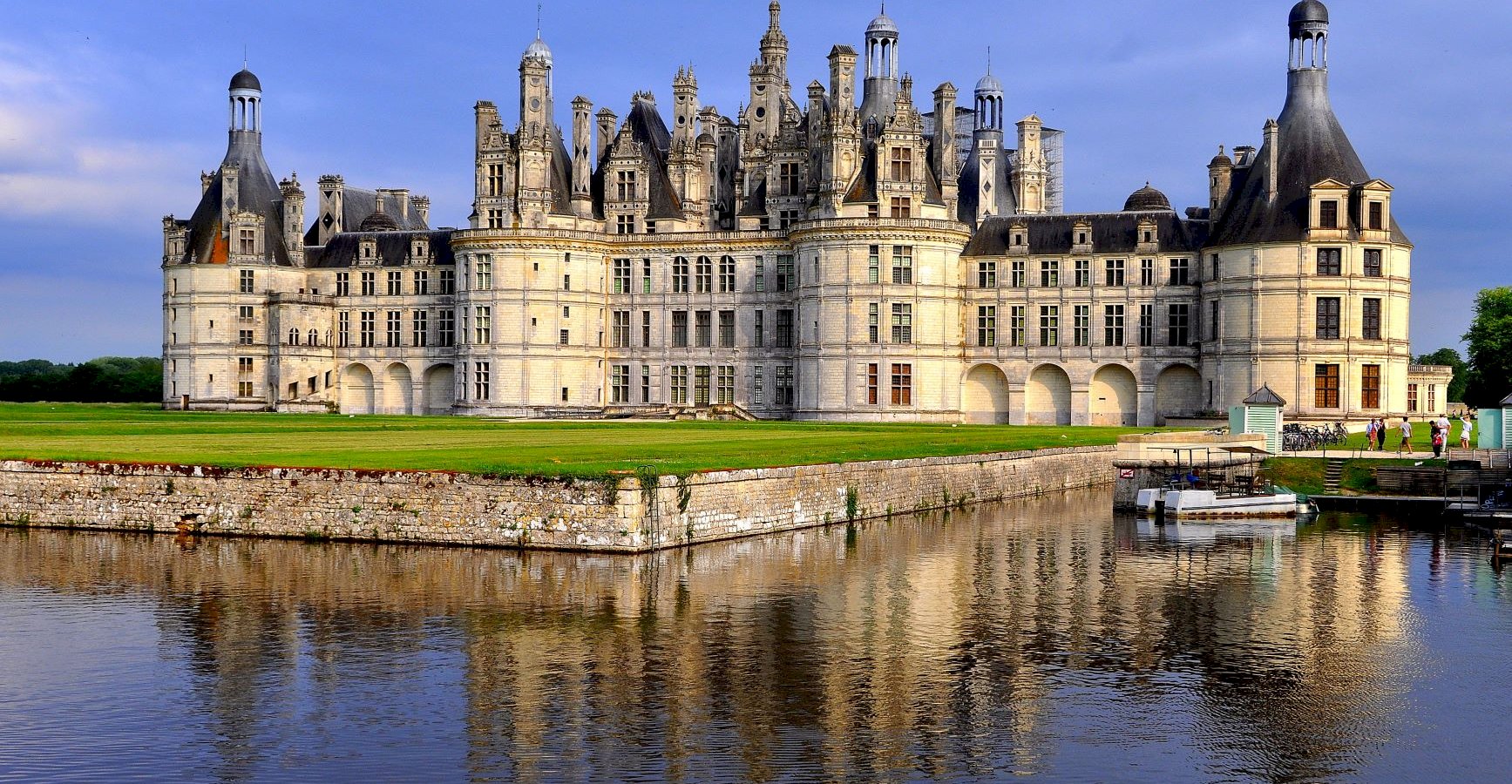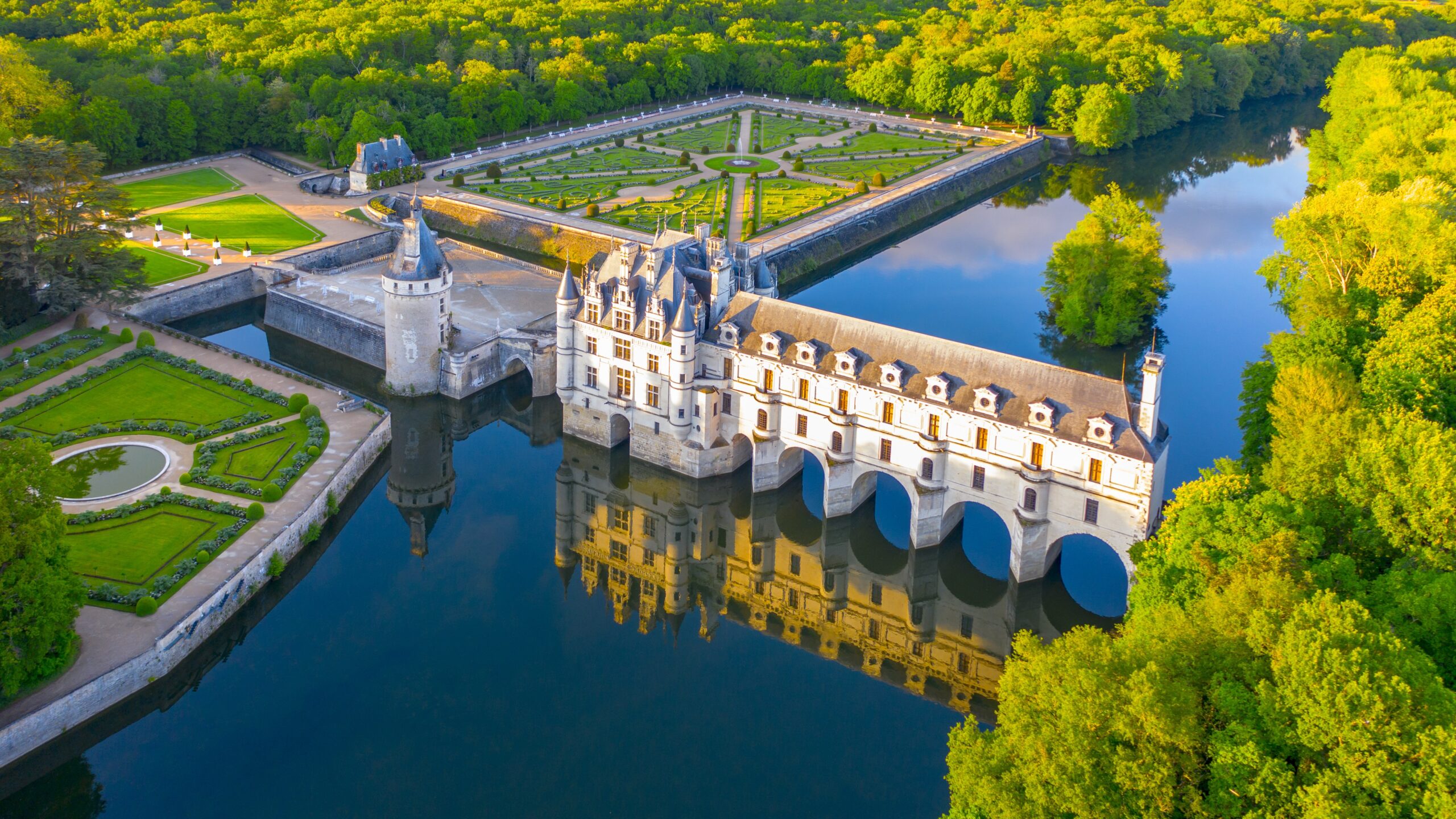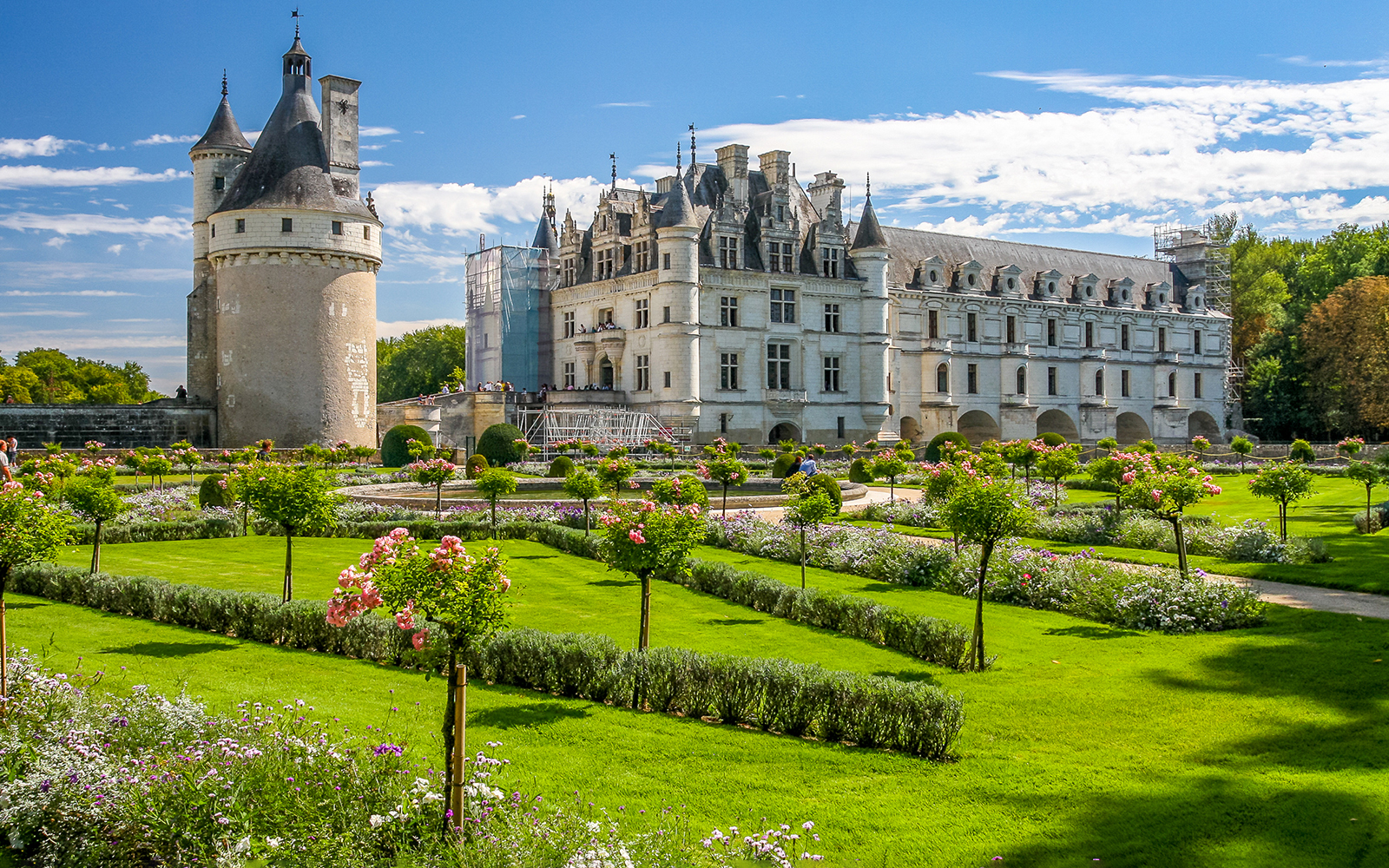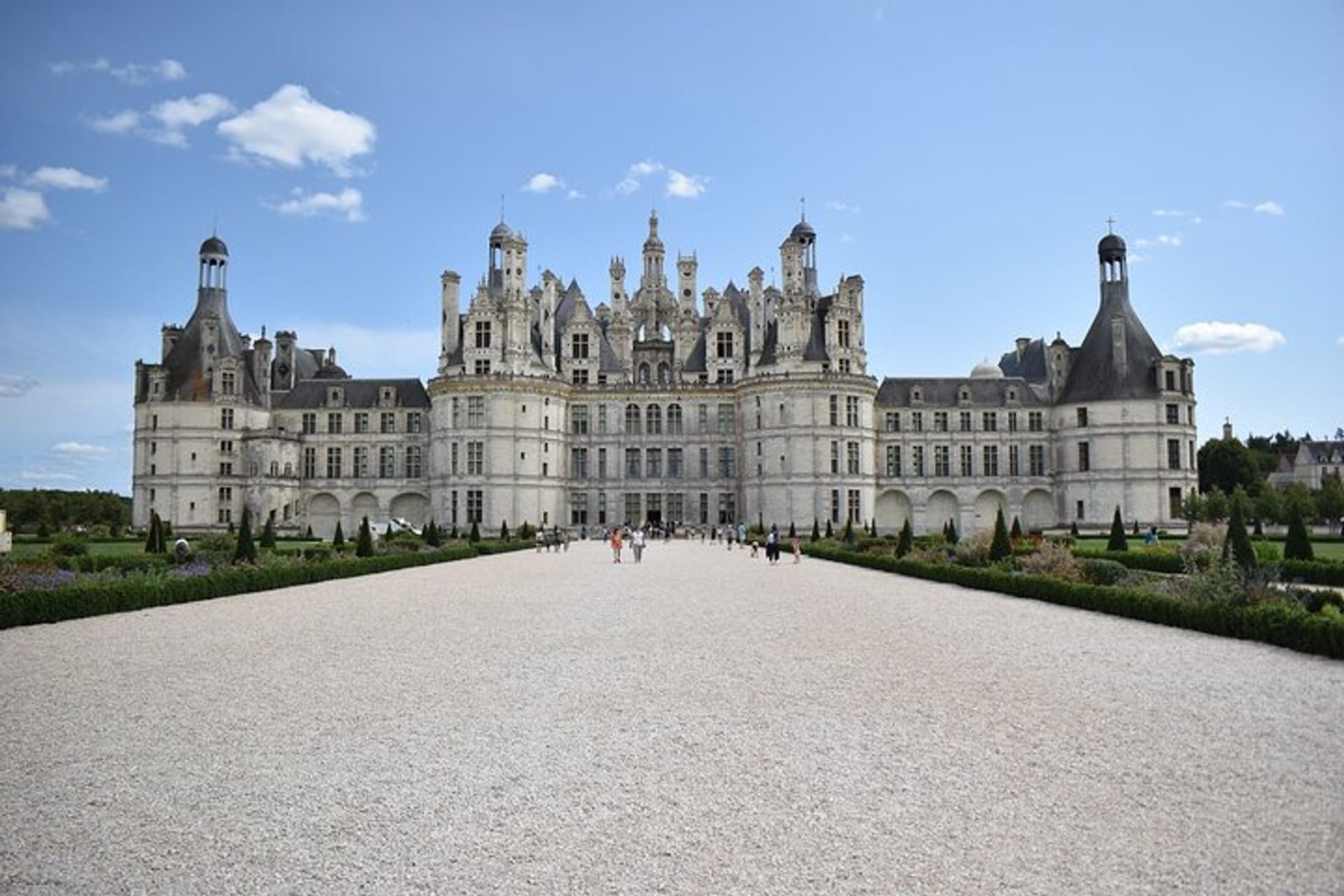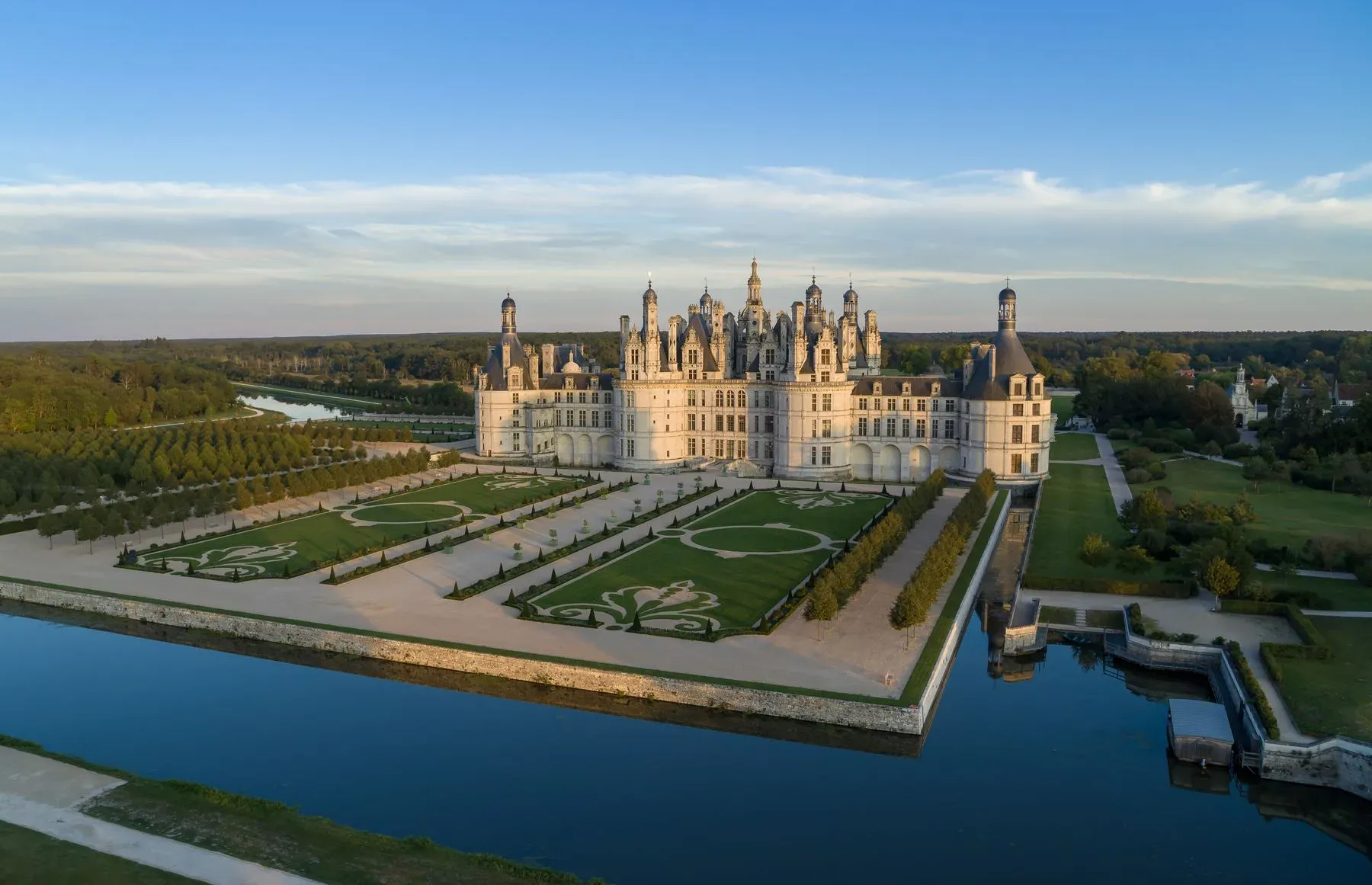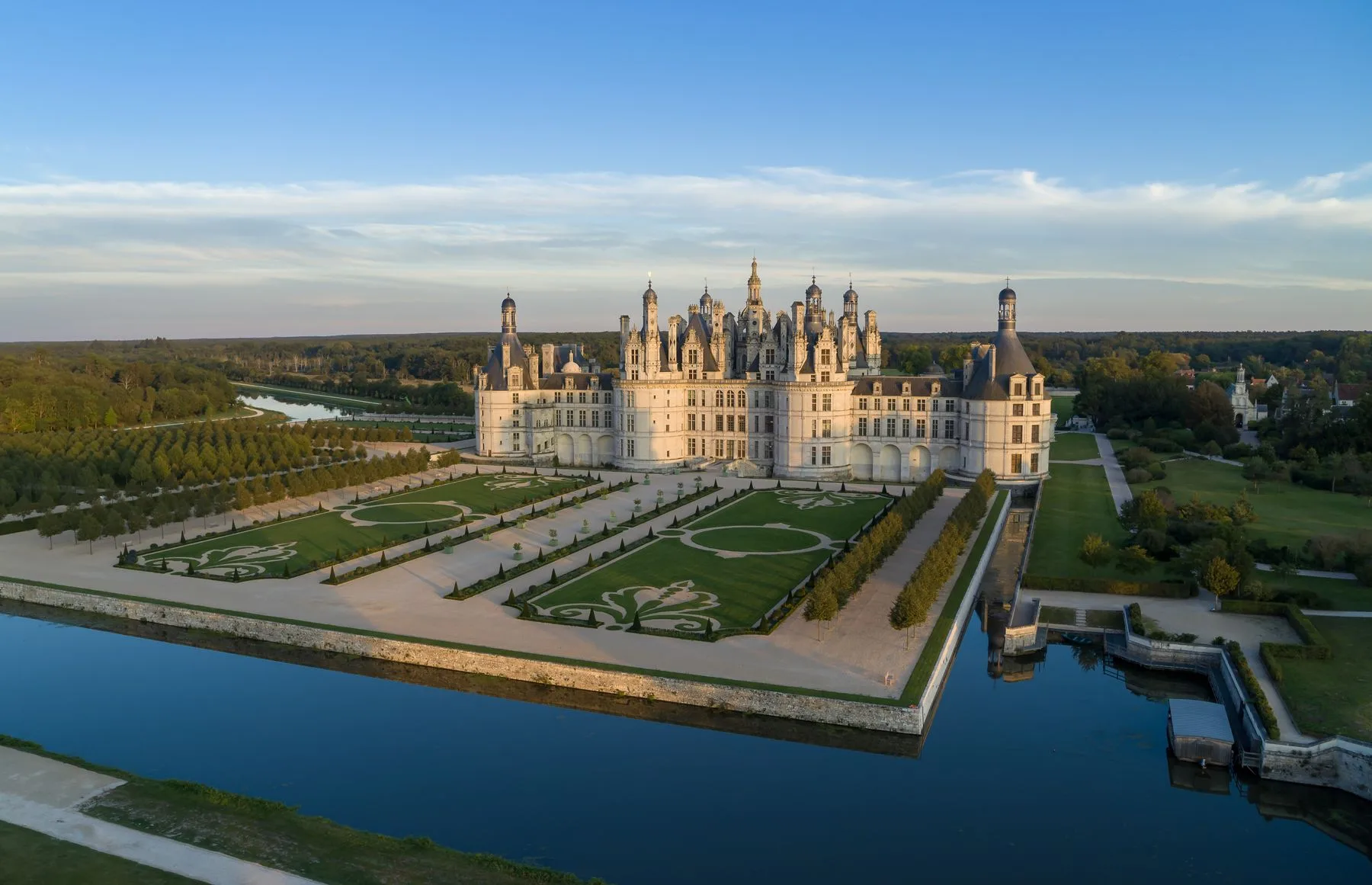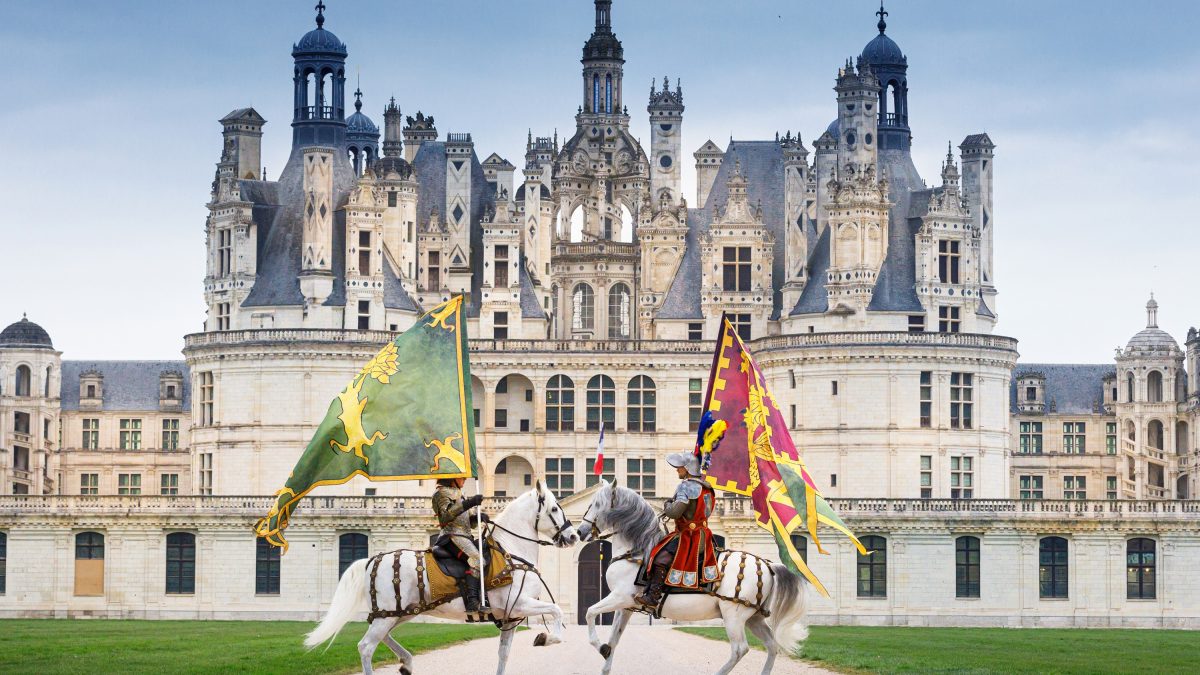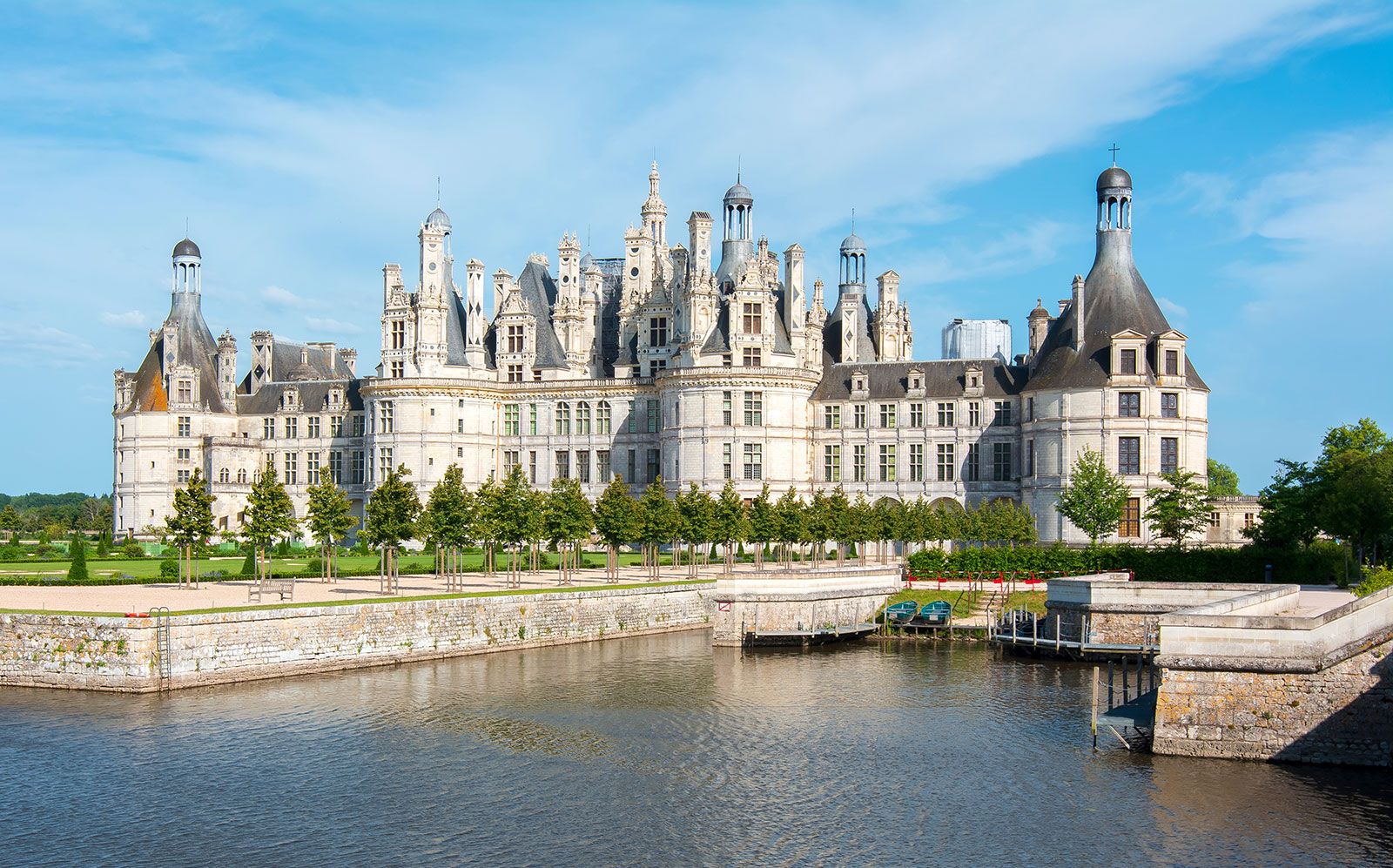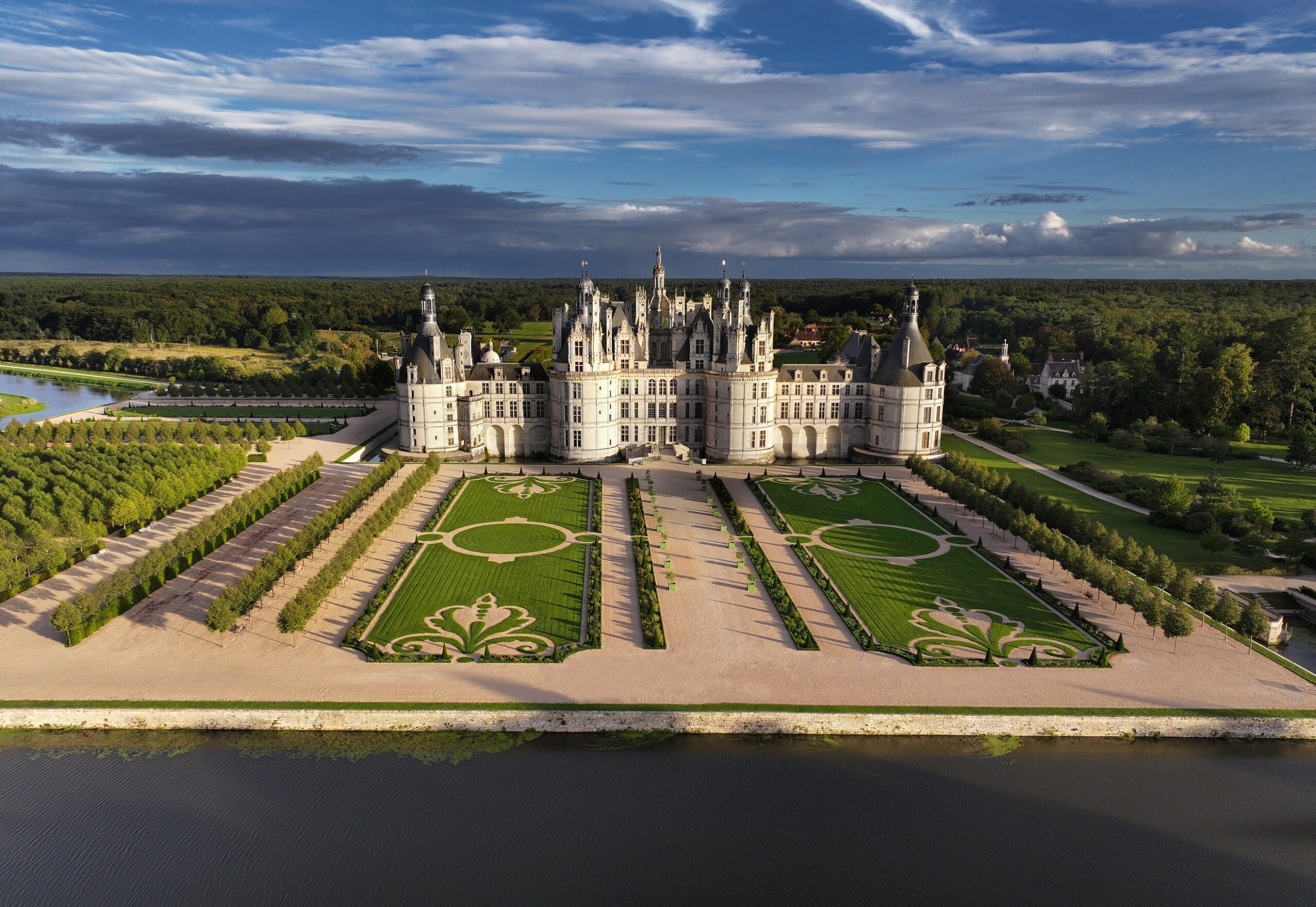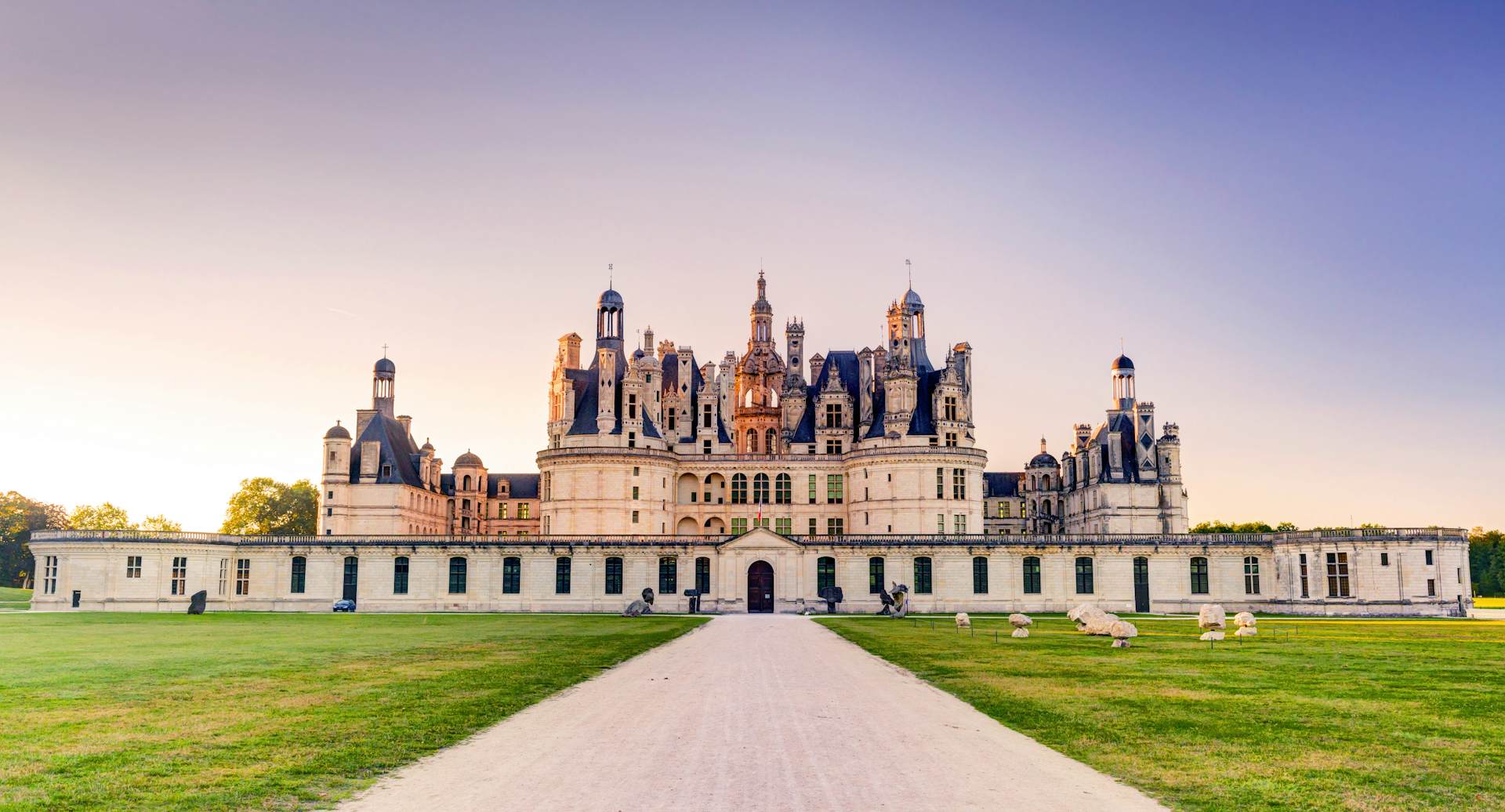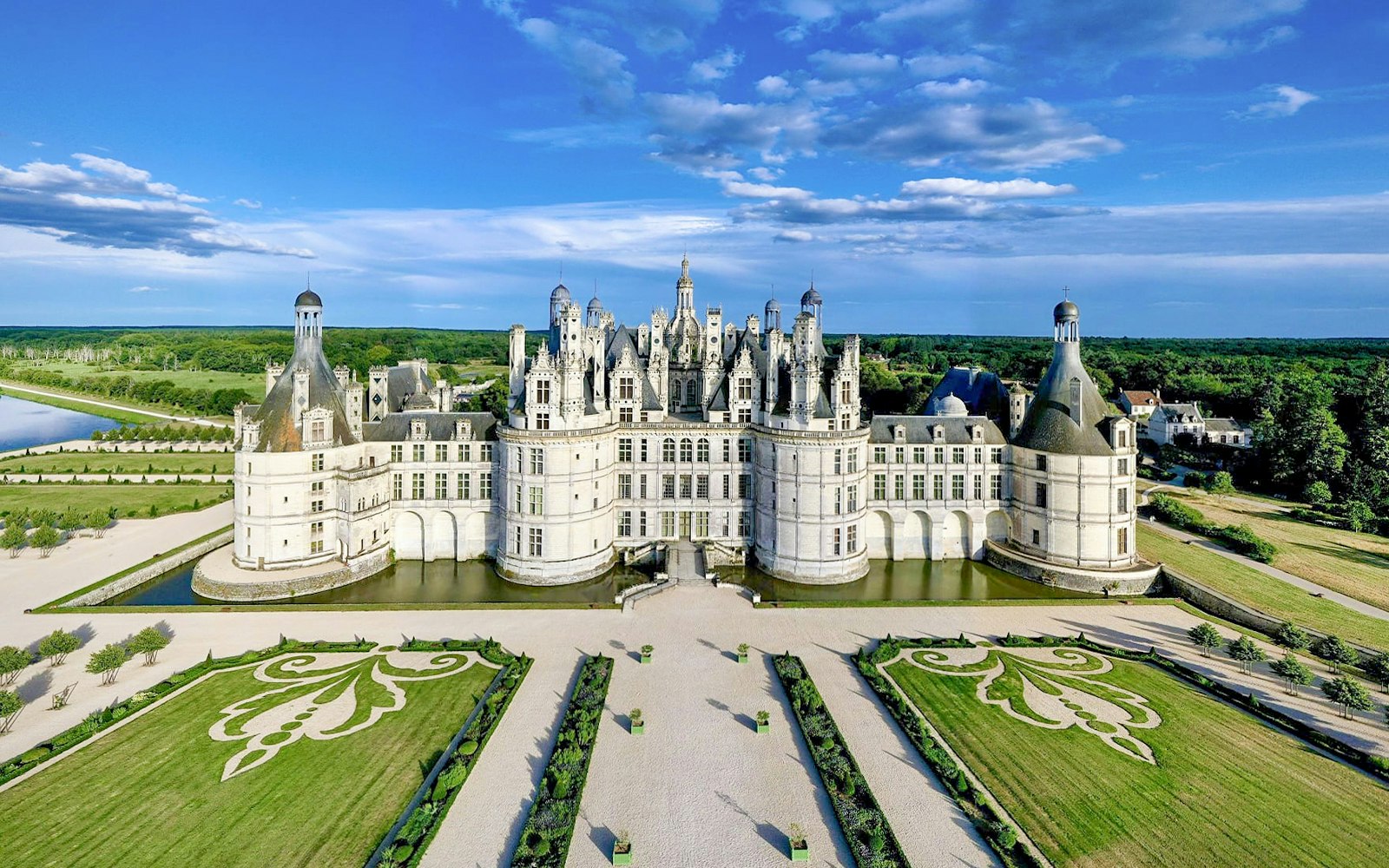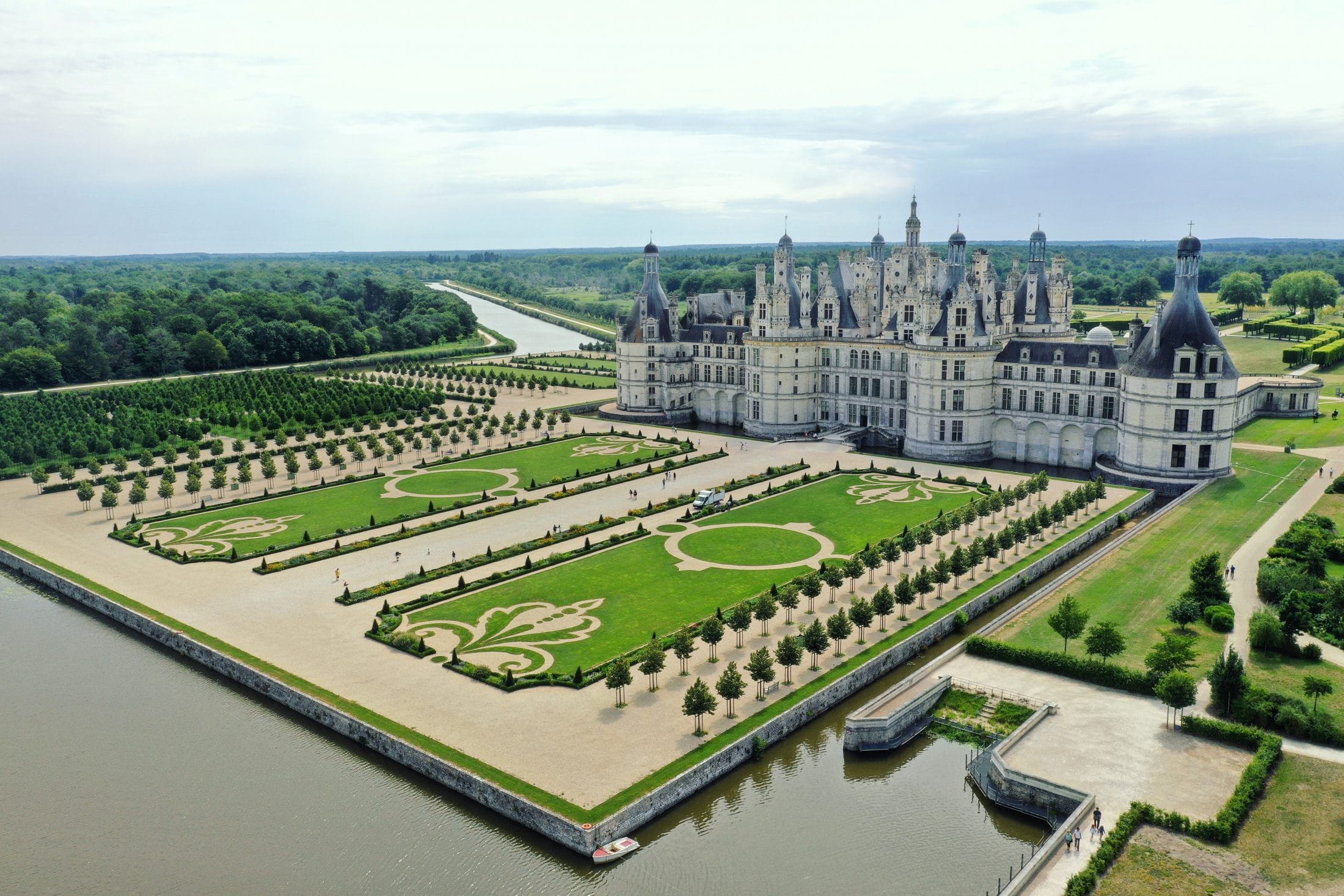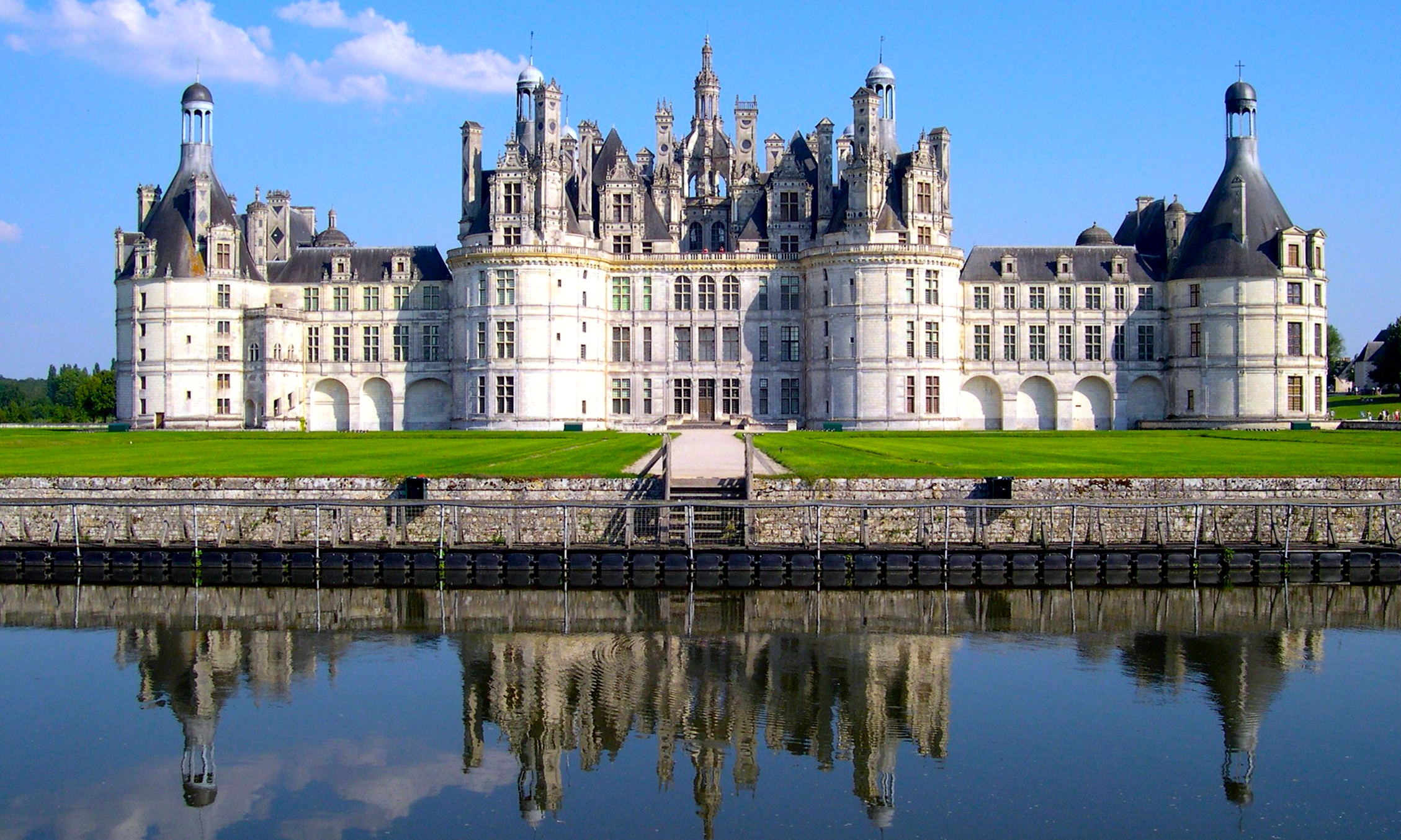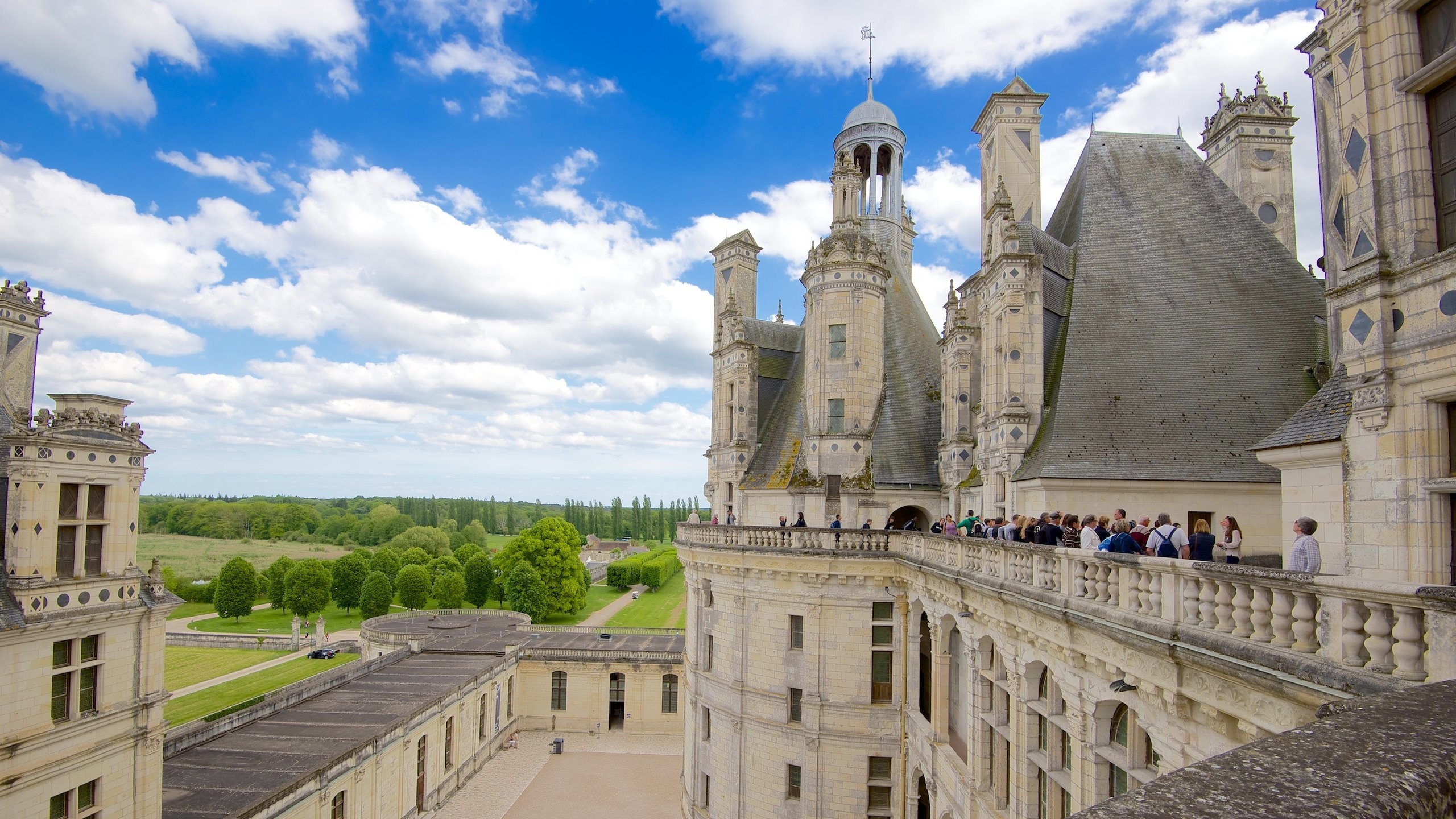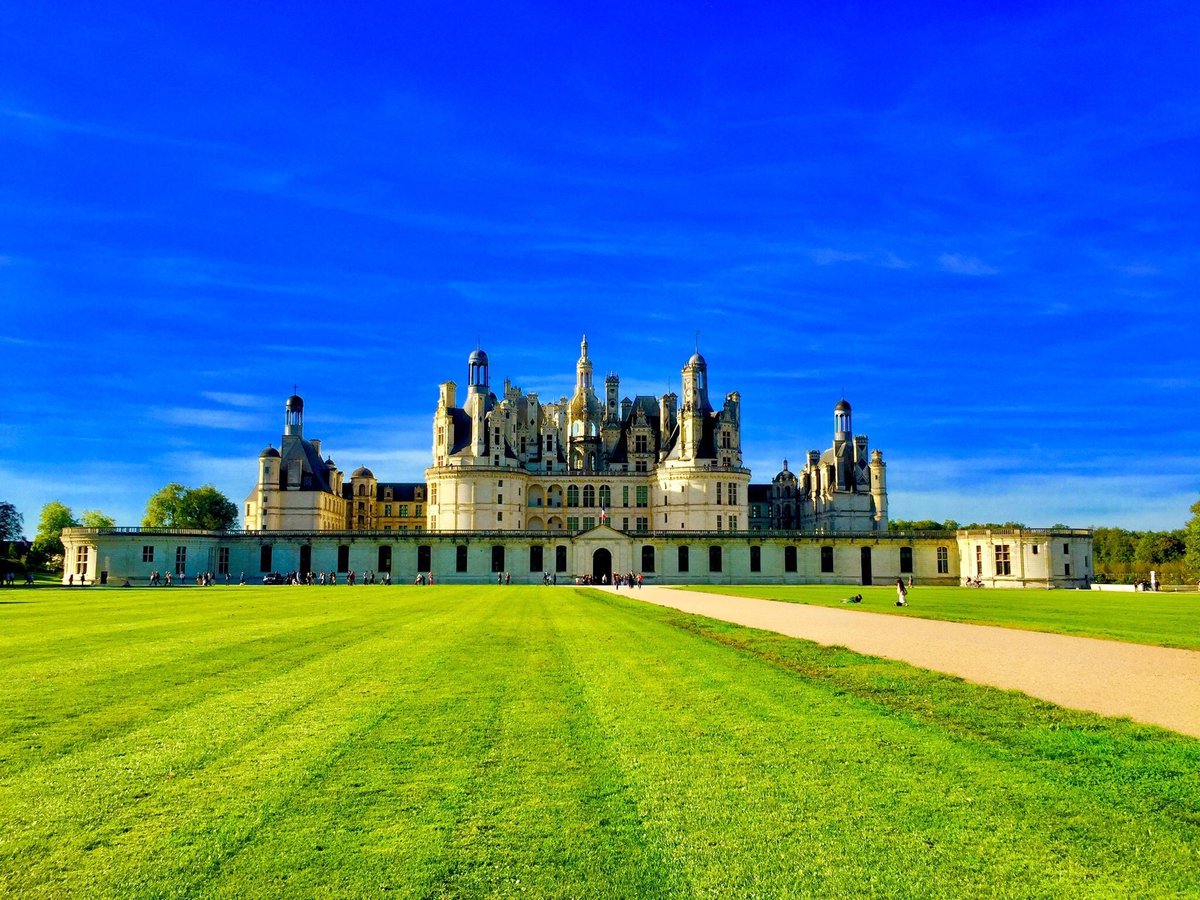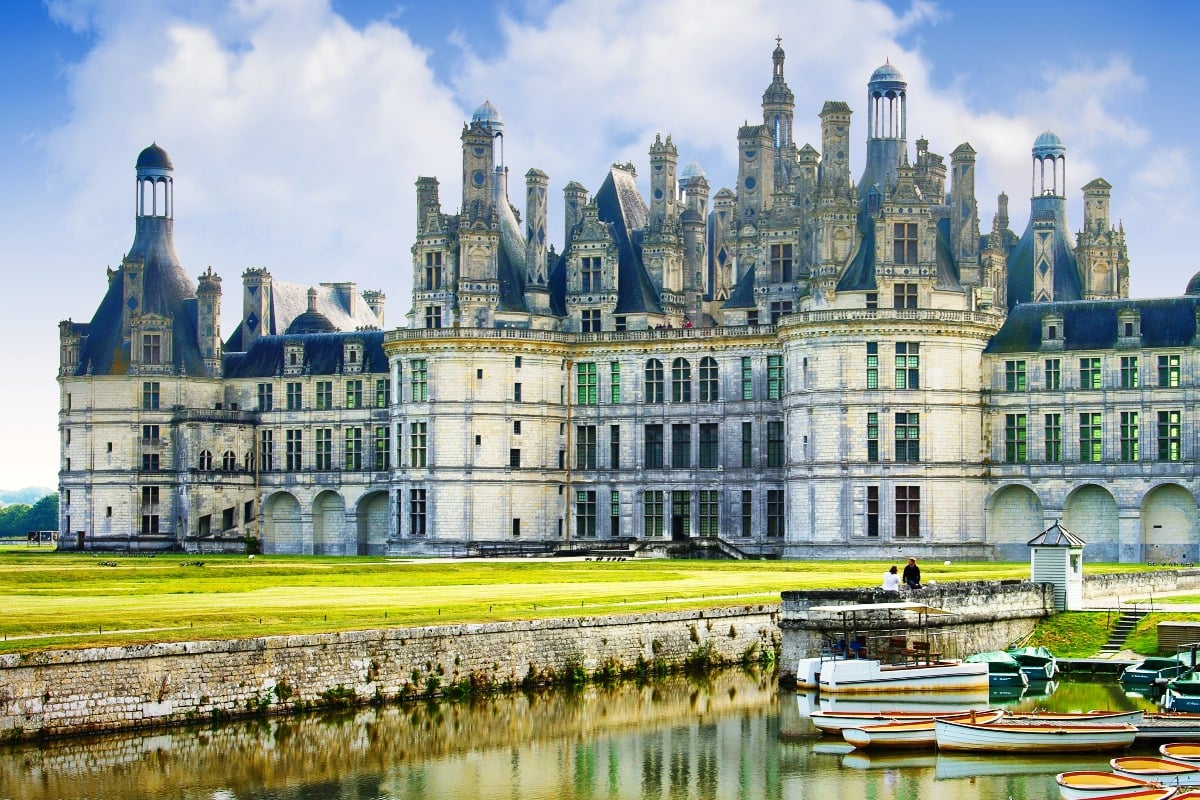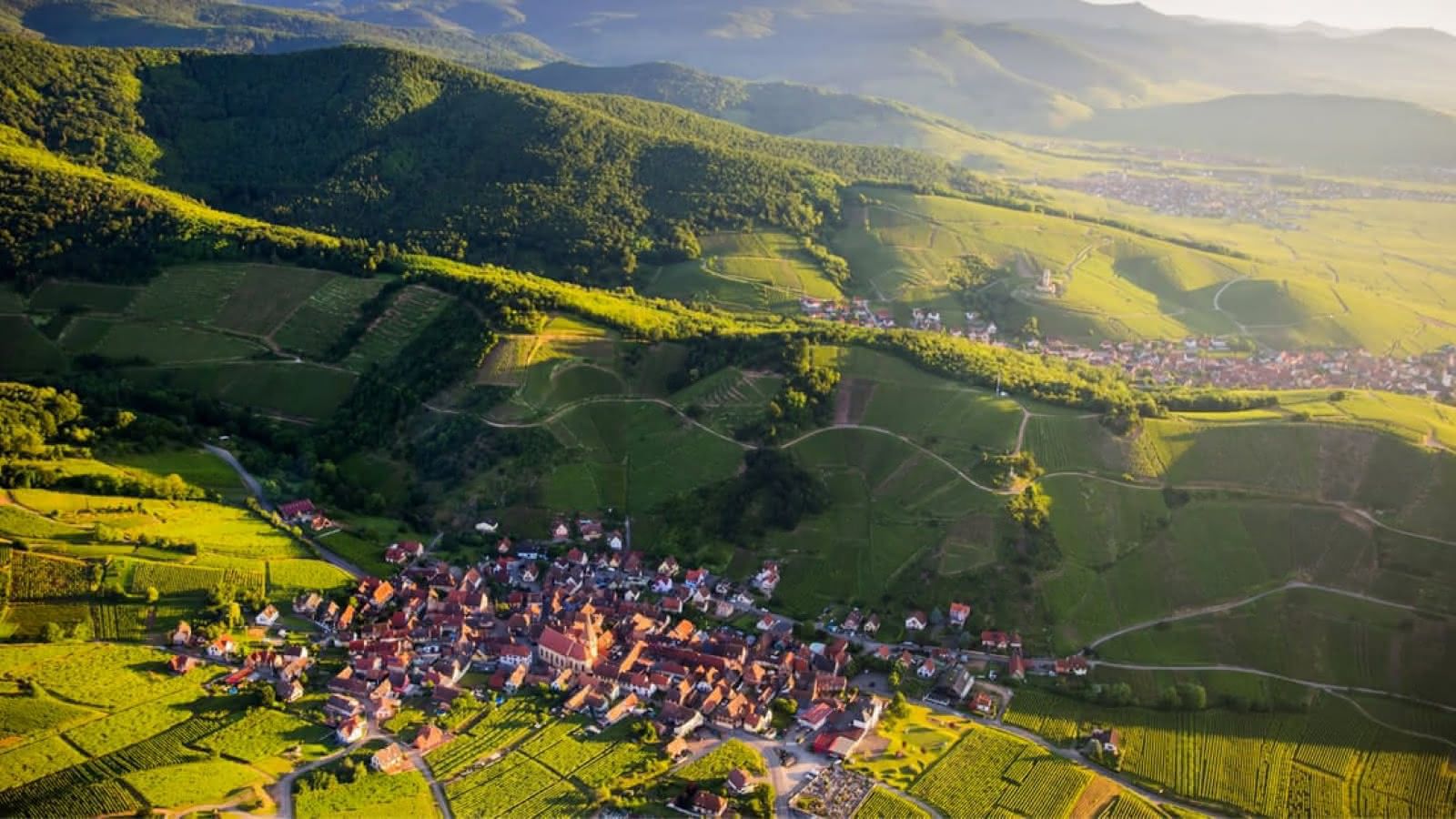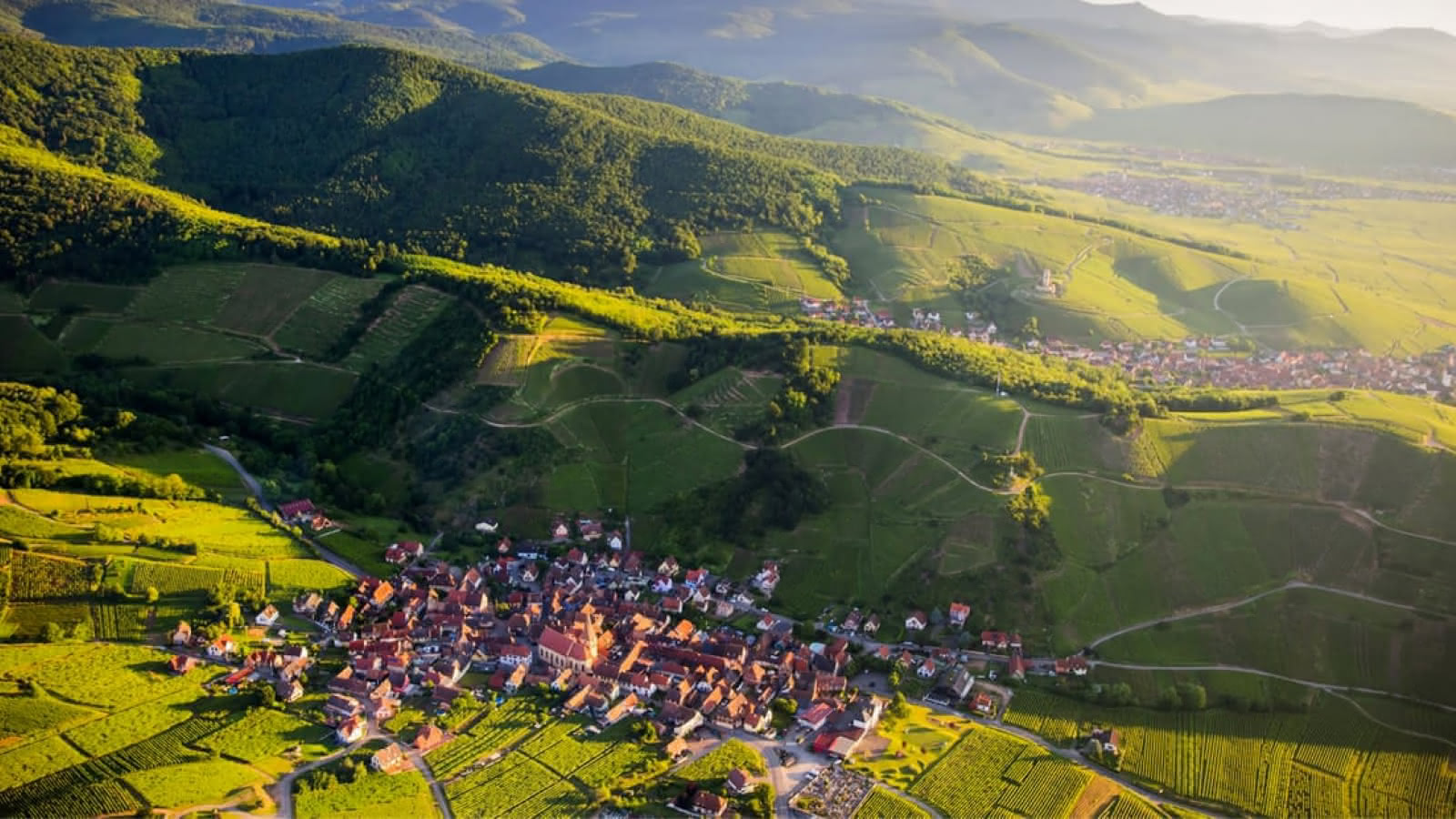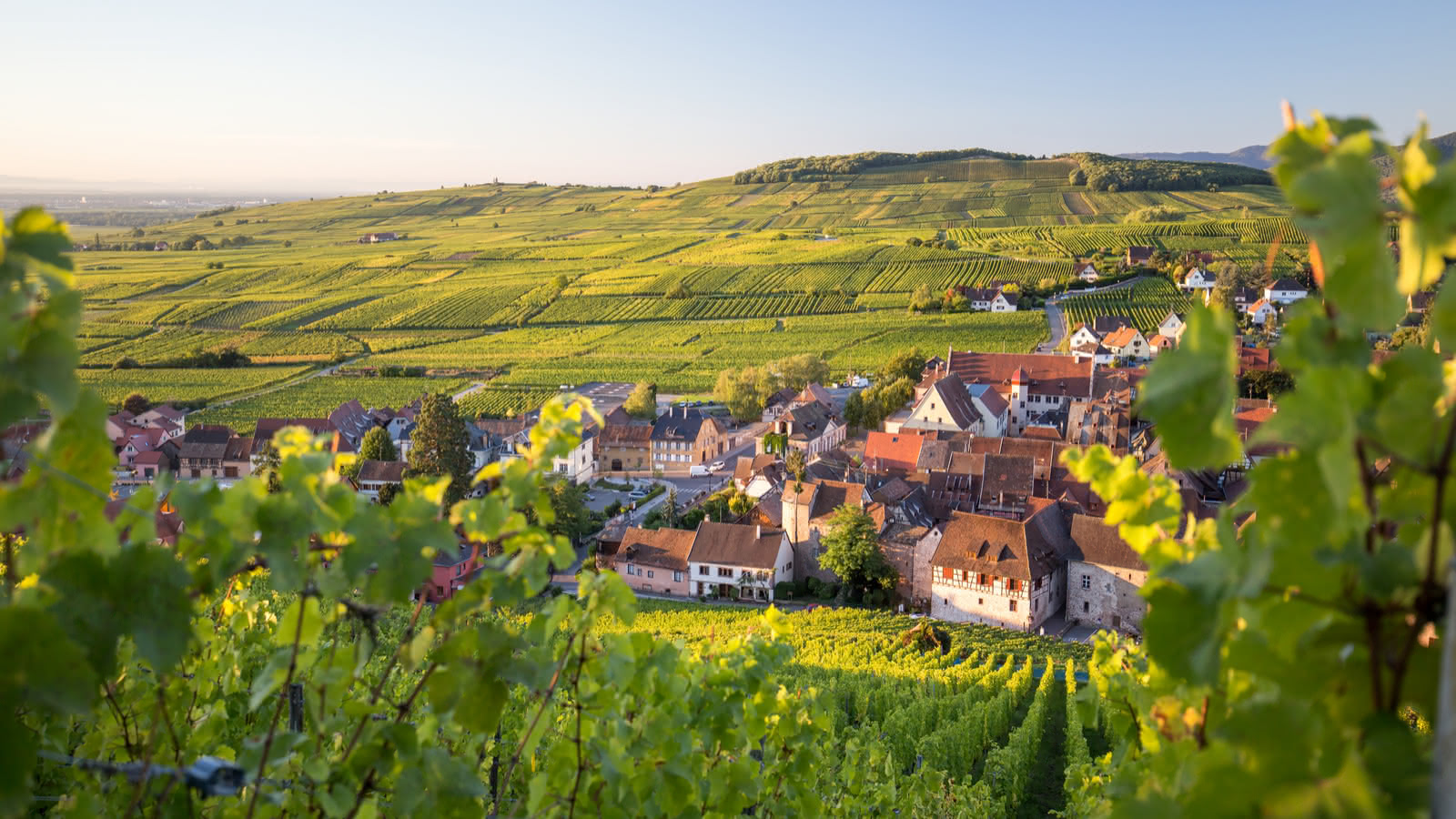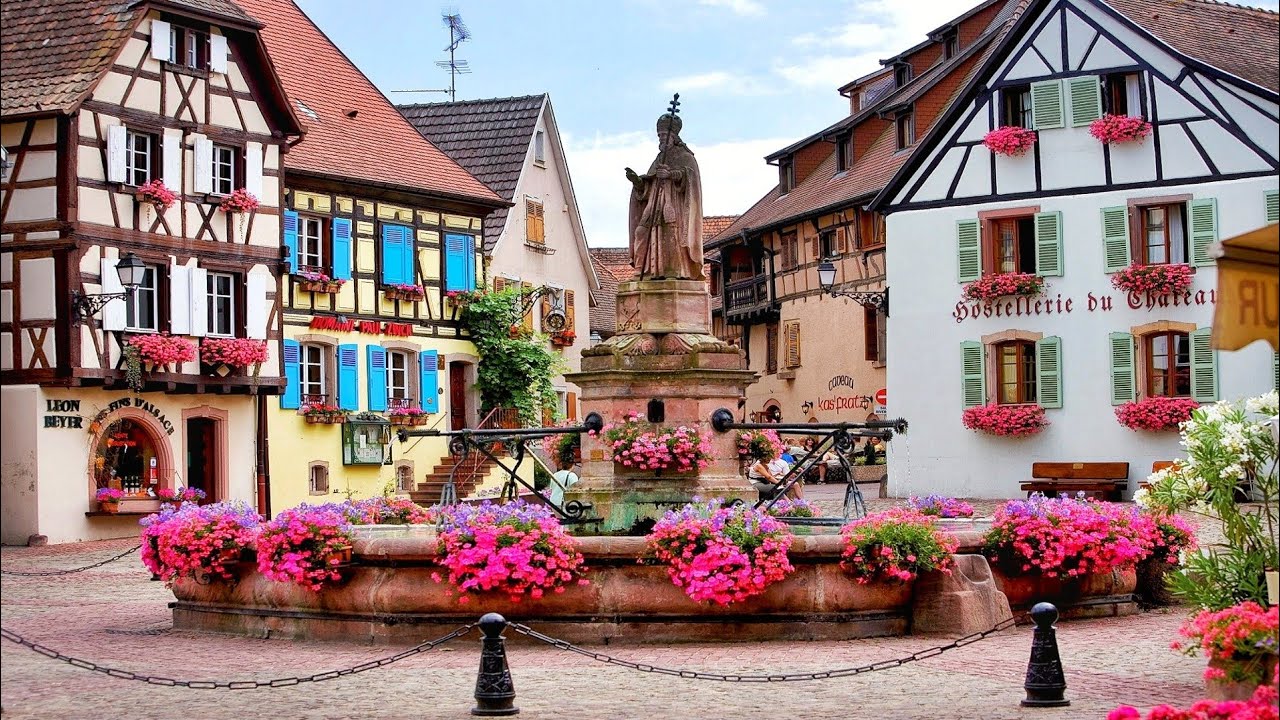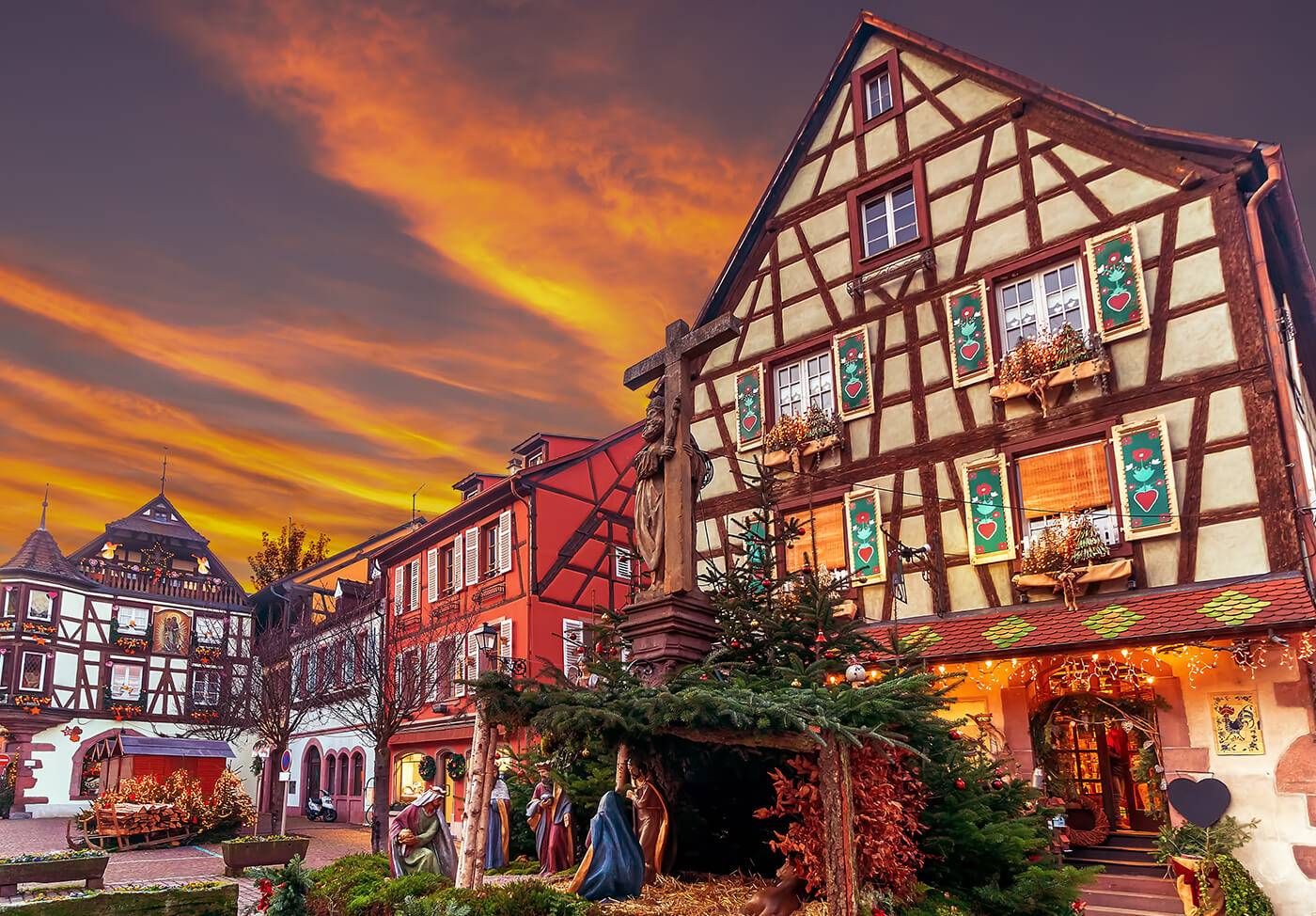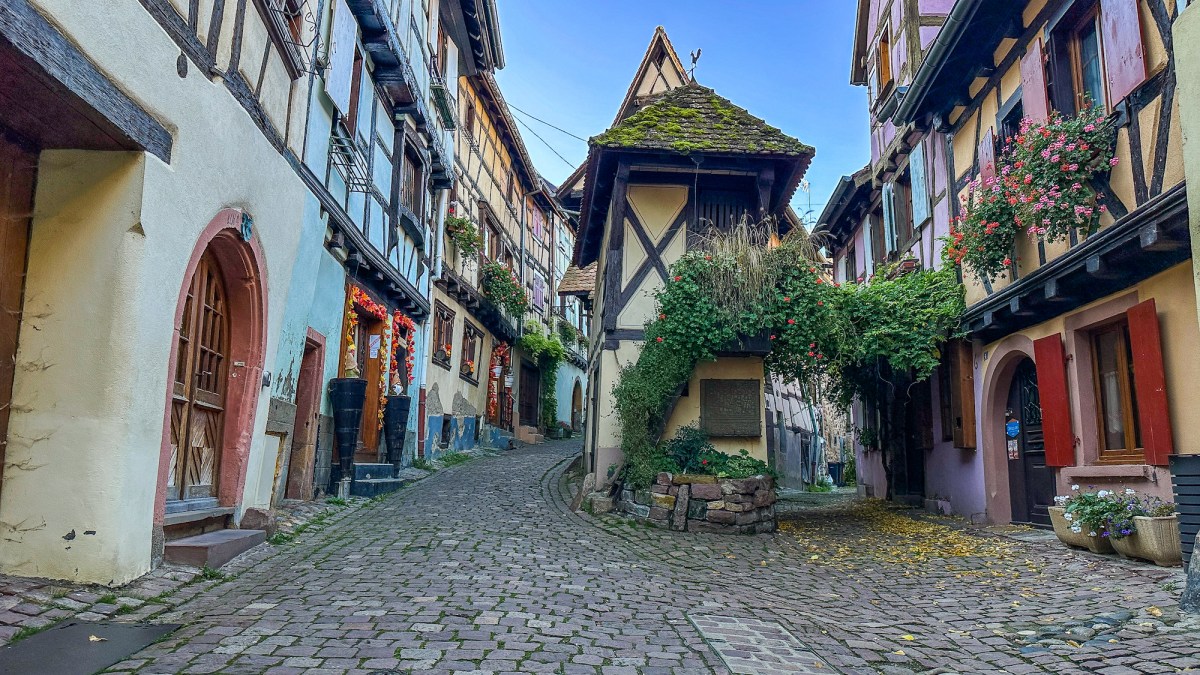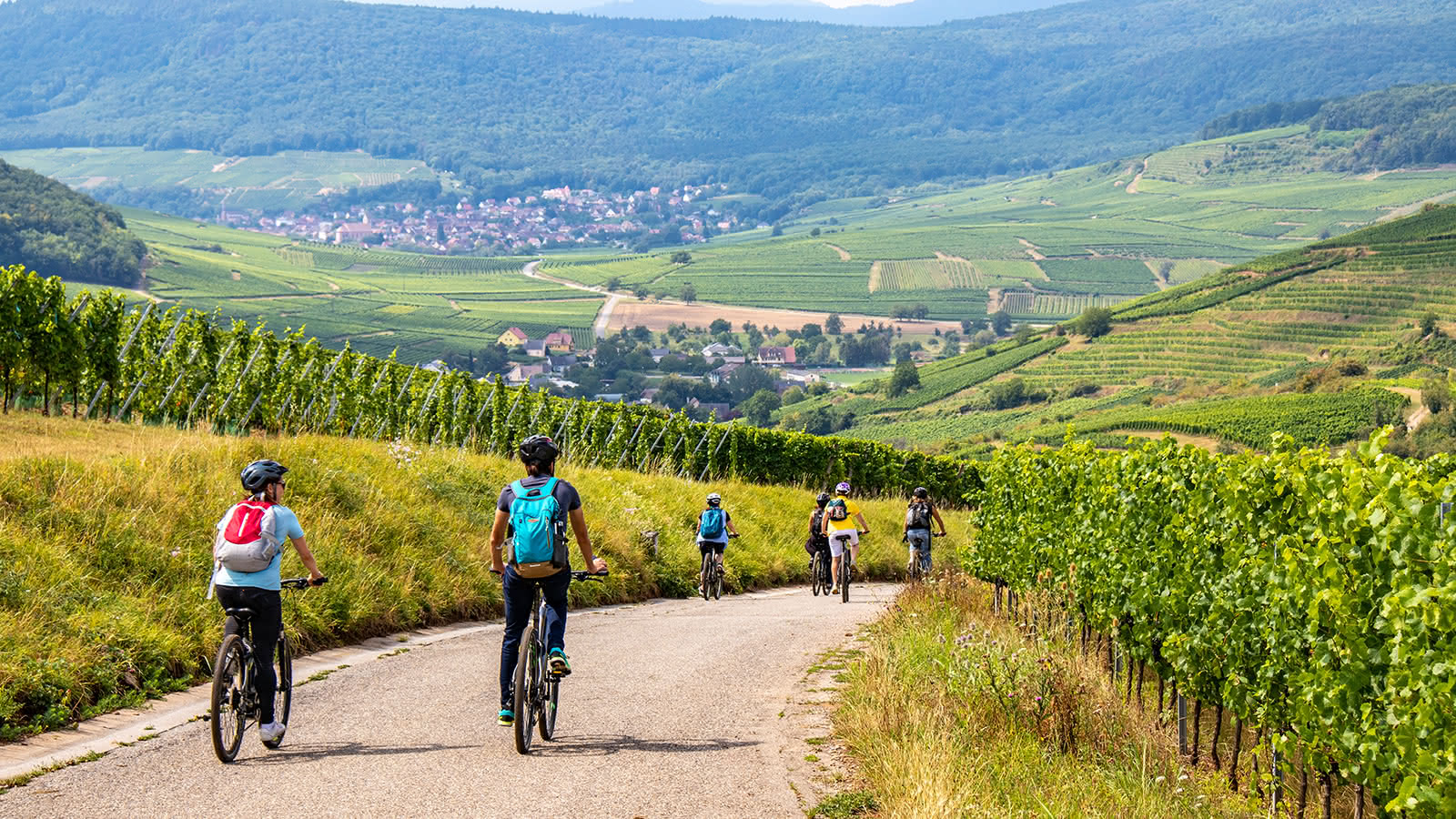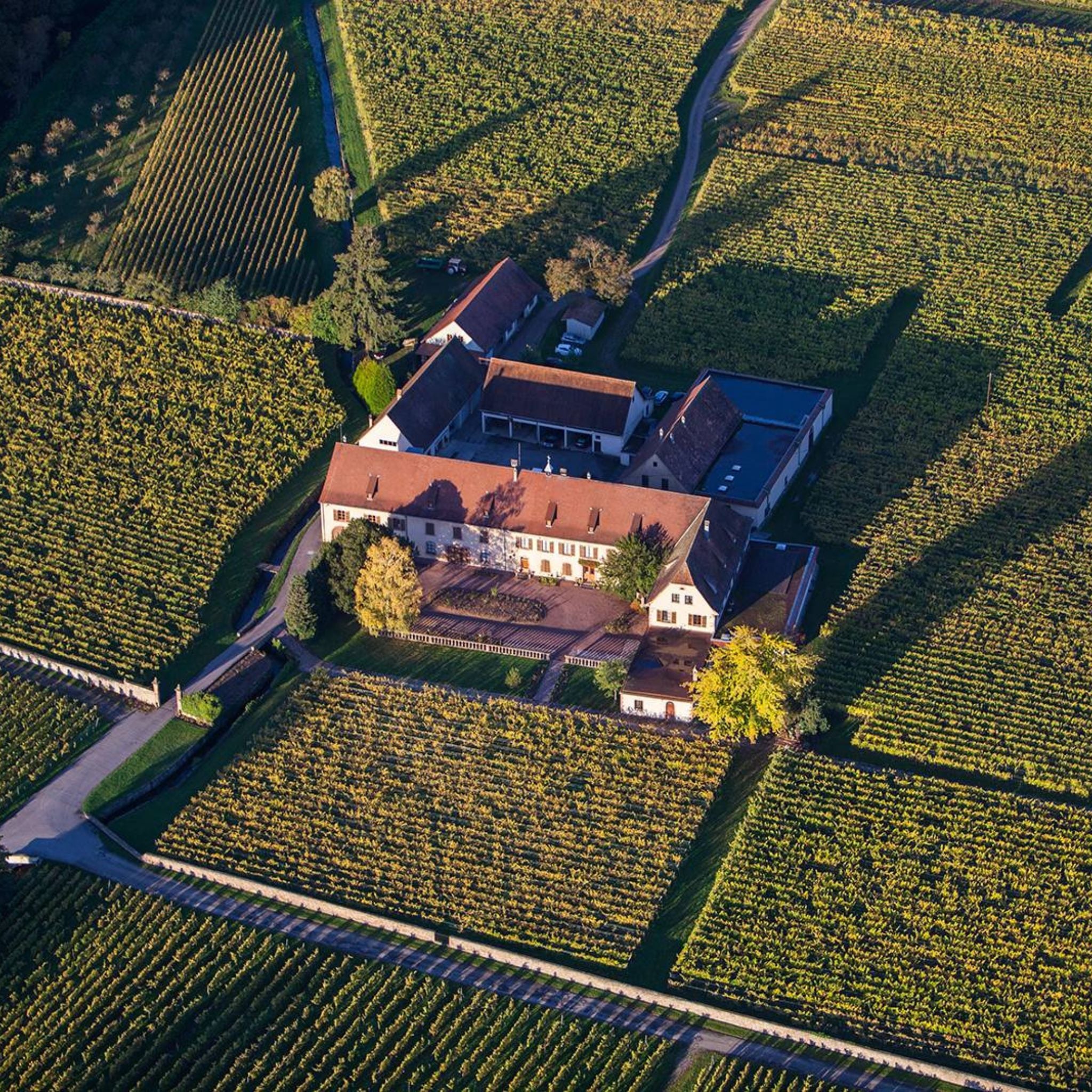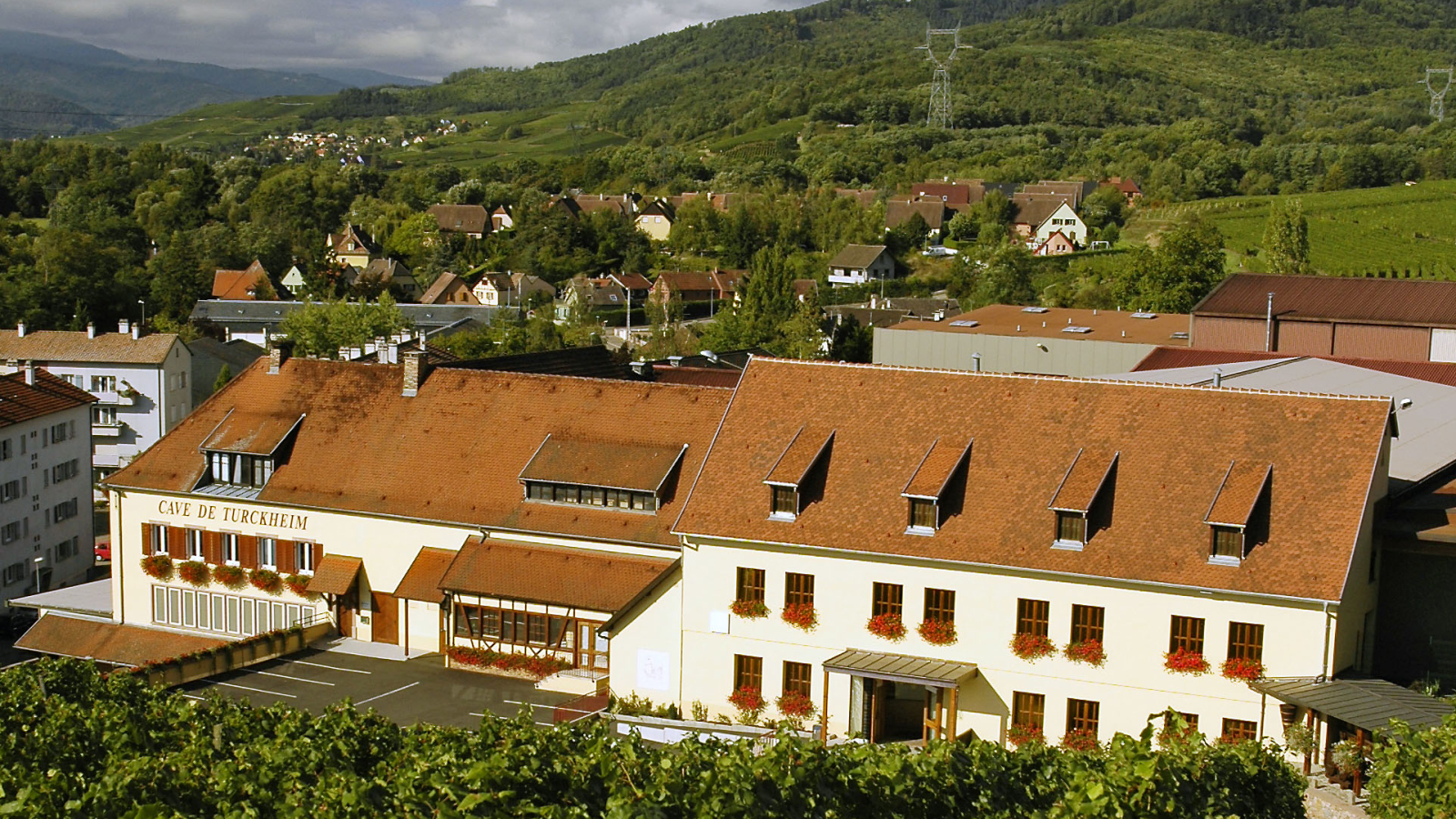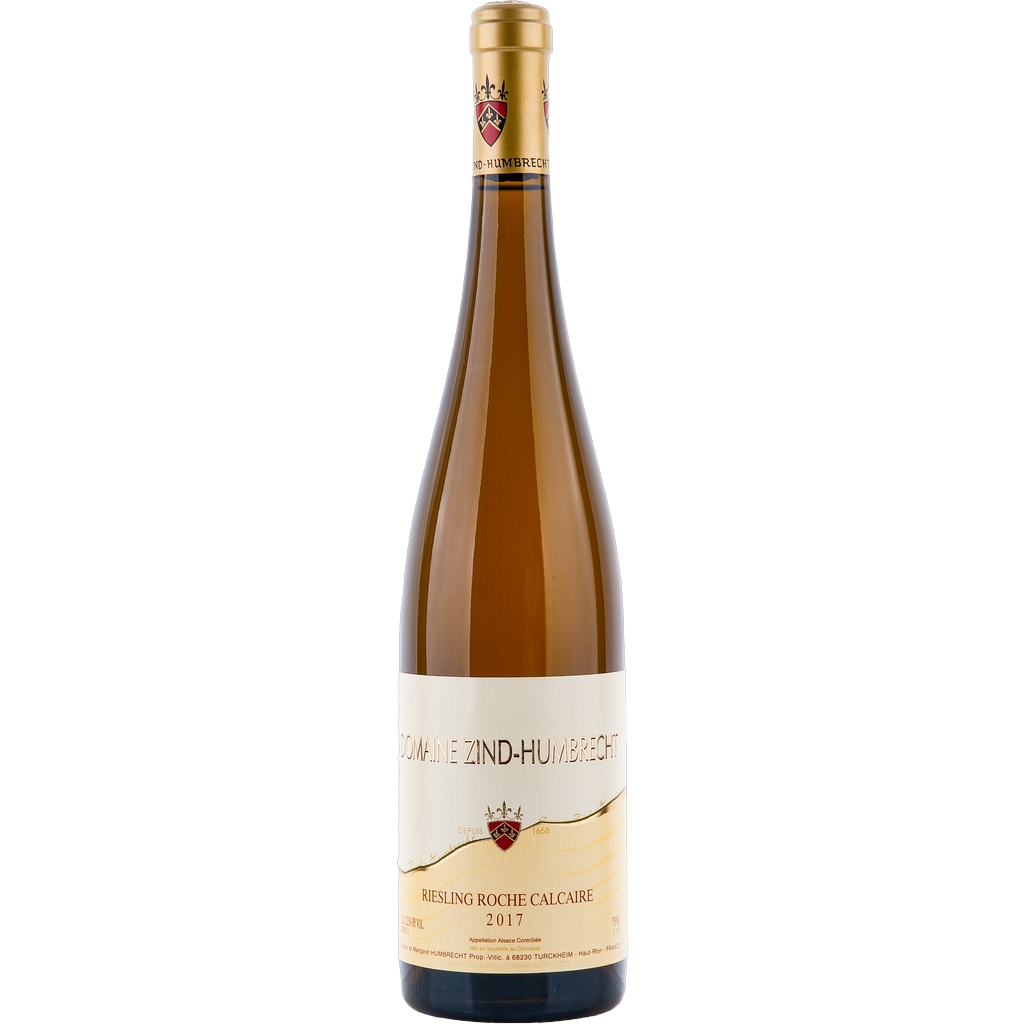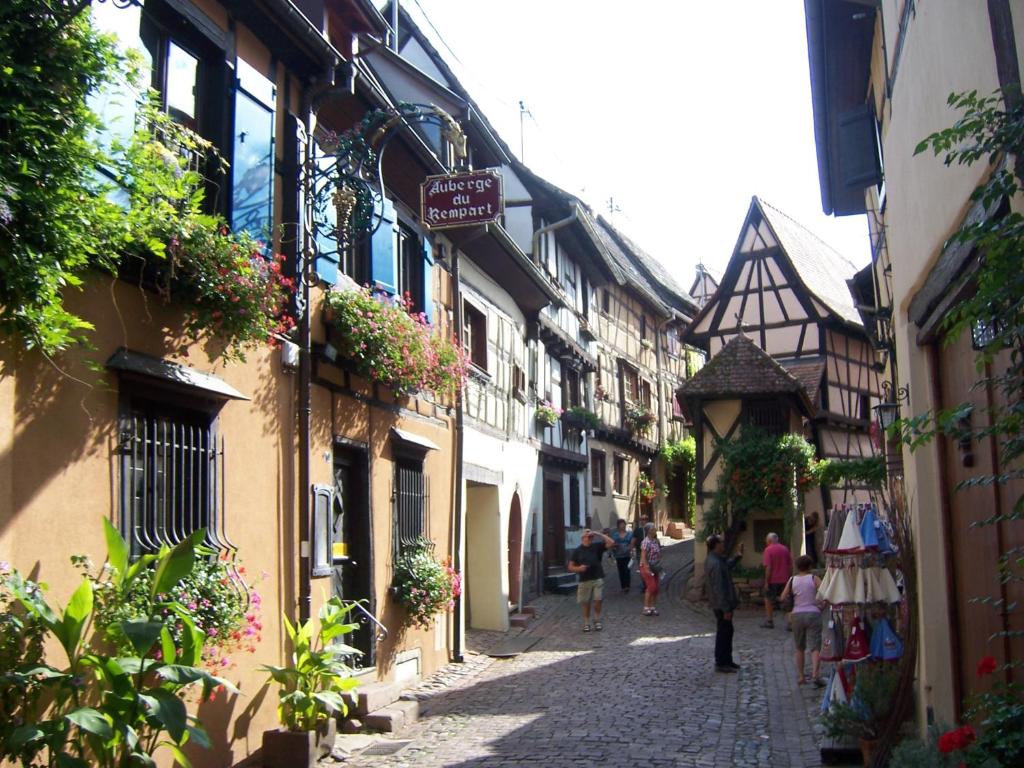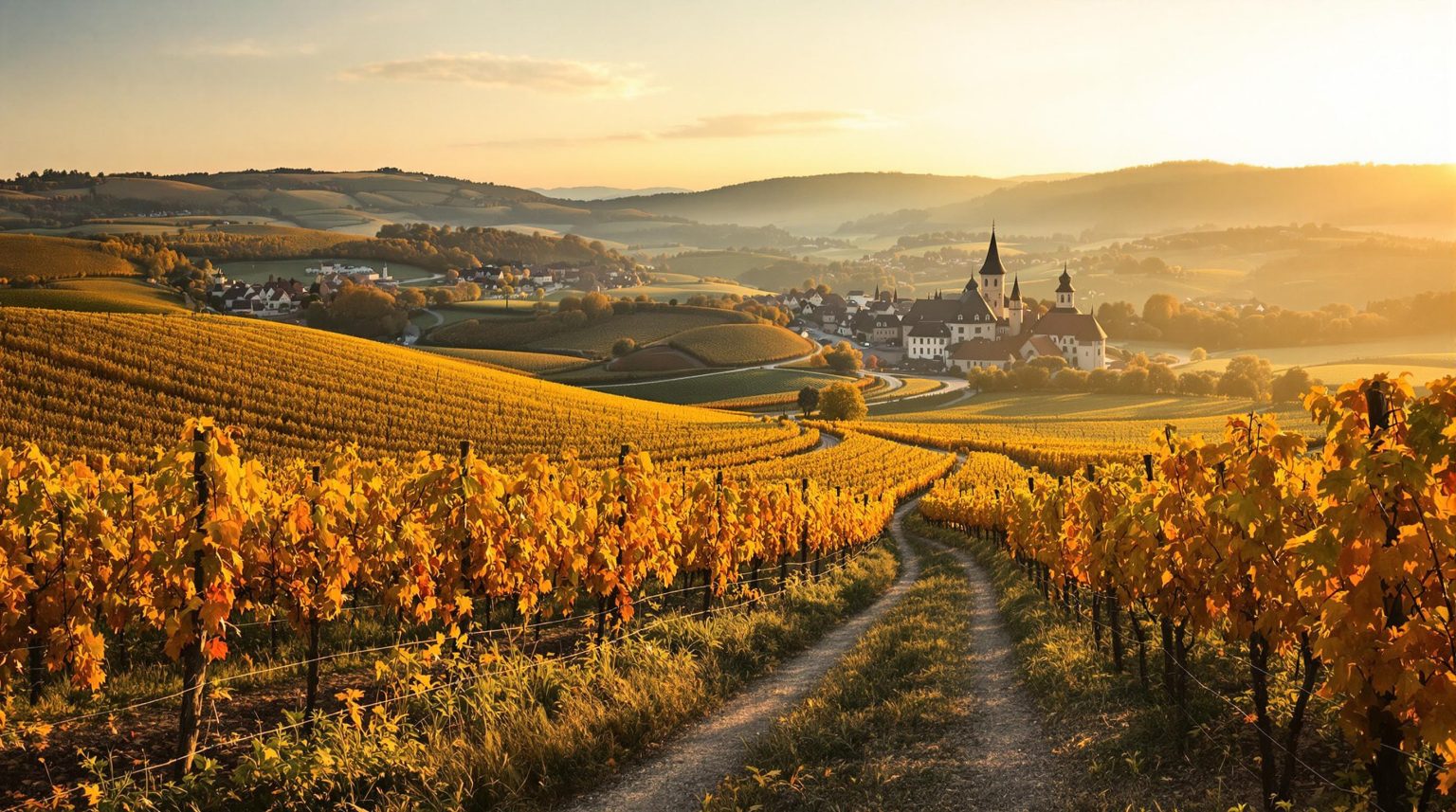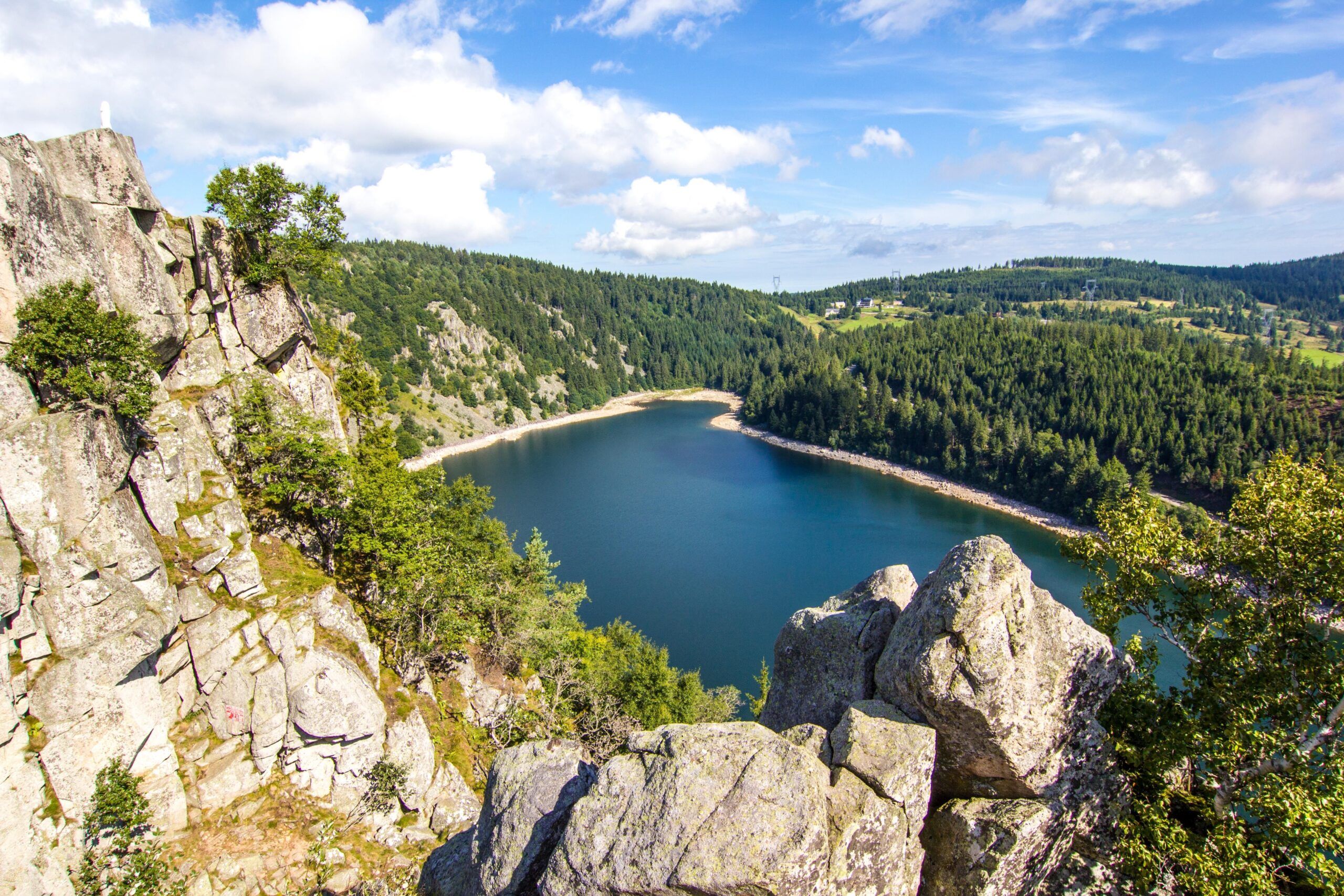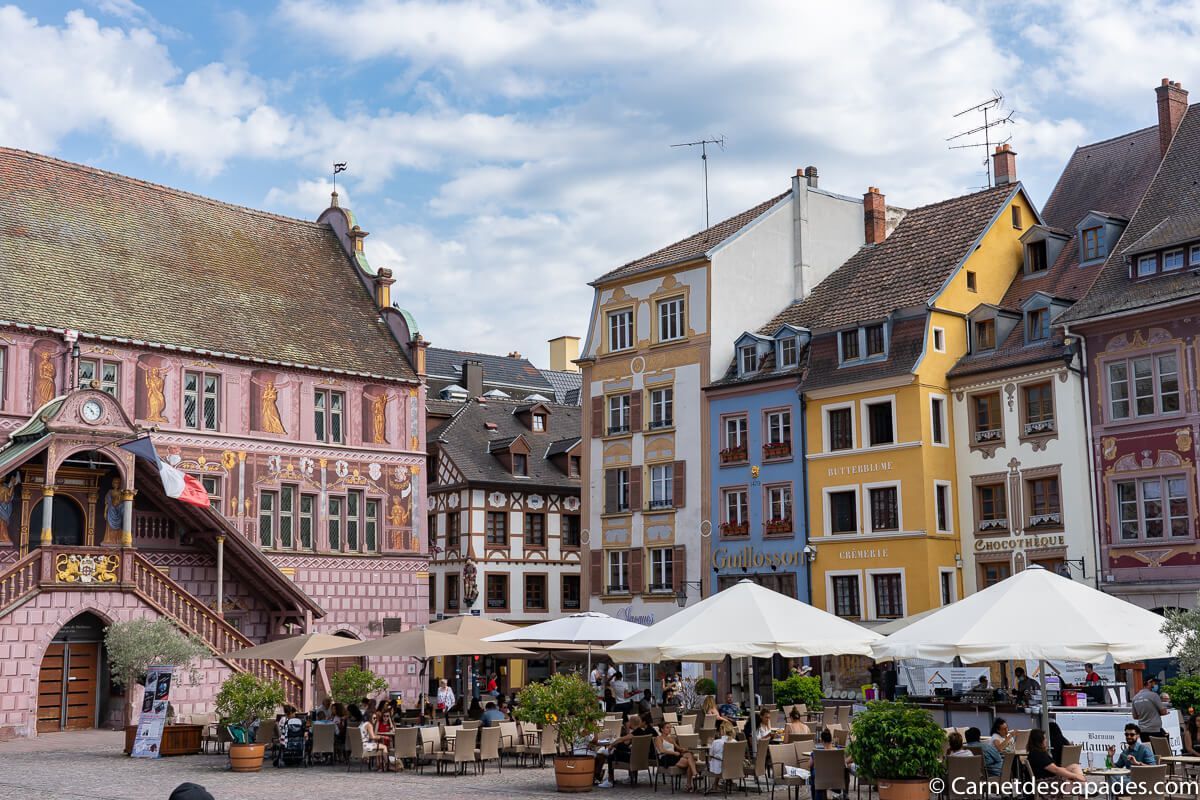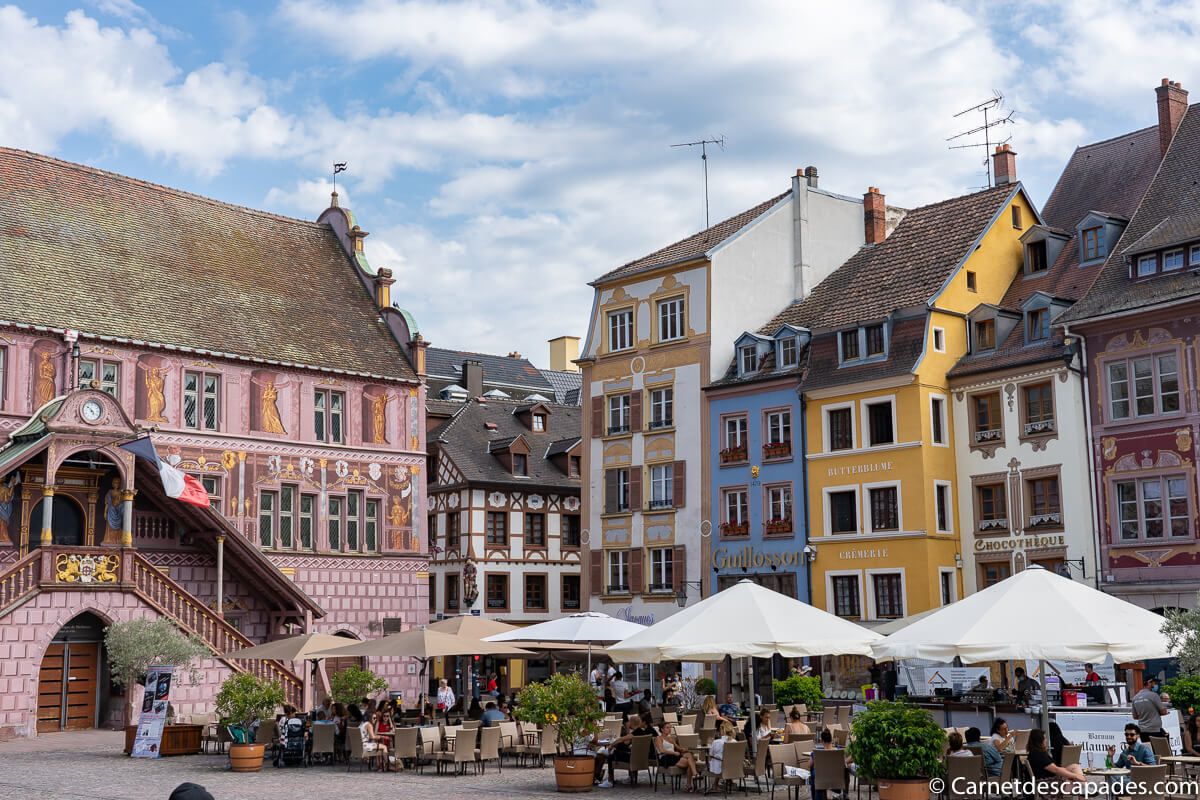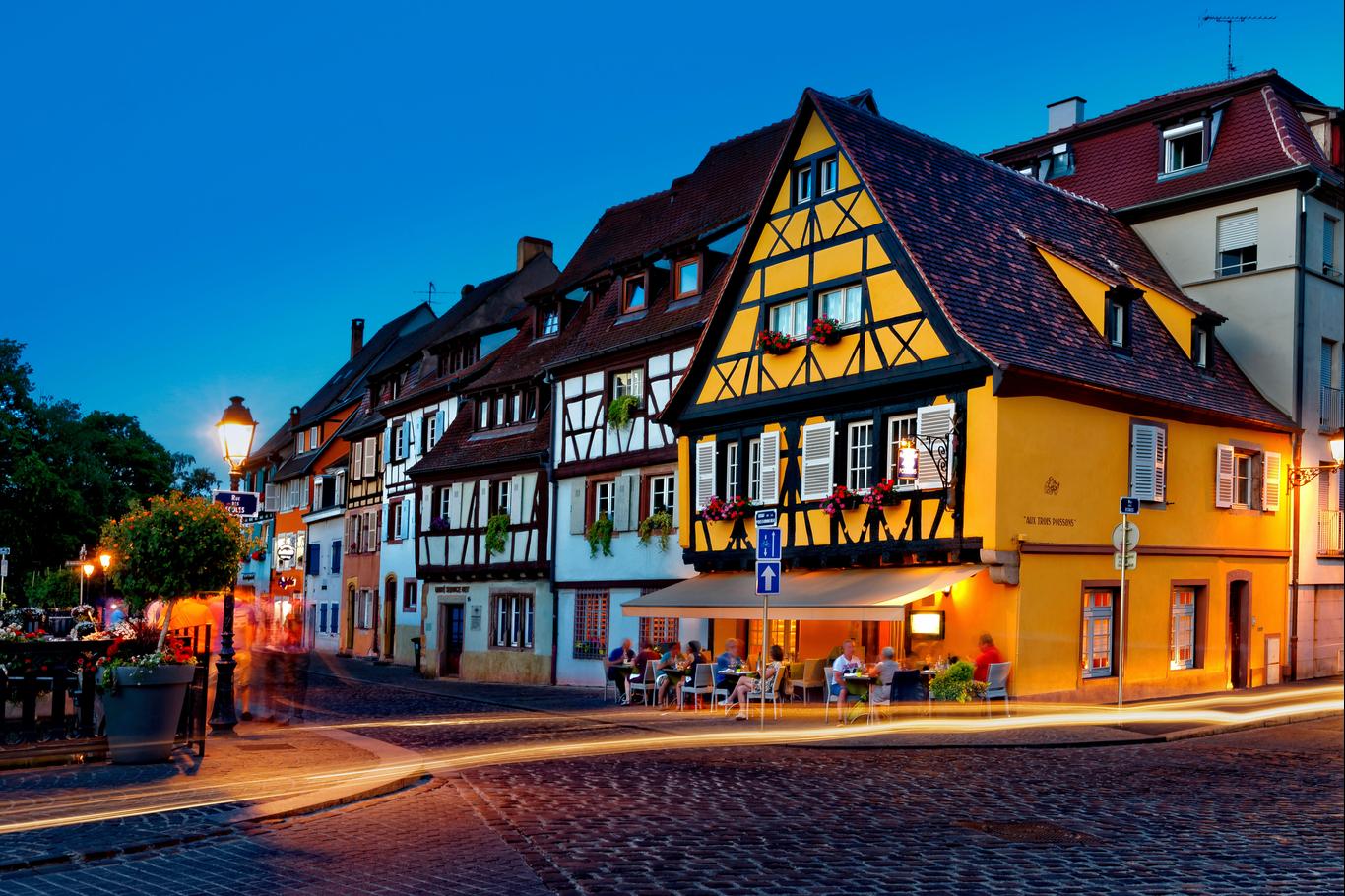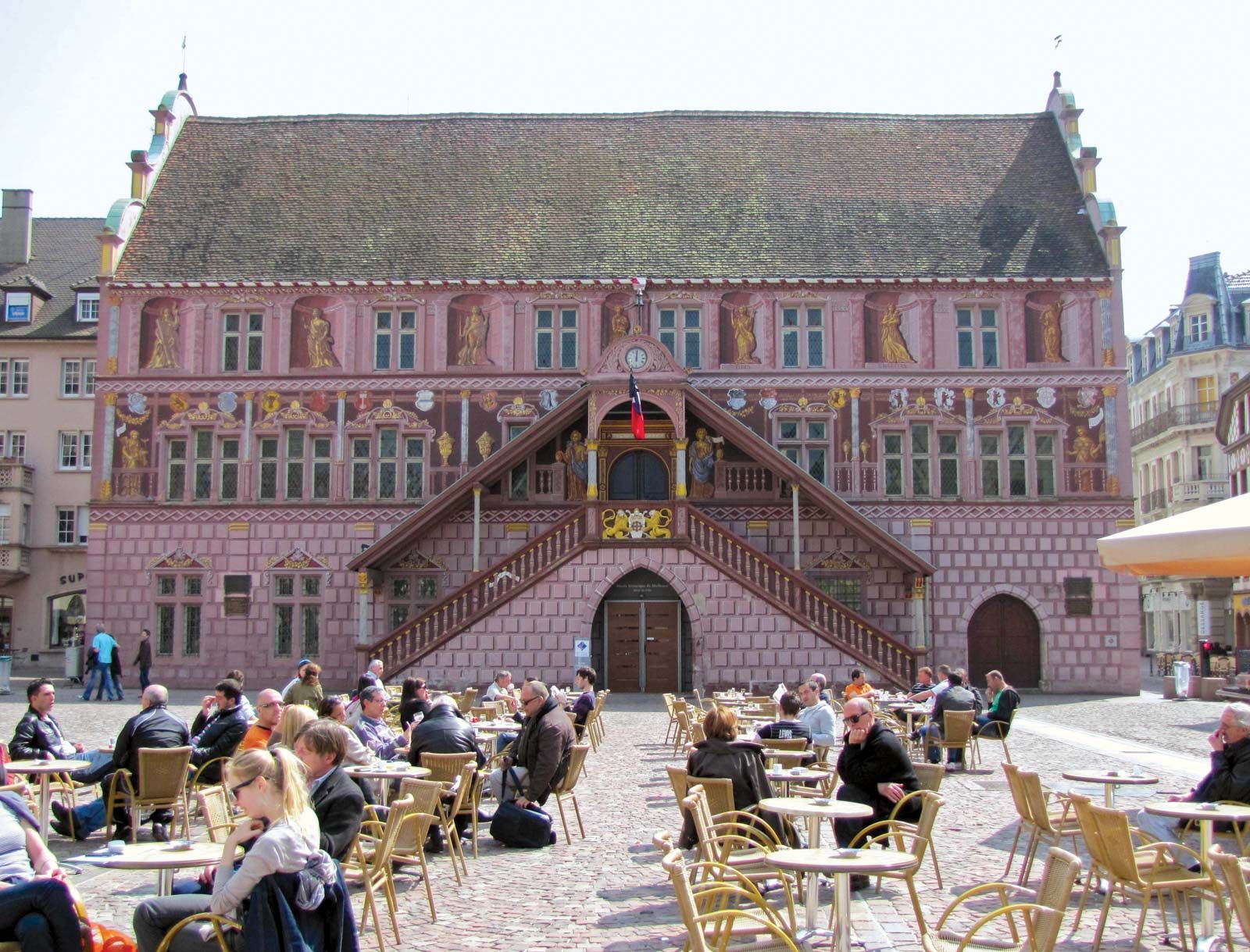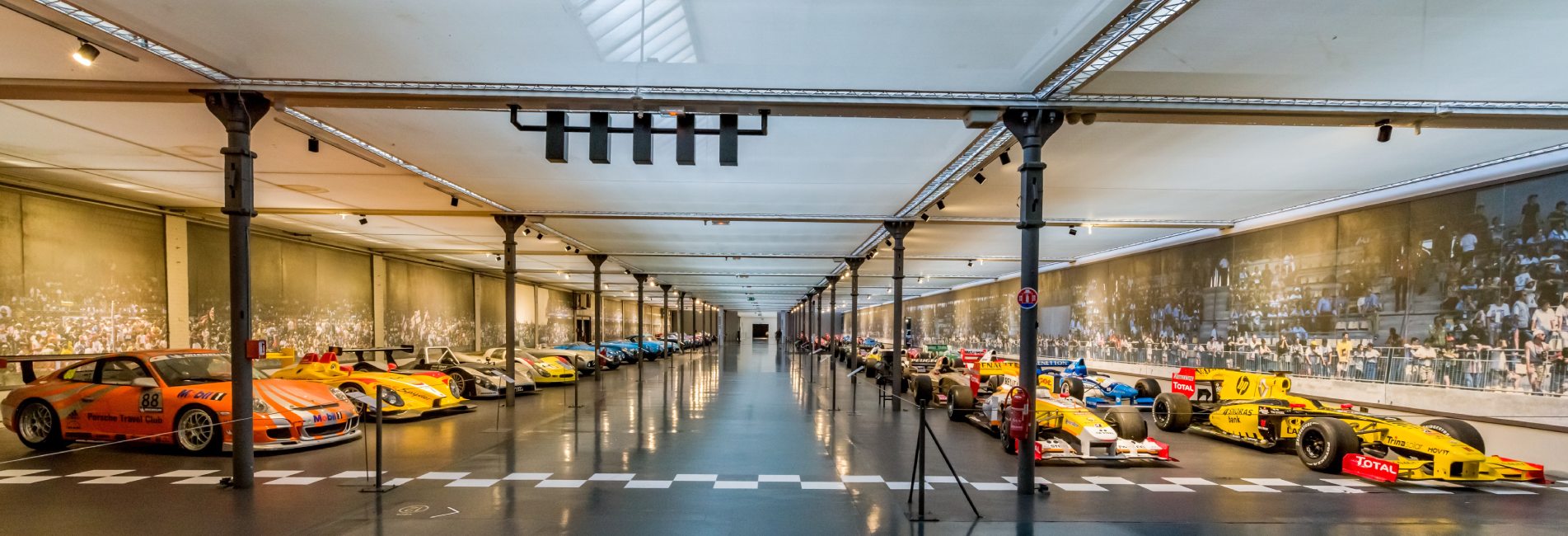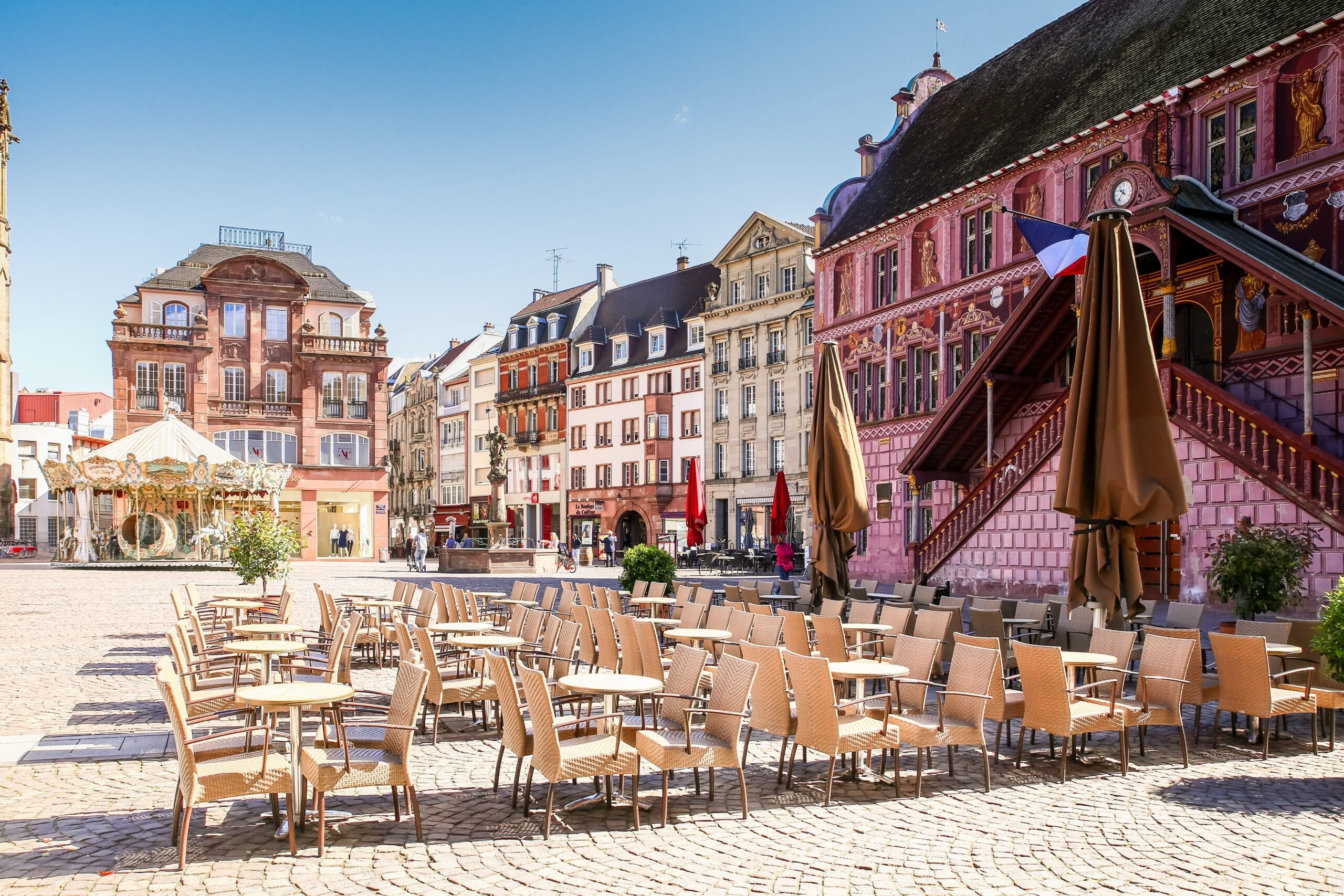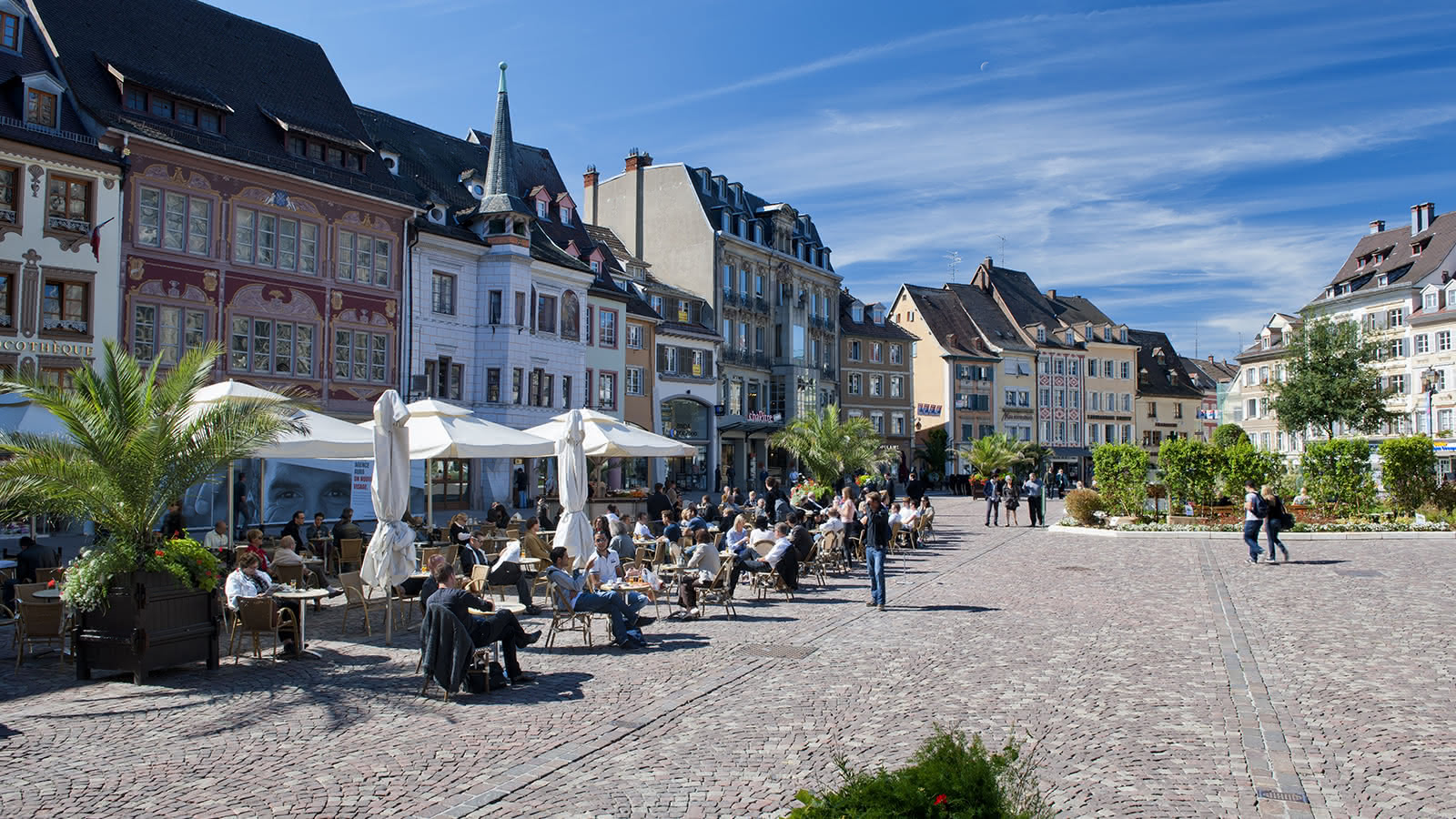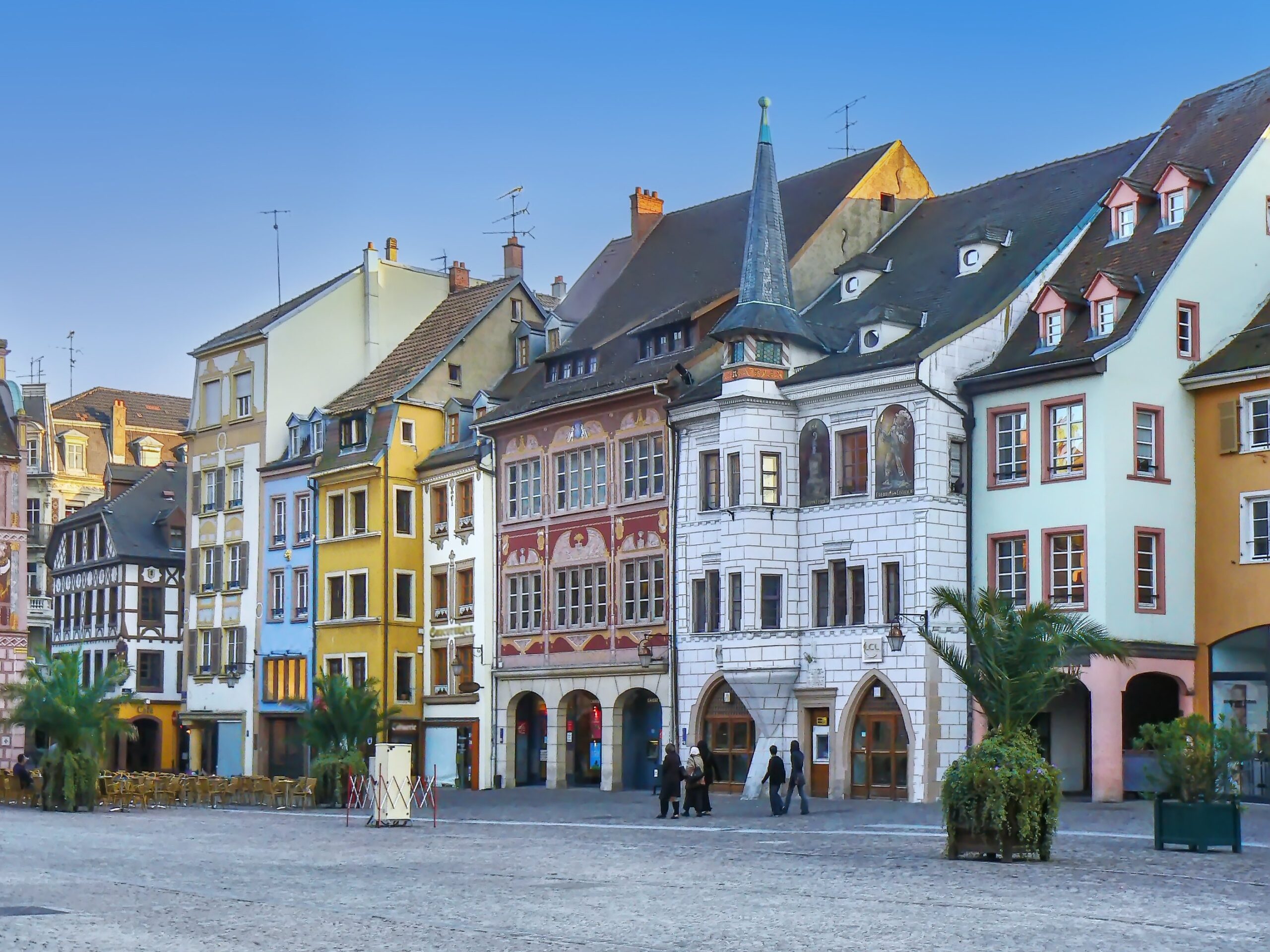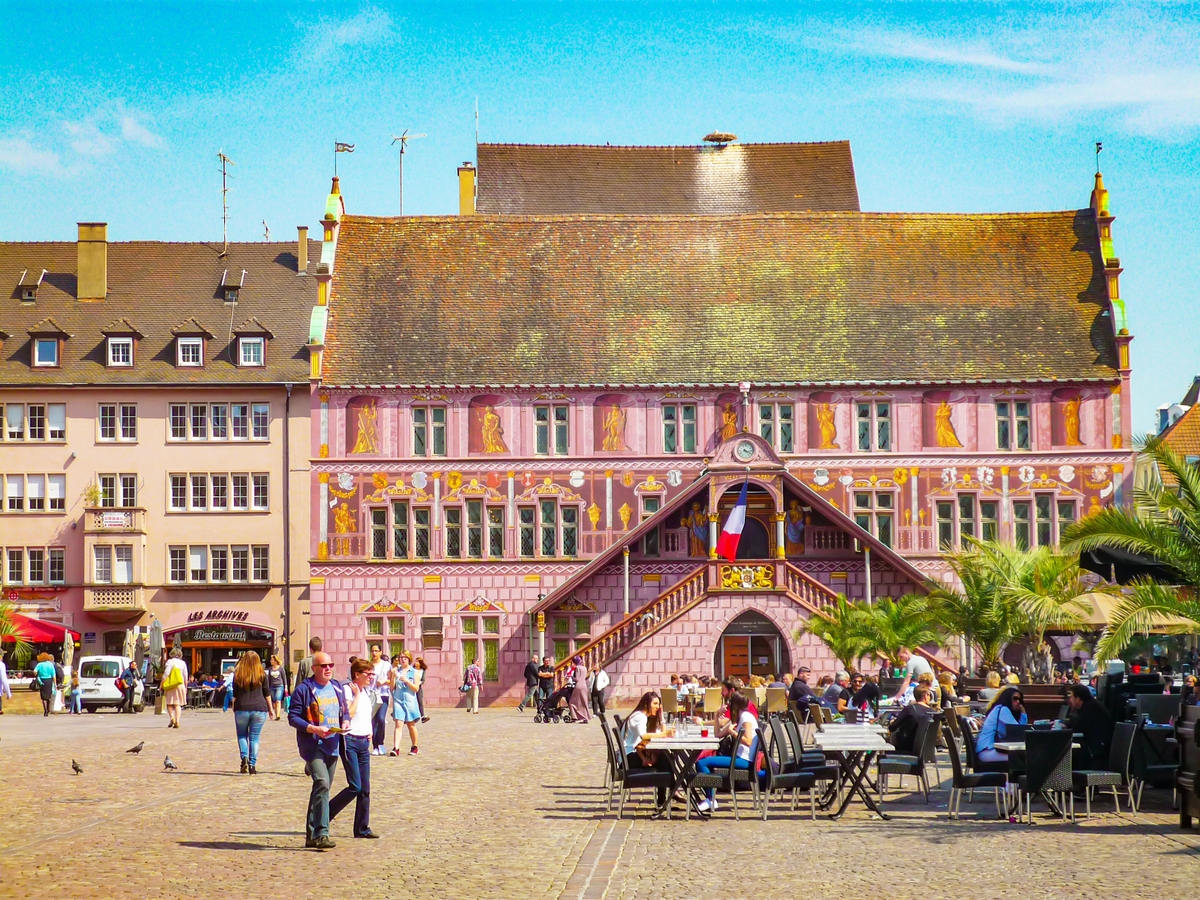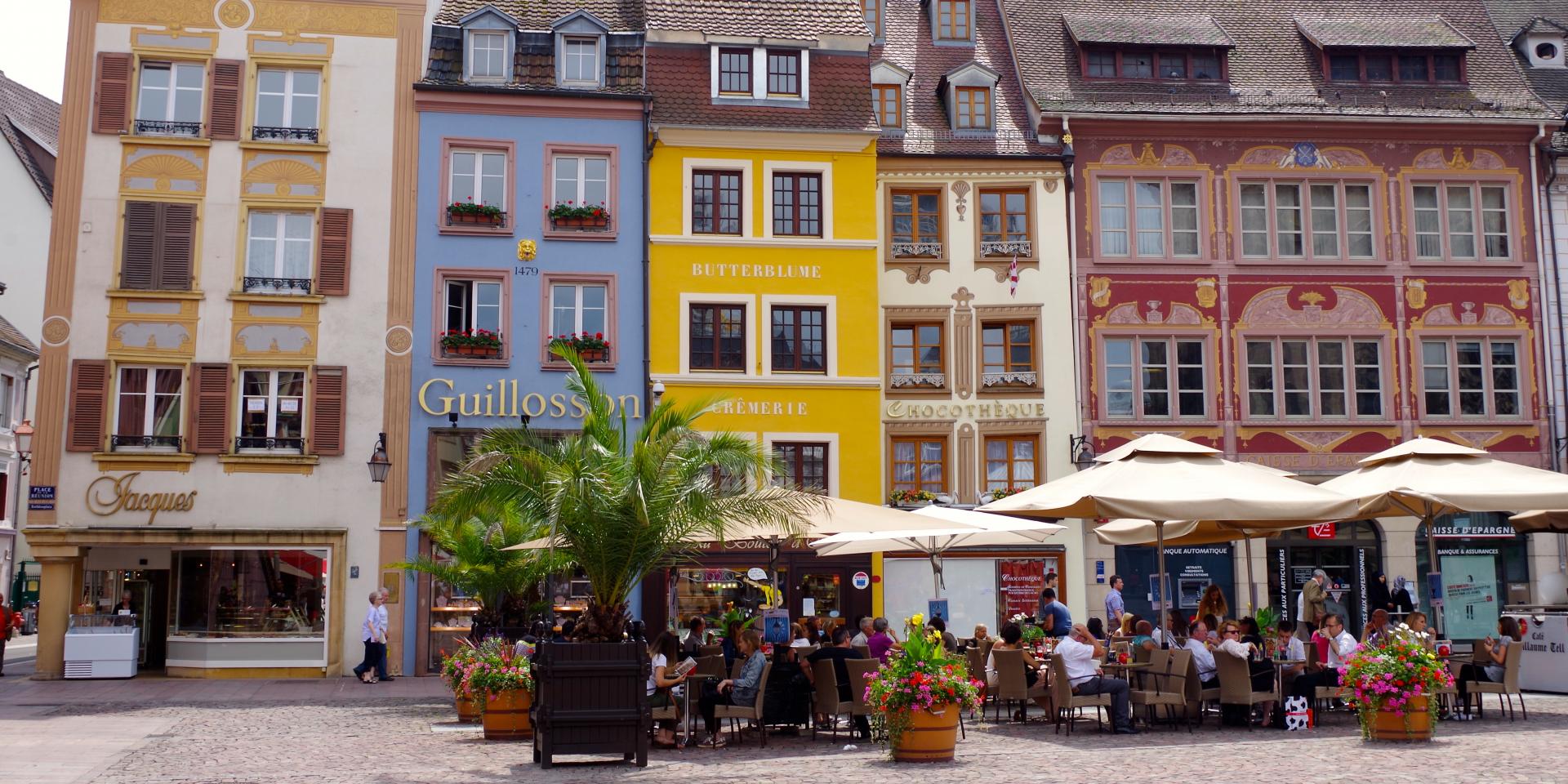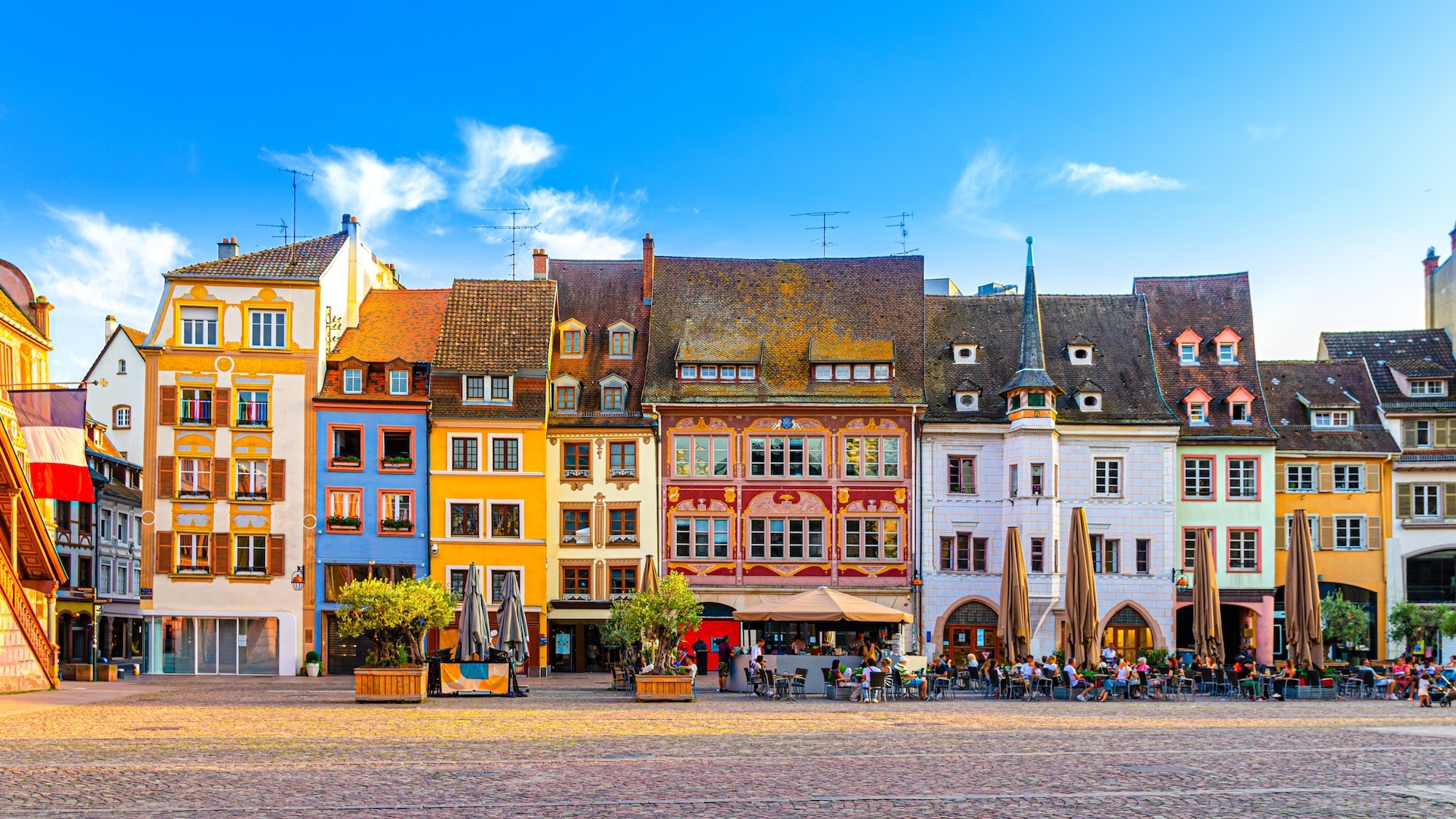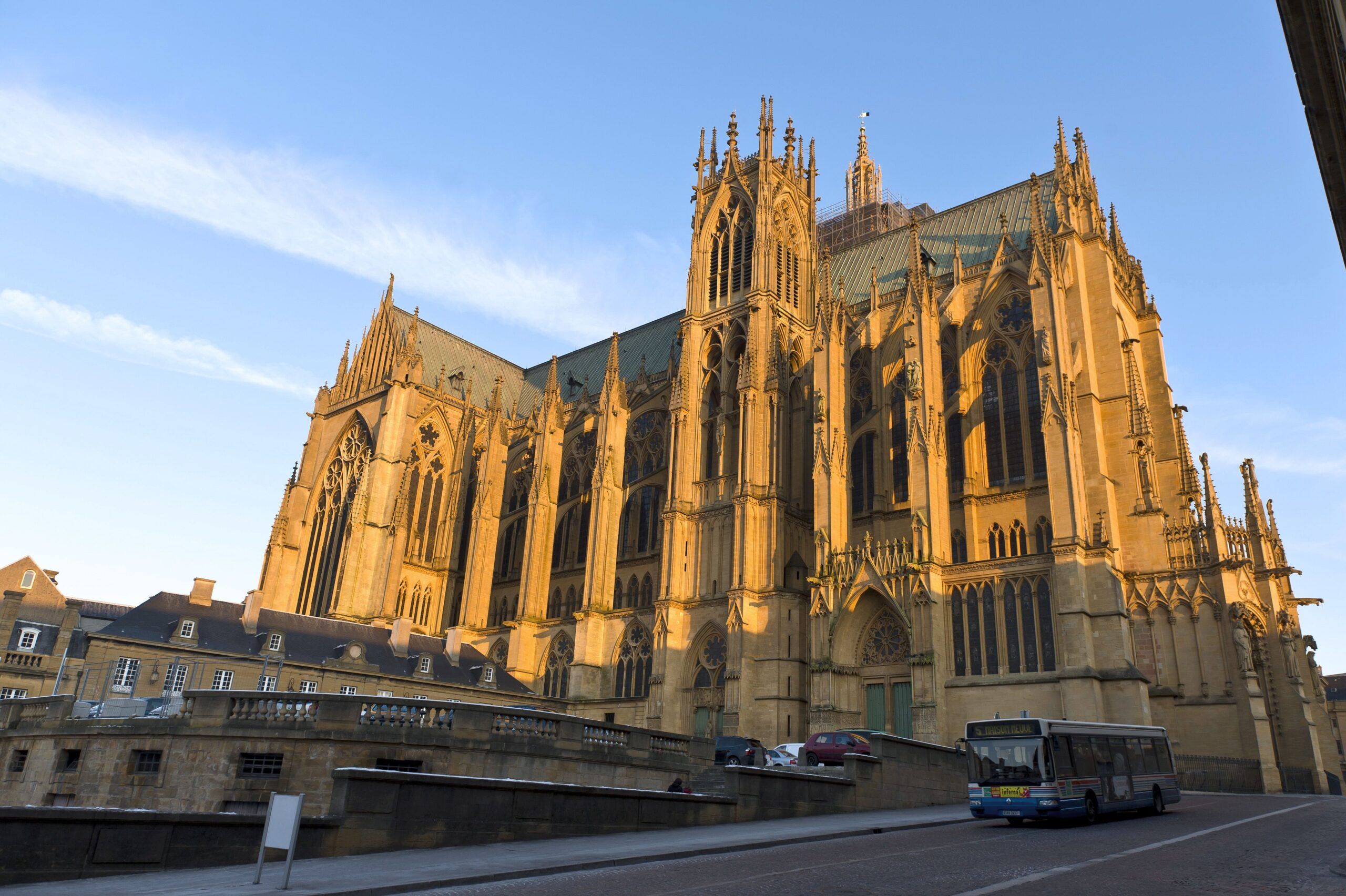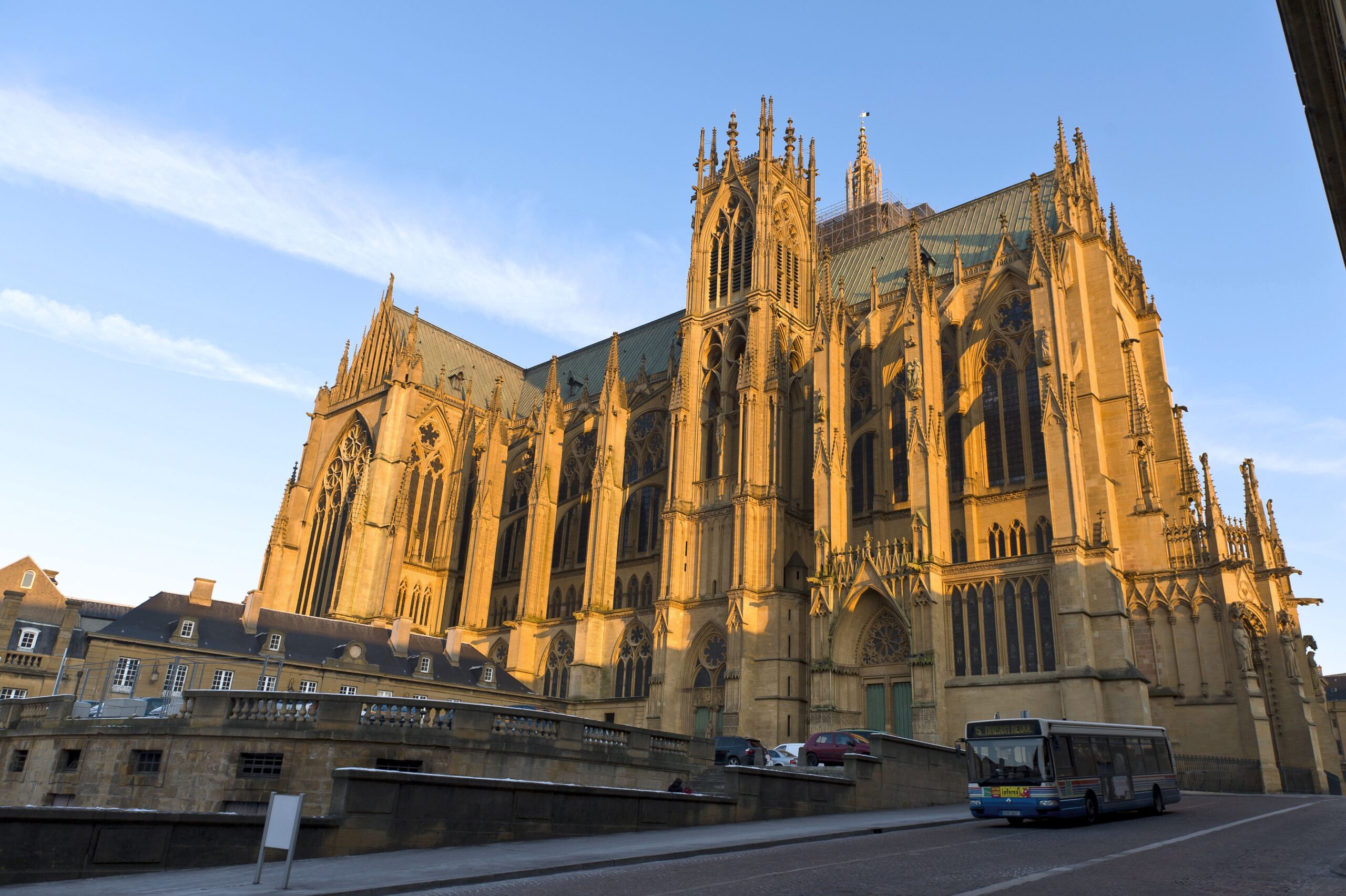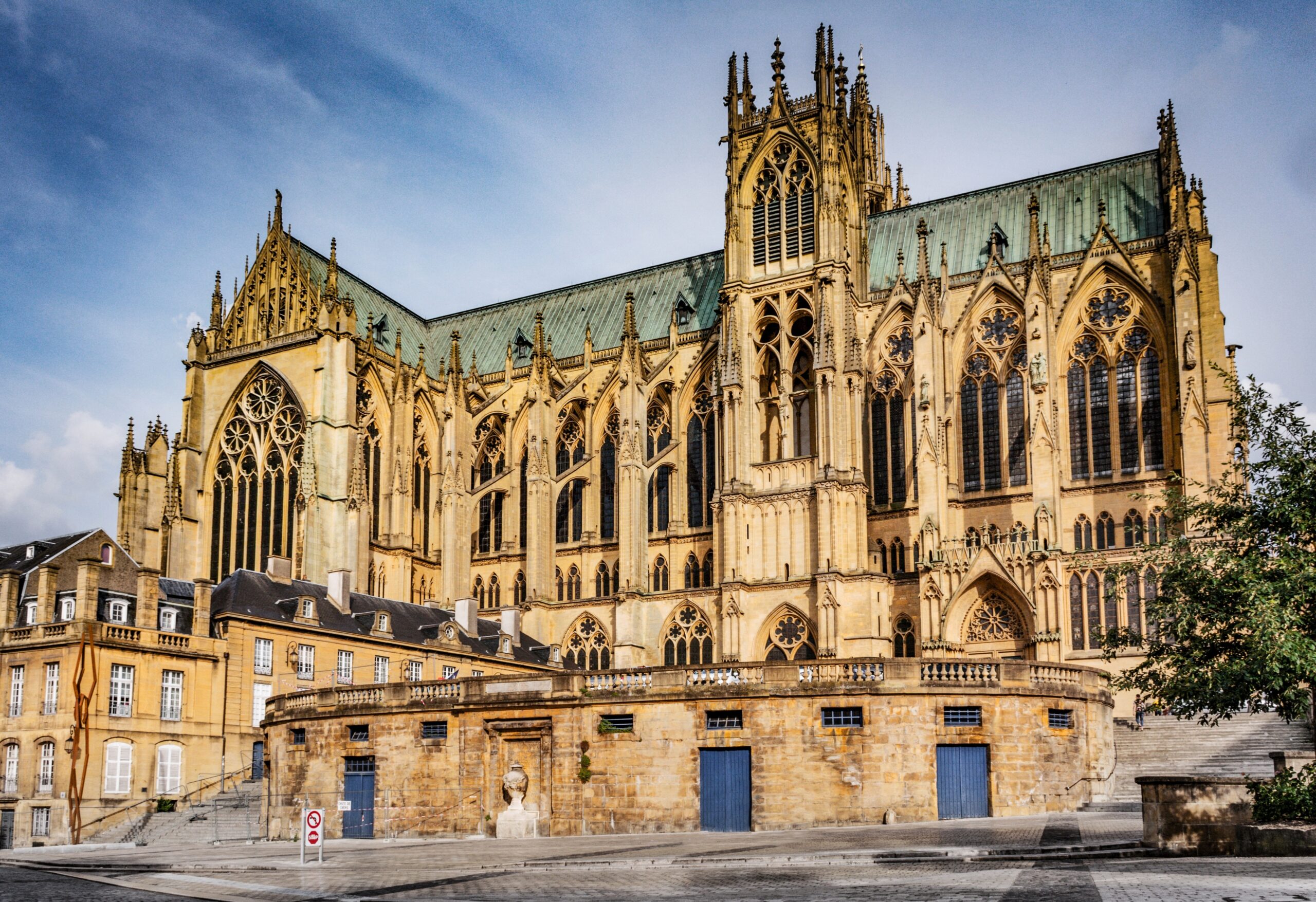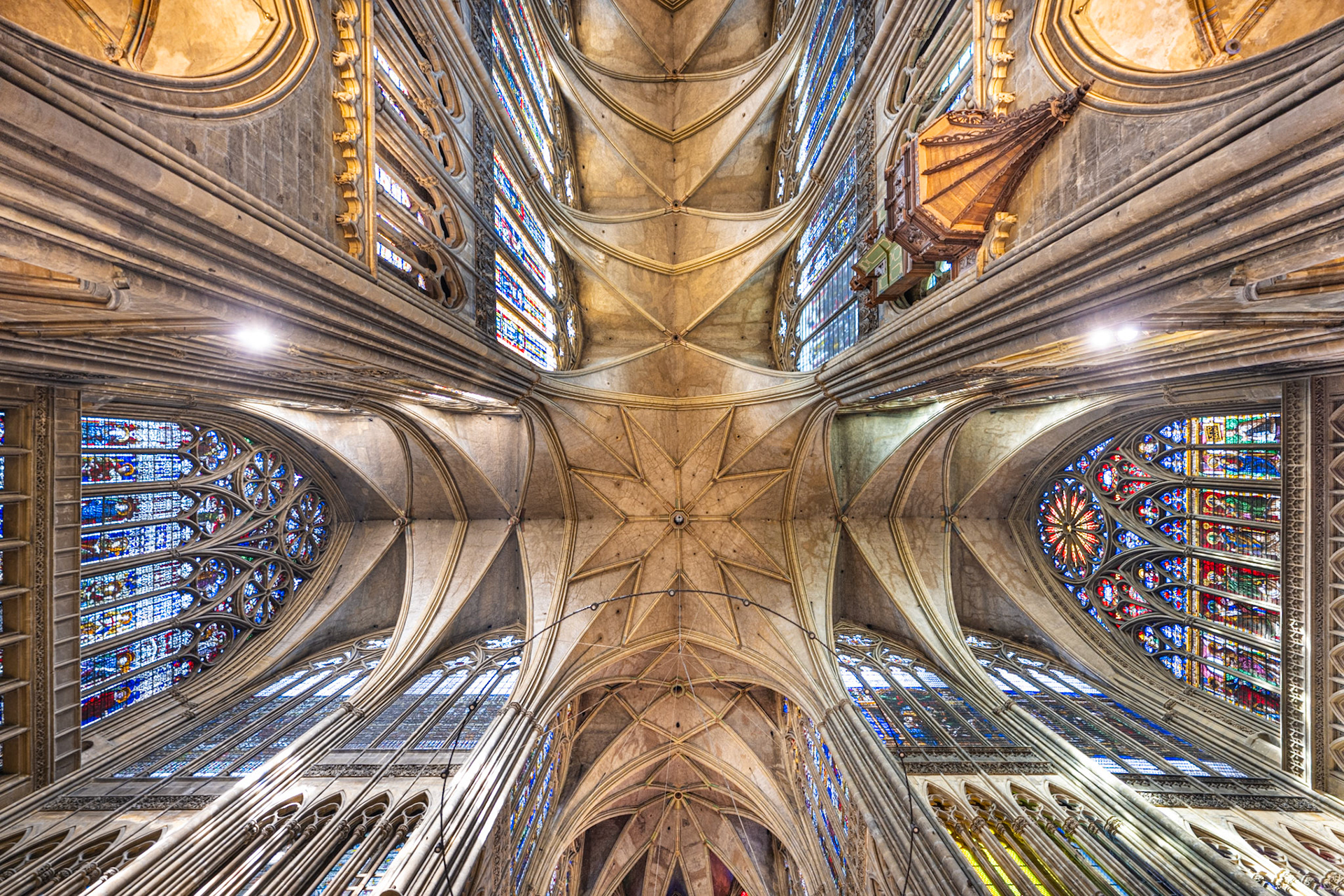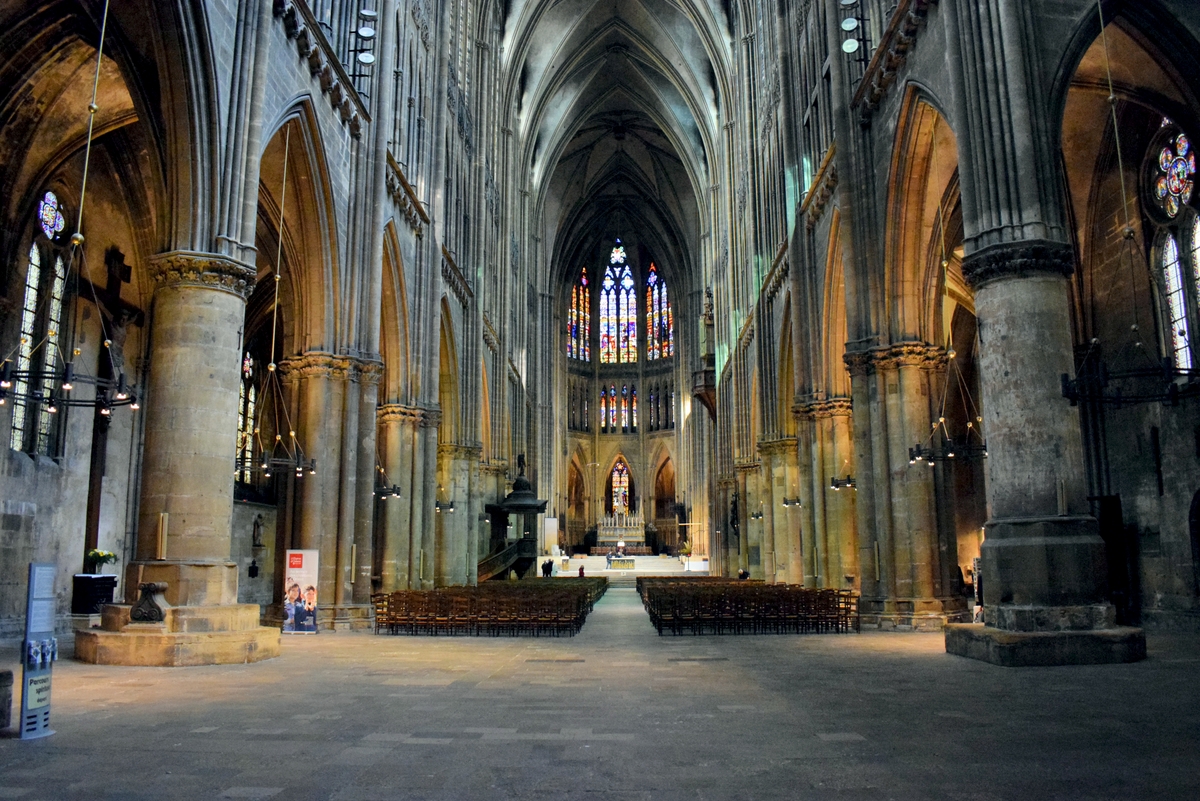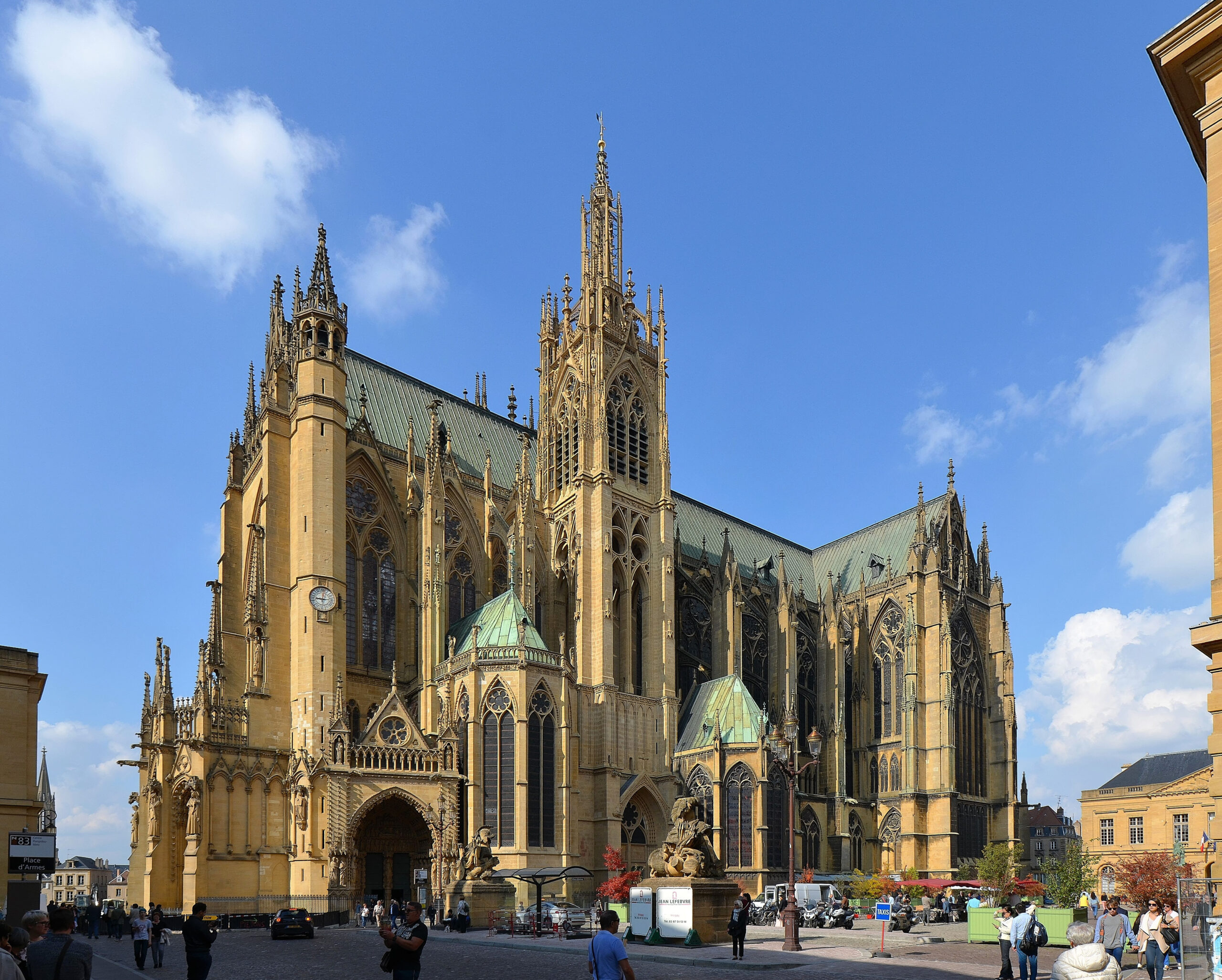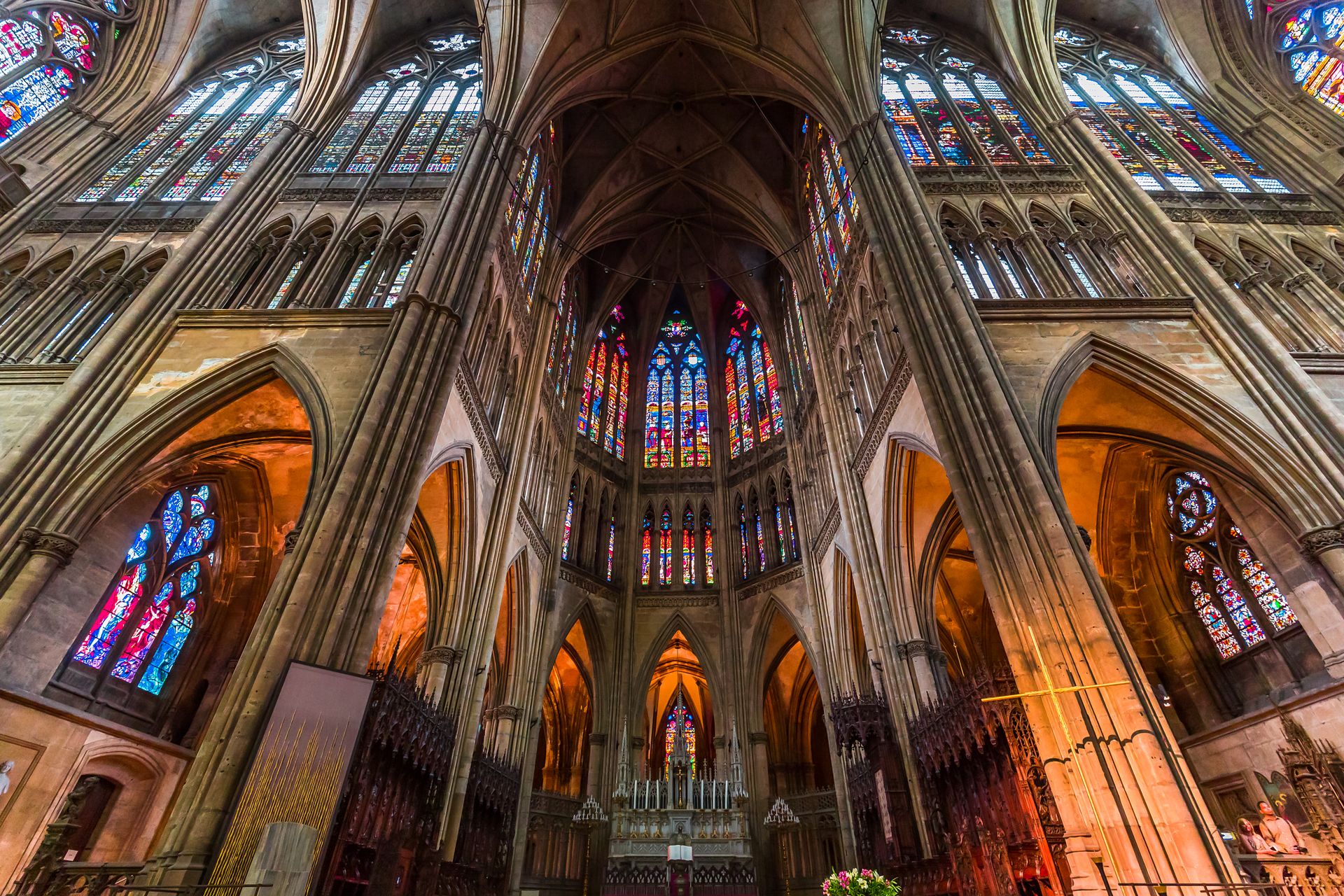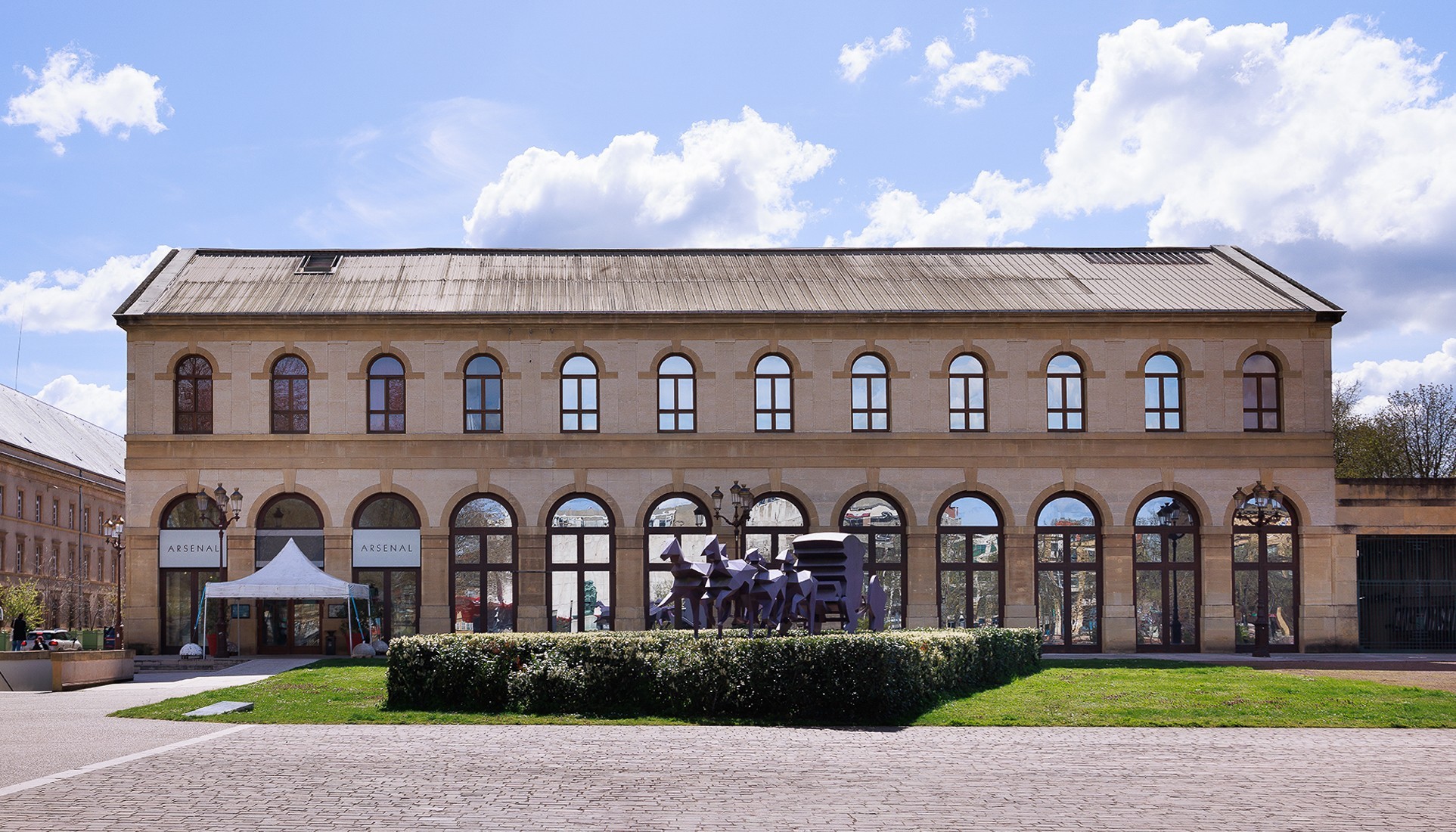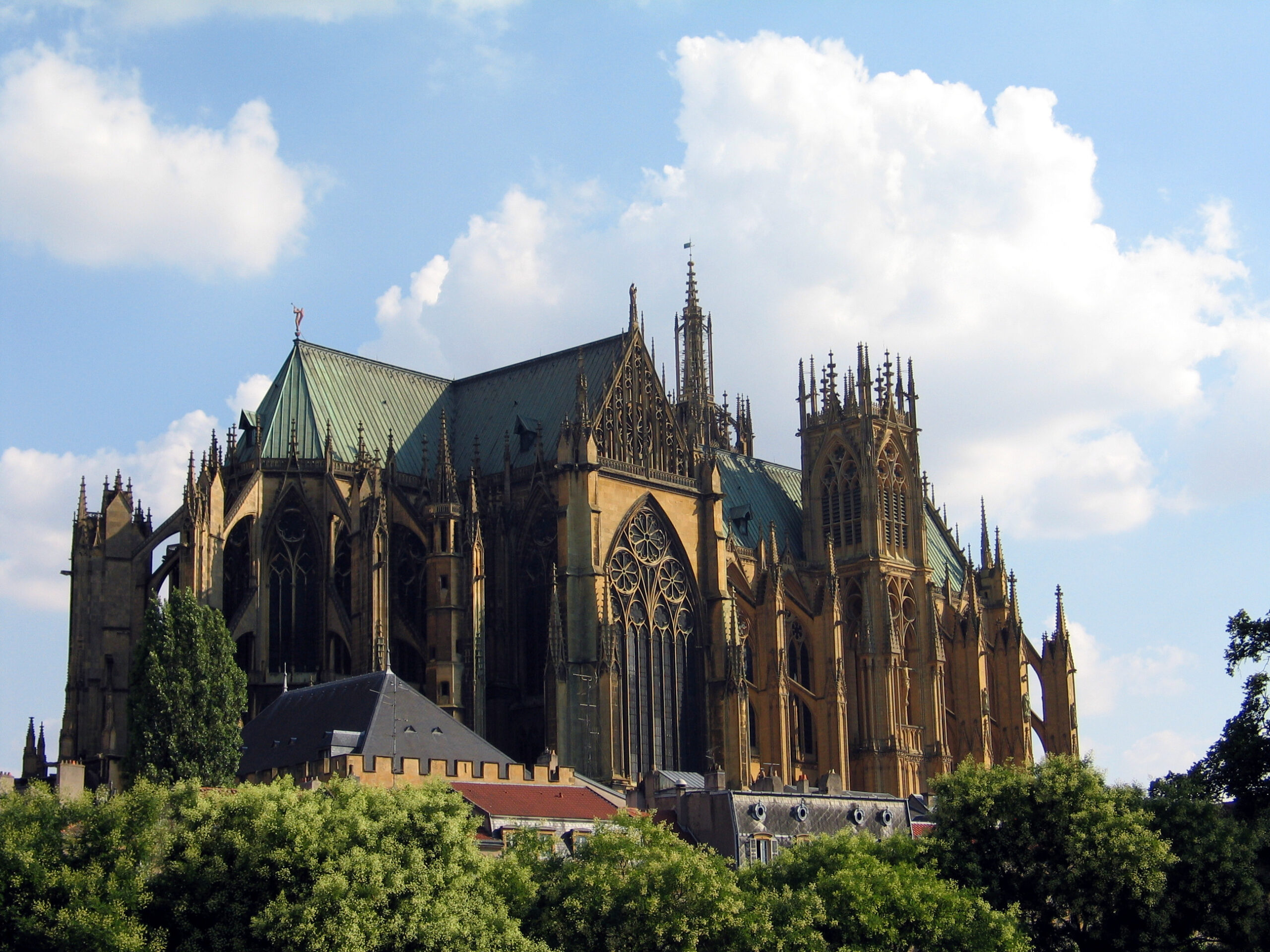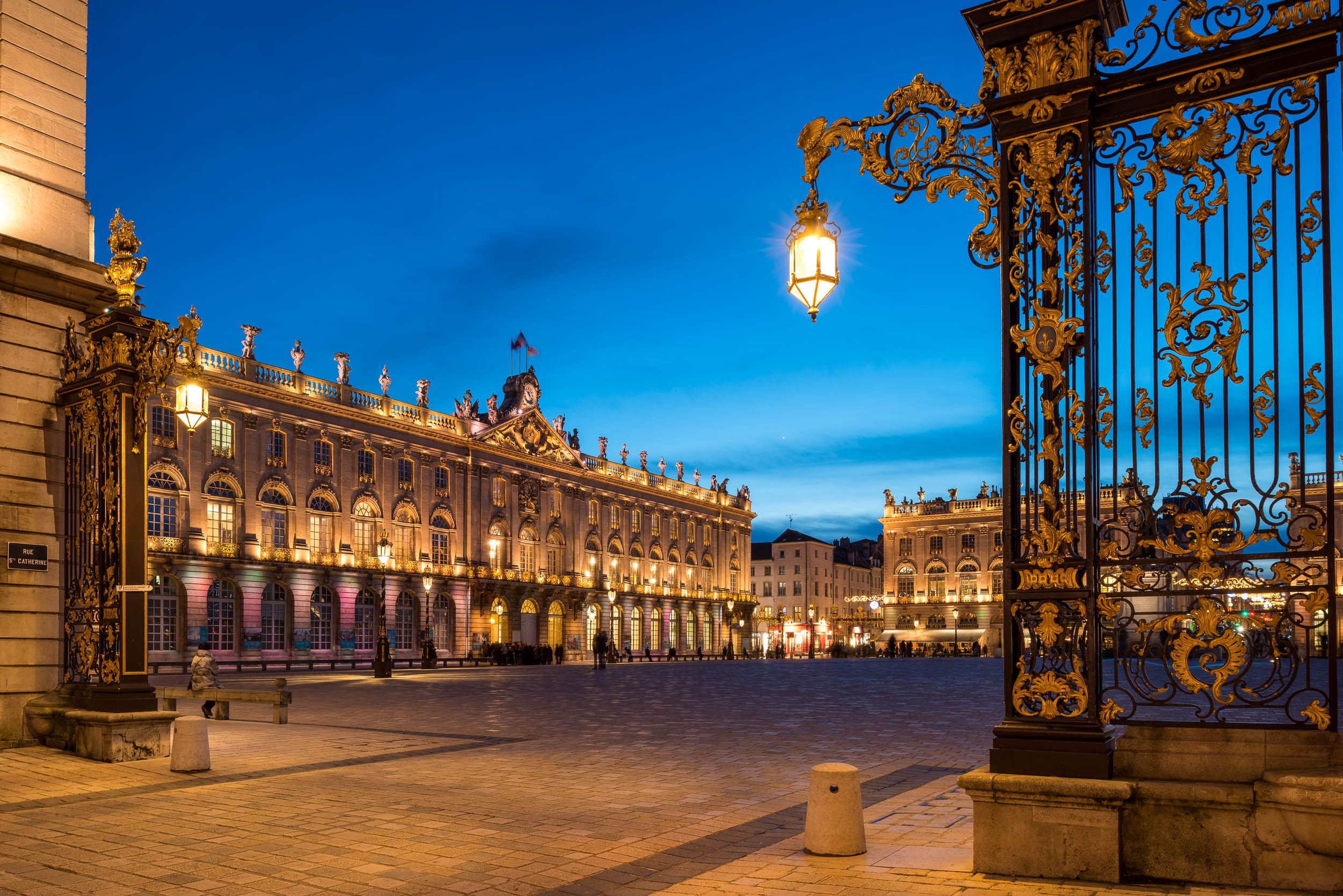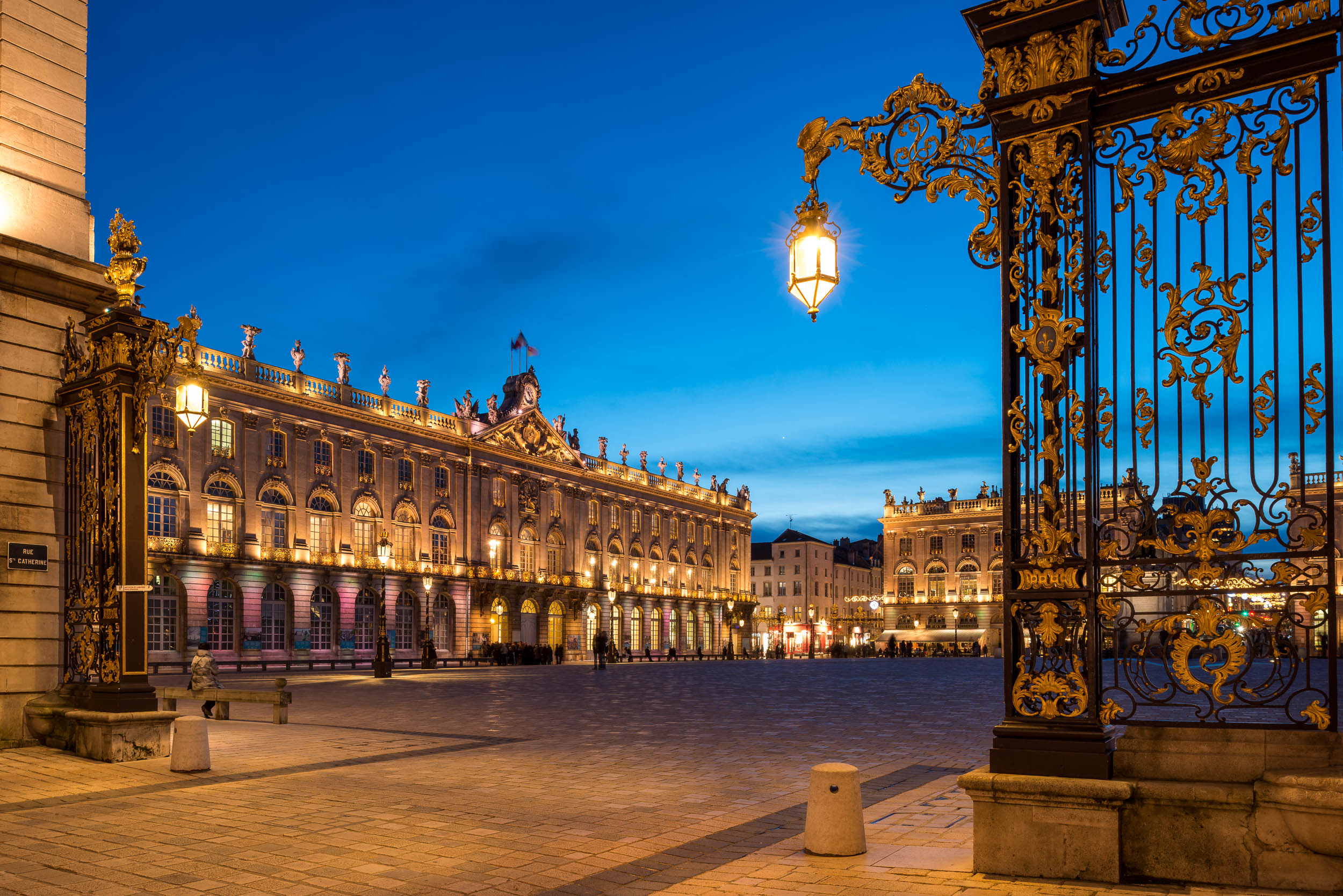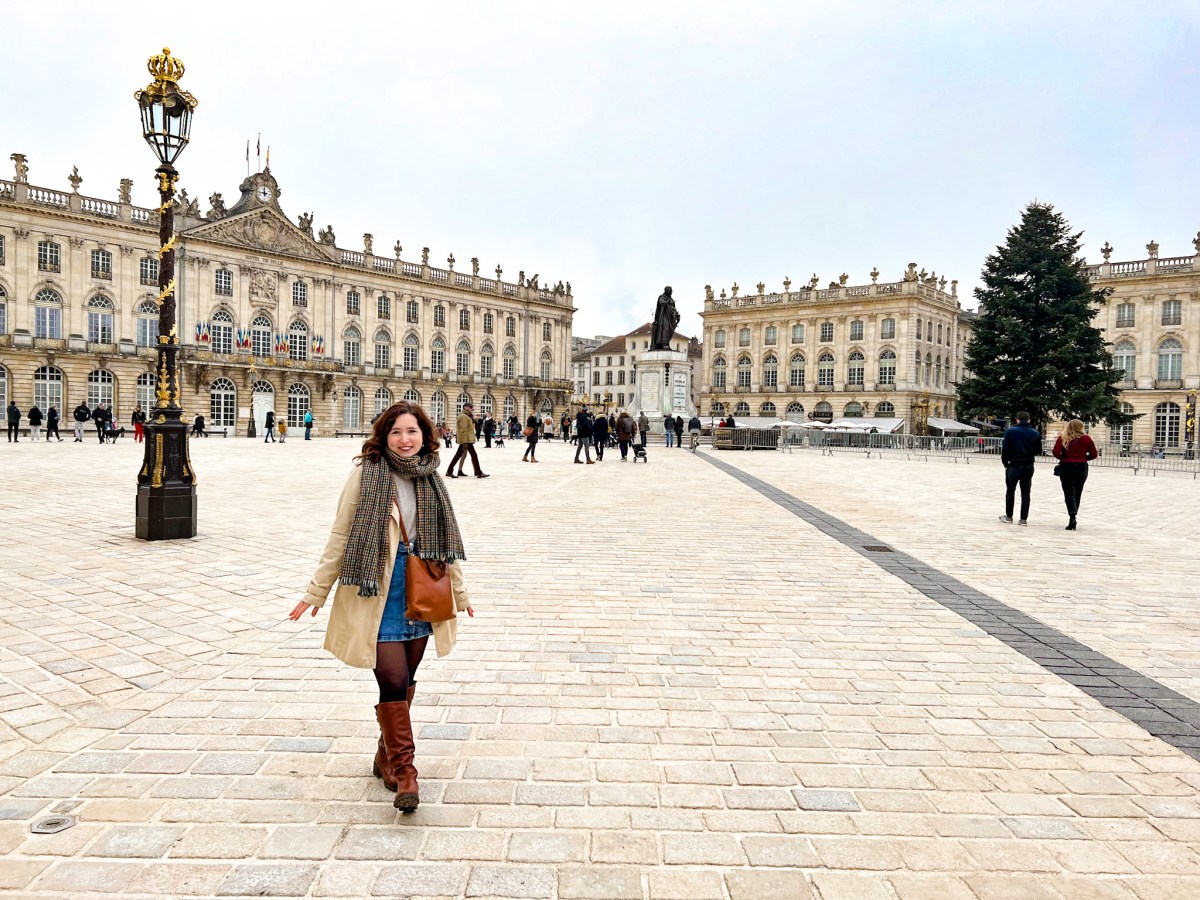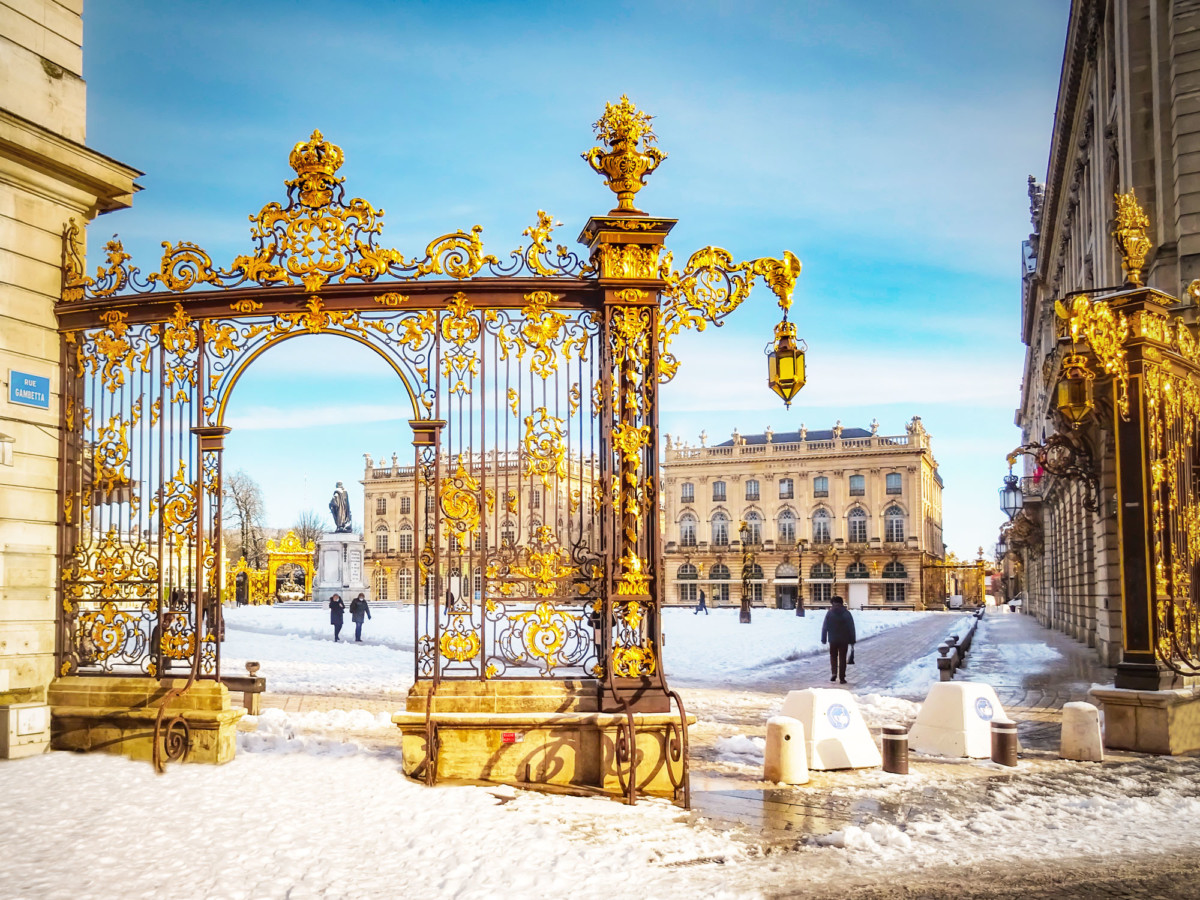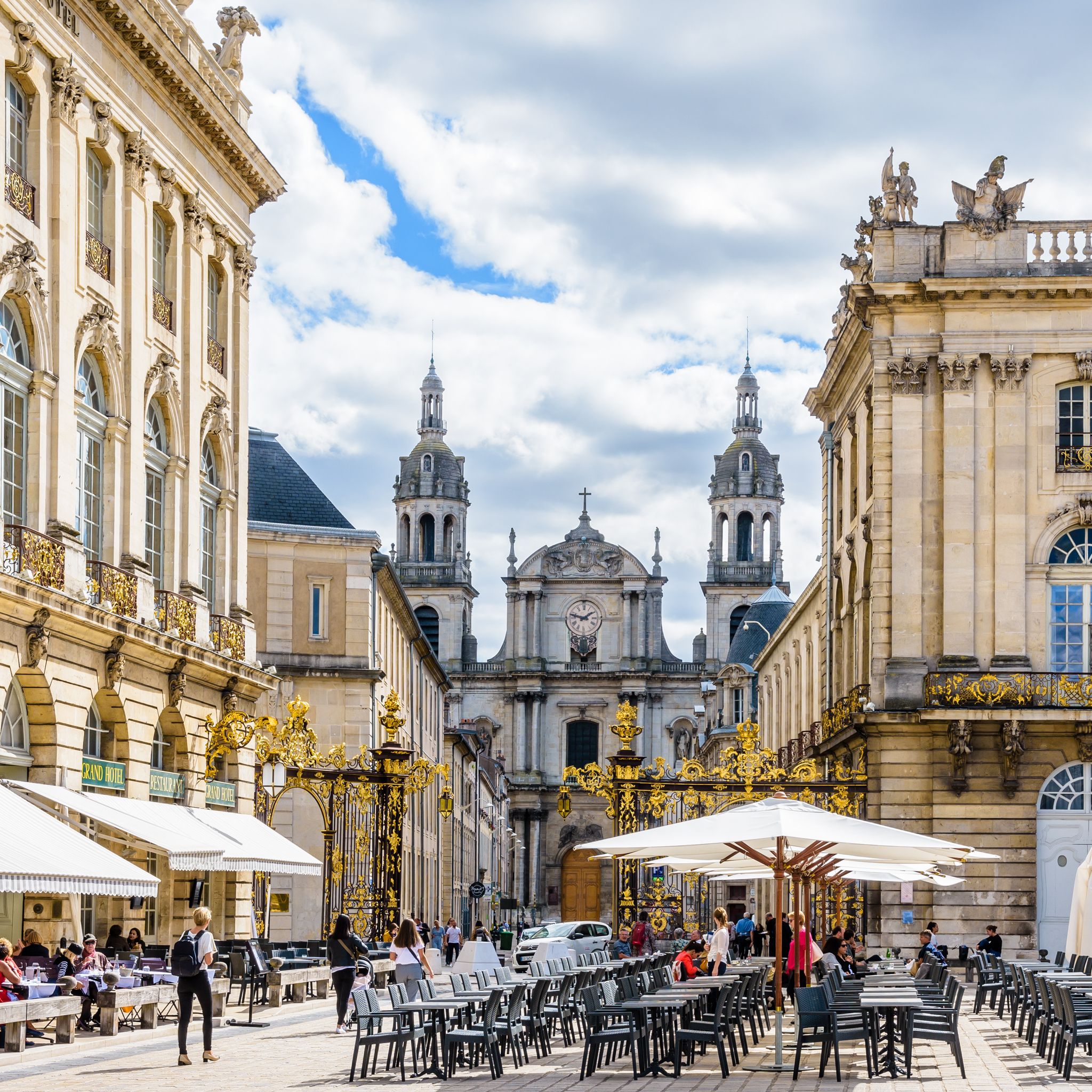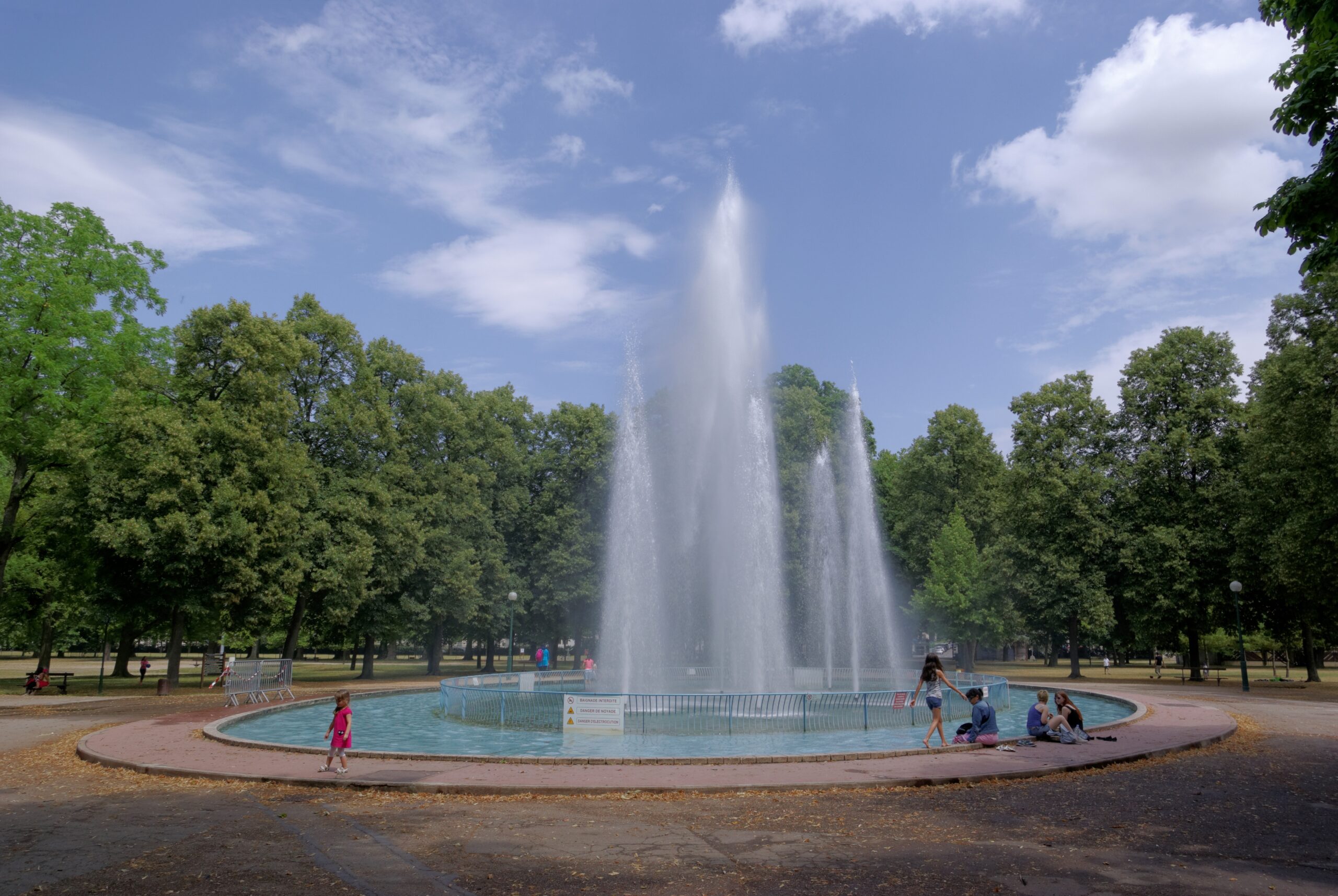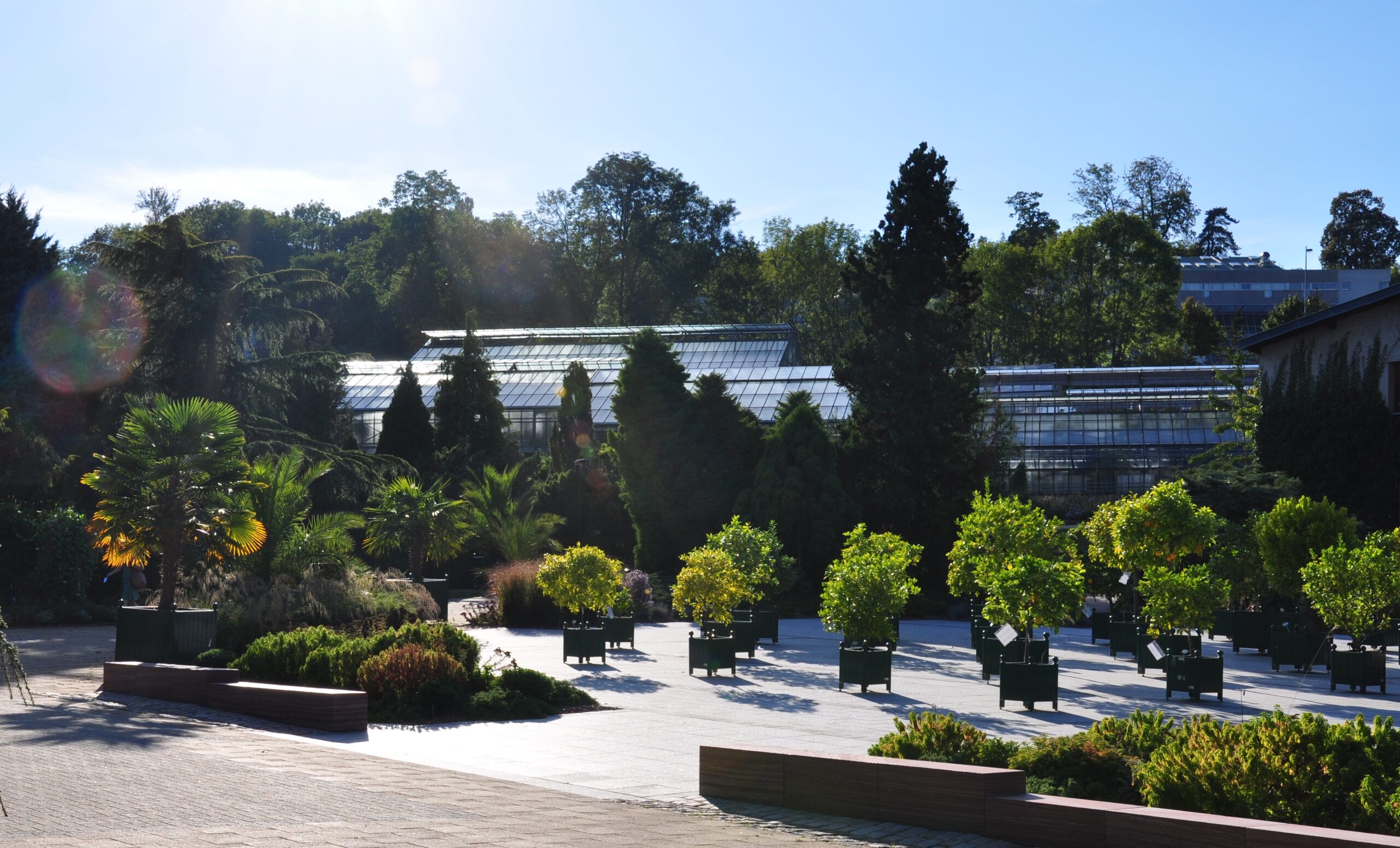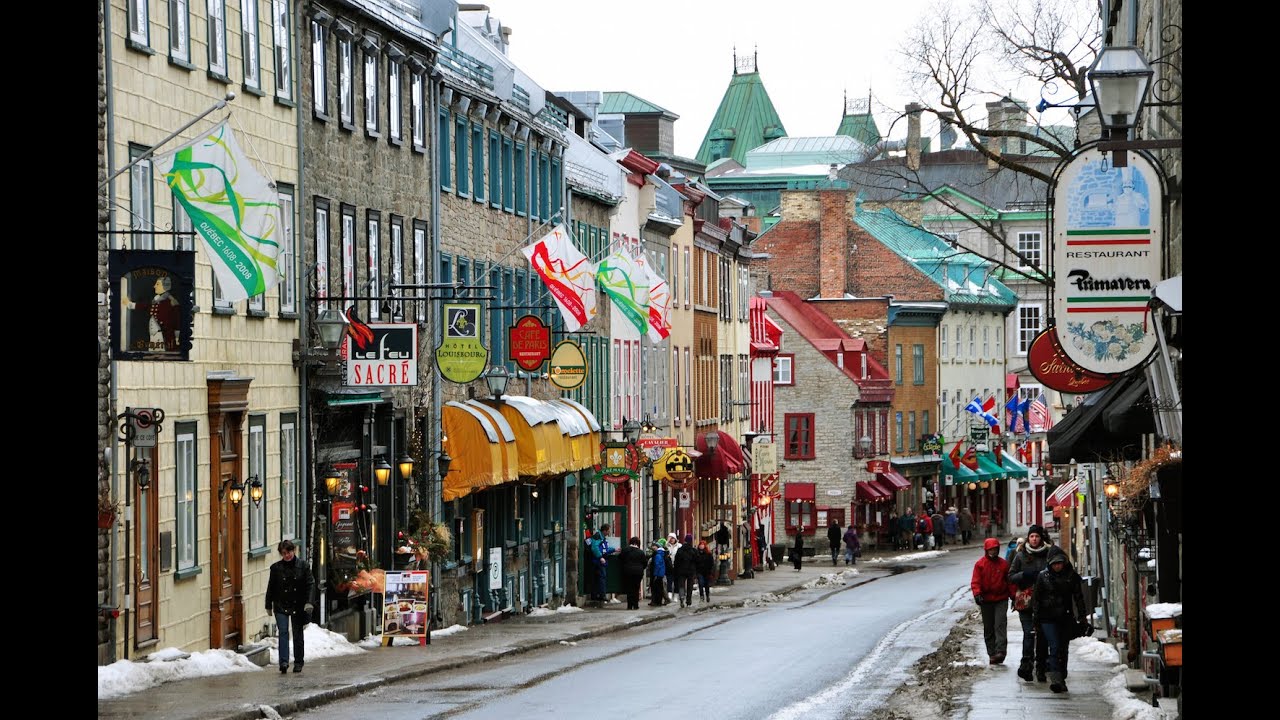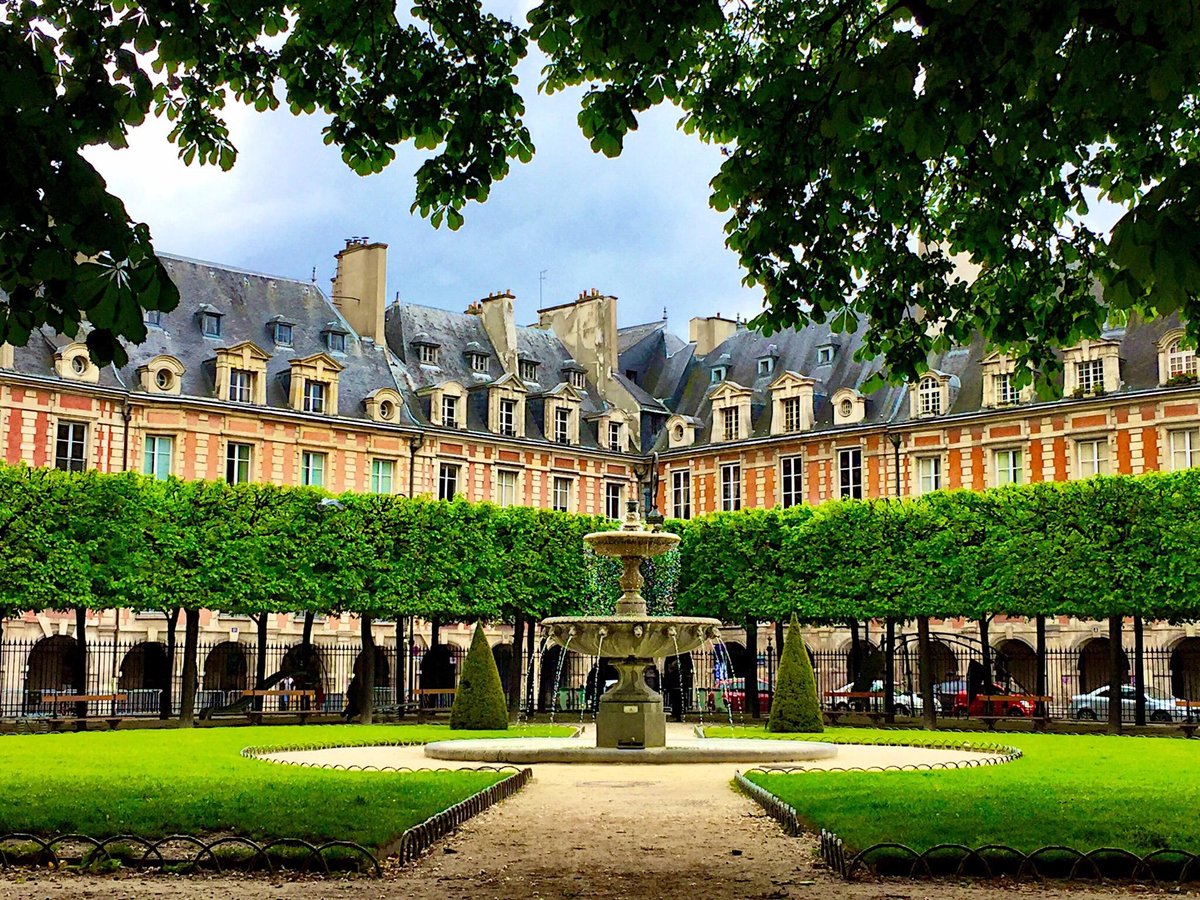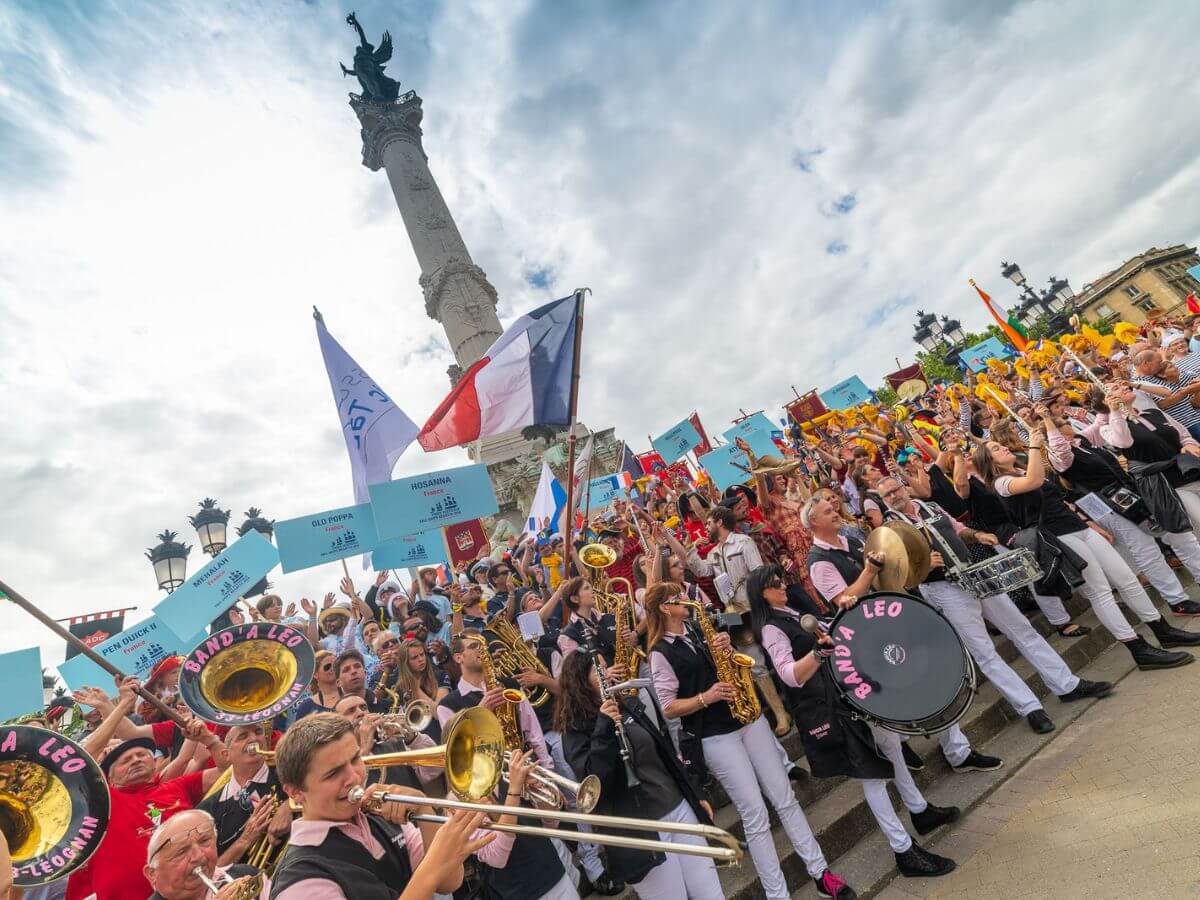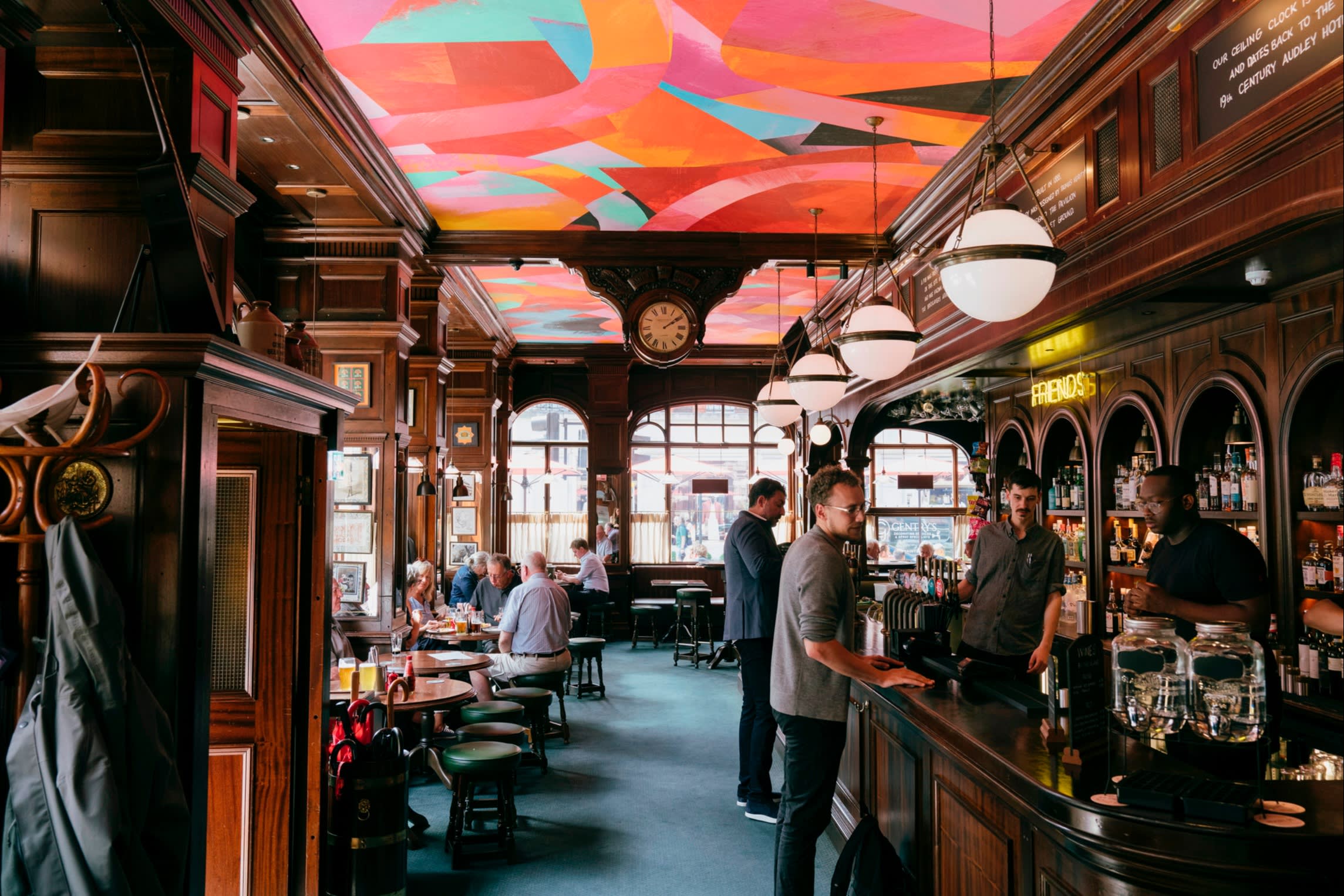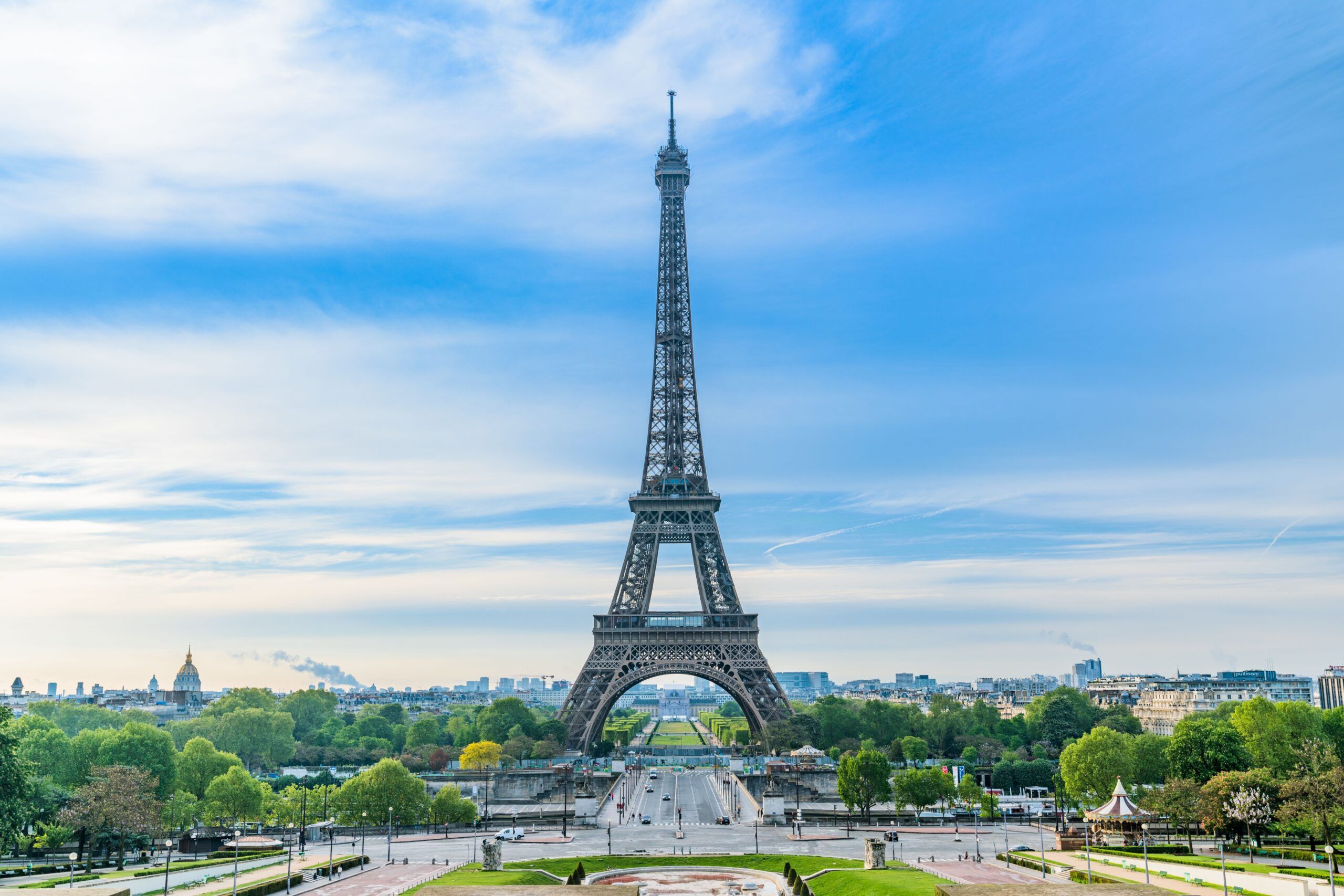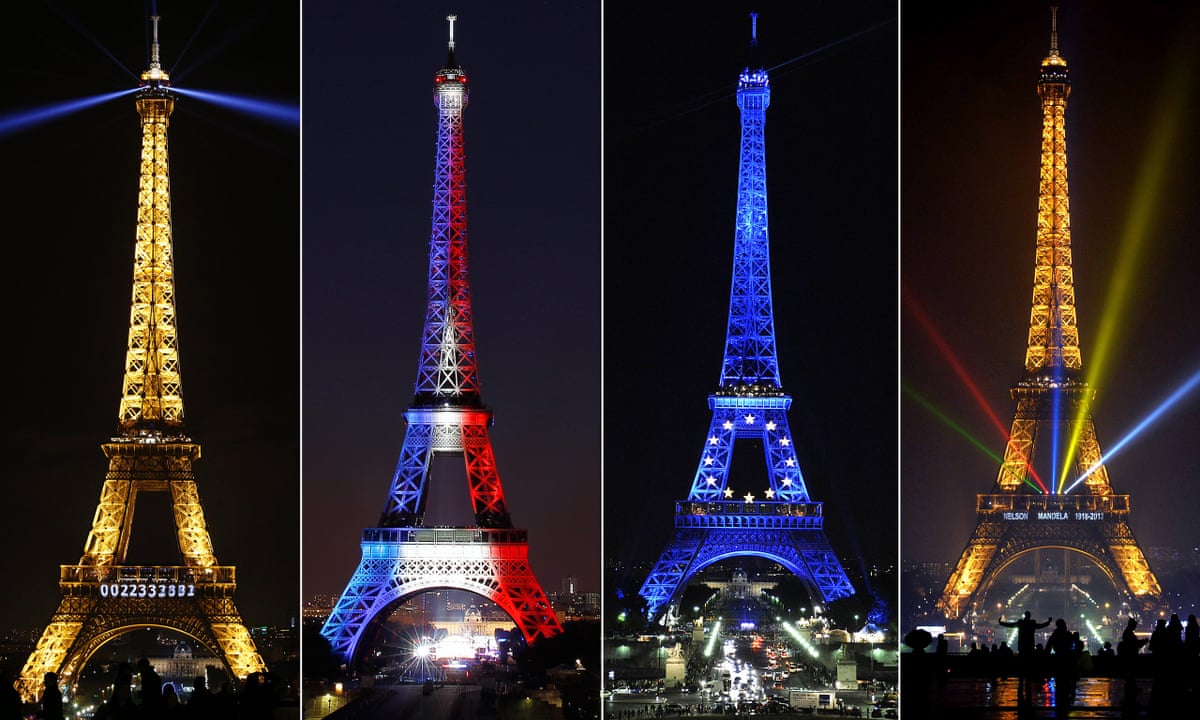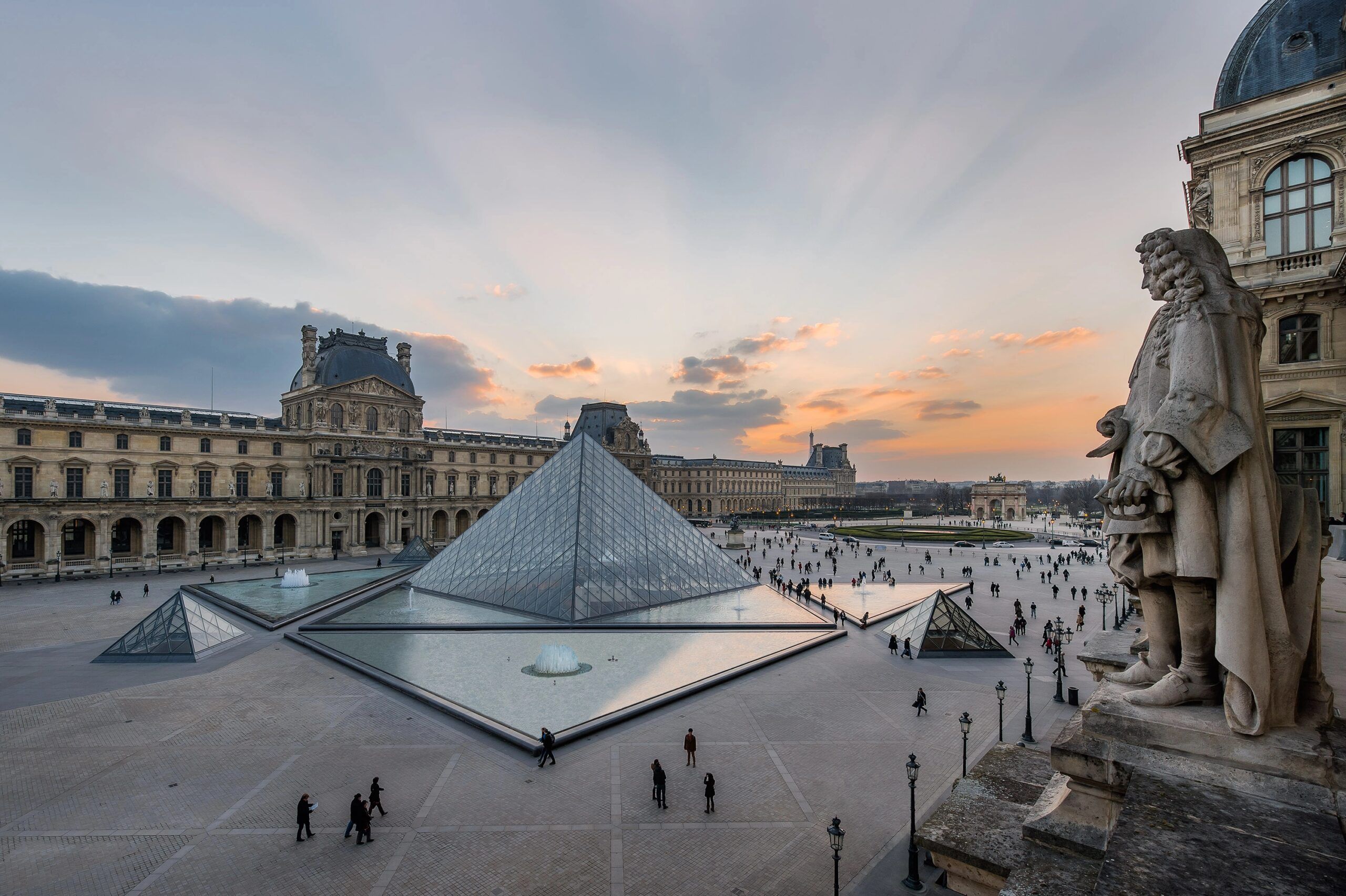Amboise: Uncover the Charms of This Enchanting French Town
Nestled in the Loire Valley, Amboise is a small town that perfectly blends rich history, breathtaking scenery, and a laid-back French charm. Together with Hotel Jardin De Neuilly, we’re diving deep into why Amboise should be at the top of your travel list. Whether you’re into history, art, or just looking to experience a quaint French town away from the hustle and bustle, Amboise has something for everyone.
From its impressive château to the stunning views along the Loire River, Amboise is a destination that will capture your heart and leave you wanting more. This picturesque town offers more than meets the eye, so get ready to explore its top attractions, culture, and unique vibe.
Amboise Location and Practical Information
-
Address: Amboise, 37400 Indre-et-Loire, France
-
Phone: +33 2 47 23 50 00
Amboise is conveniently located in the Loire Valley, a region famous for its wine, castles, and rolling hills. The town is just about 25 kilometers away from Tours, making it a perfect day trip or an extended getaway. The Loire River flows through Amboise, offering a picturesque setting that complements the town’s historic charm.
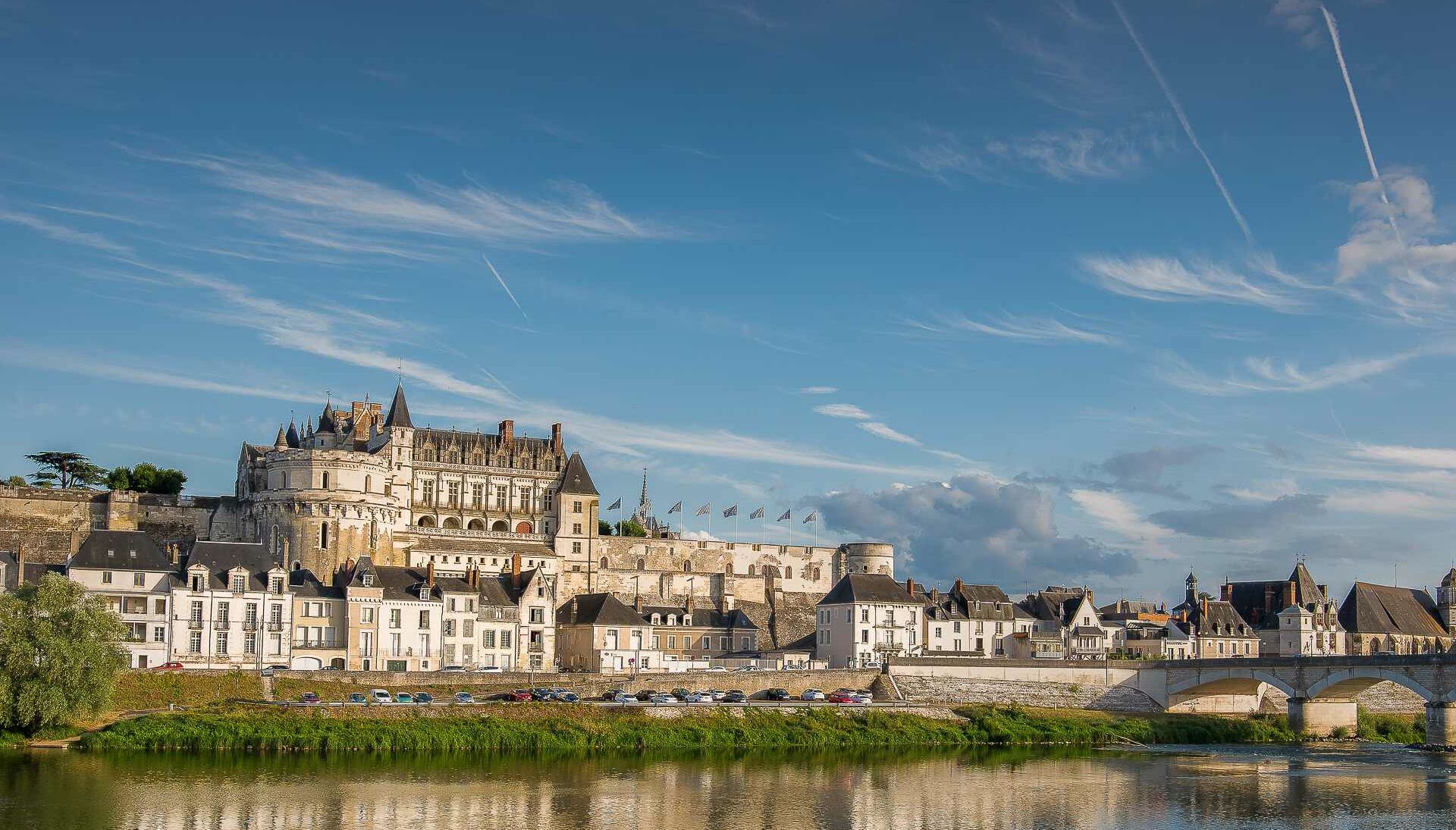
History of Amboise: A Walk Through Time
Amboise has long been a town of strategic importance, serving as a royal residence during the Renaissance period. Its history is deeply tied to the French monarchy, and this connection is still visible in its architecture and landmarks today. The Château d’Amboise, the most notable attraction, was a royal residence for many years and became home to kings and queens who played pivotal roles in France’s history.
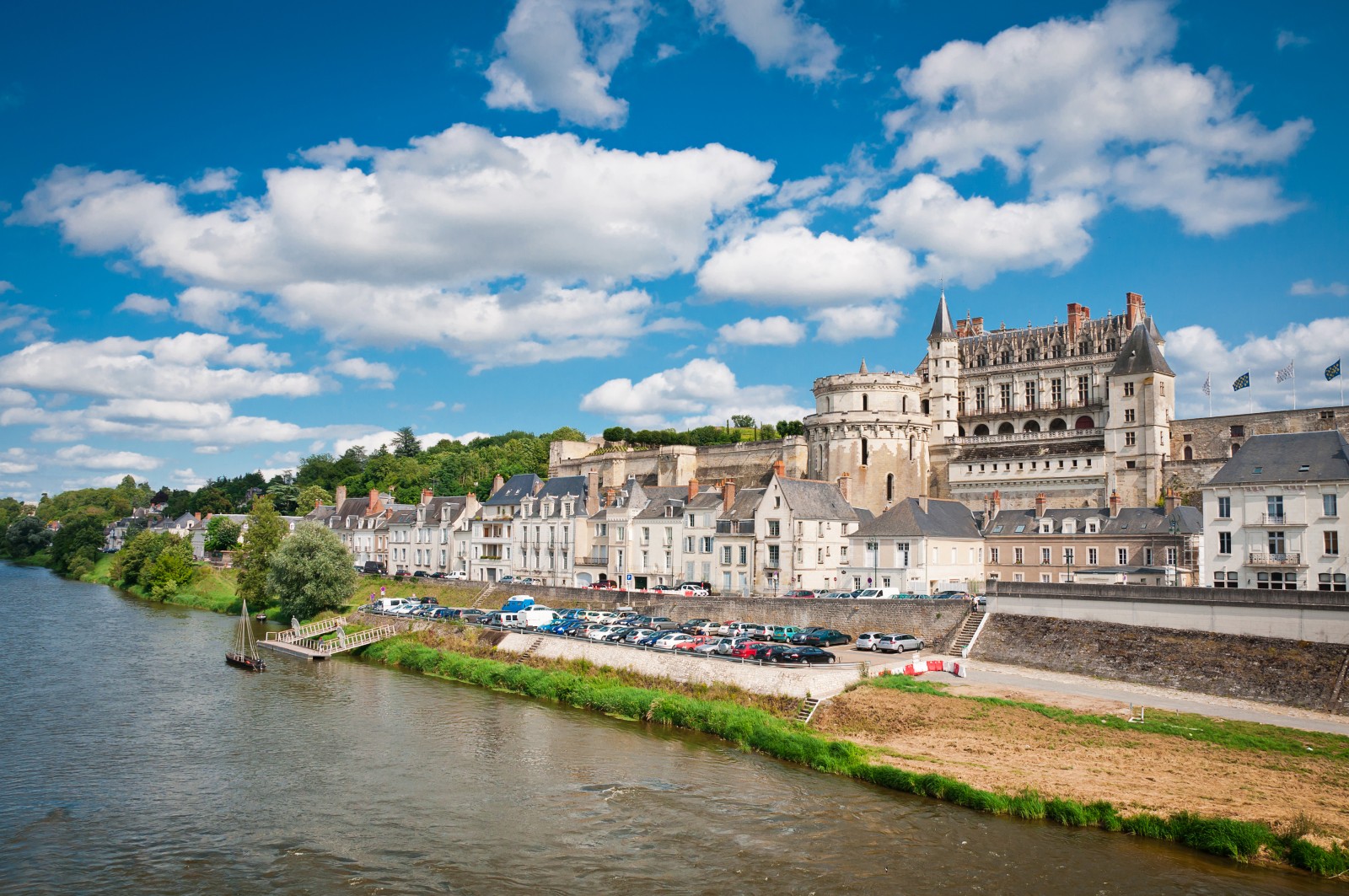
The town’s medieval and Renaissance roots are intertwined, giving visitors the opportunity to experience history firsthand while strolling through its cobbled streets. From the towering château to the charming medieval houses, Amboise feels like stepping back in time.
Château d’Amboise: The Crown Jewel of the Town
The Château d’Amboise is the town’s star attraction and a must-visit for any traveler. Perched on a hill overlooking the Loire River, this royal château offers stunning views and a glimpse into French history. The château has seen countless kings, including Charles VIII and François I, as well as famous figures like Leonardo da Vinci, who spent his final years in Amboise.
A visit to the château is like stepping into a piece of history. The royal apartments, lush gardens, and breathtaking terraces provide insight into the grandeur of French monarchy. The château’s architecture is a blend of Gothic and Renaissance styles, with intricate detailing that leaves visitors in awe.
The Leonardo da Vinci Connection
One of the most intriguing aspects of the Château d’Amboise is its connection to Leonardo da Vinci. The famous artist and inventor spent his last years in the town, living at the nearby Clos Lucé. Da Vinci’s influence can still be felt in Amboise, and his legacy is celebrated throughout the town.
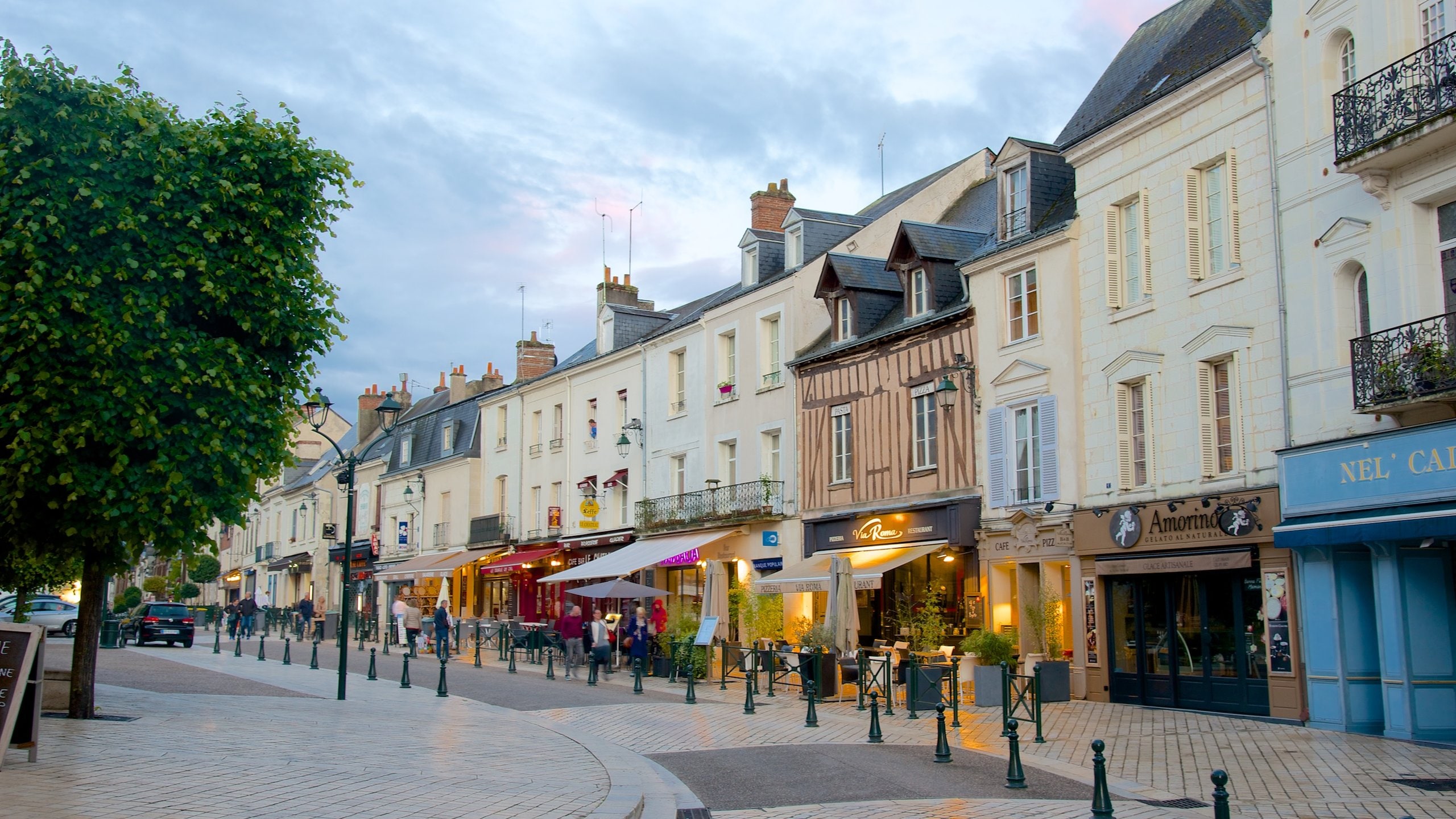
At Clos Lucé, visitors can explore Da Vinci’s final home, see models of his inventions, and learn about the incredible contributions he made to art, science, and engineering. The proximity of Da Vinci’s home to the château makes for a fascinating historical experience, especially for those interested in the Renaissance period.
Explore Amboise’s Charming Streets
While the château is undoubtedly the main attraction, Amboise also boasts a charming town center filled with cobblestone streets, quaint cafés, and boutique shops. Walking through the town is an experience in itself, with every turn offering new surprises.
The Vibrant Market of Amboise
One of the highlights of Amboise is its weekly market, where locals gather to buy fresh produce, cheeses, meats, and other regional specialties. The market is a great place to get a taste of authentic French life and sample some of the best products the Loire Valley has to offer.
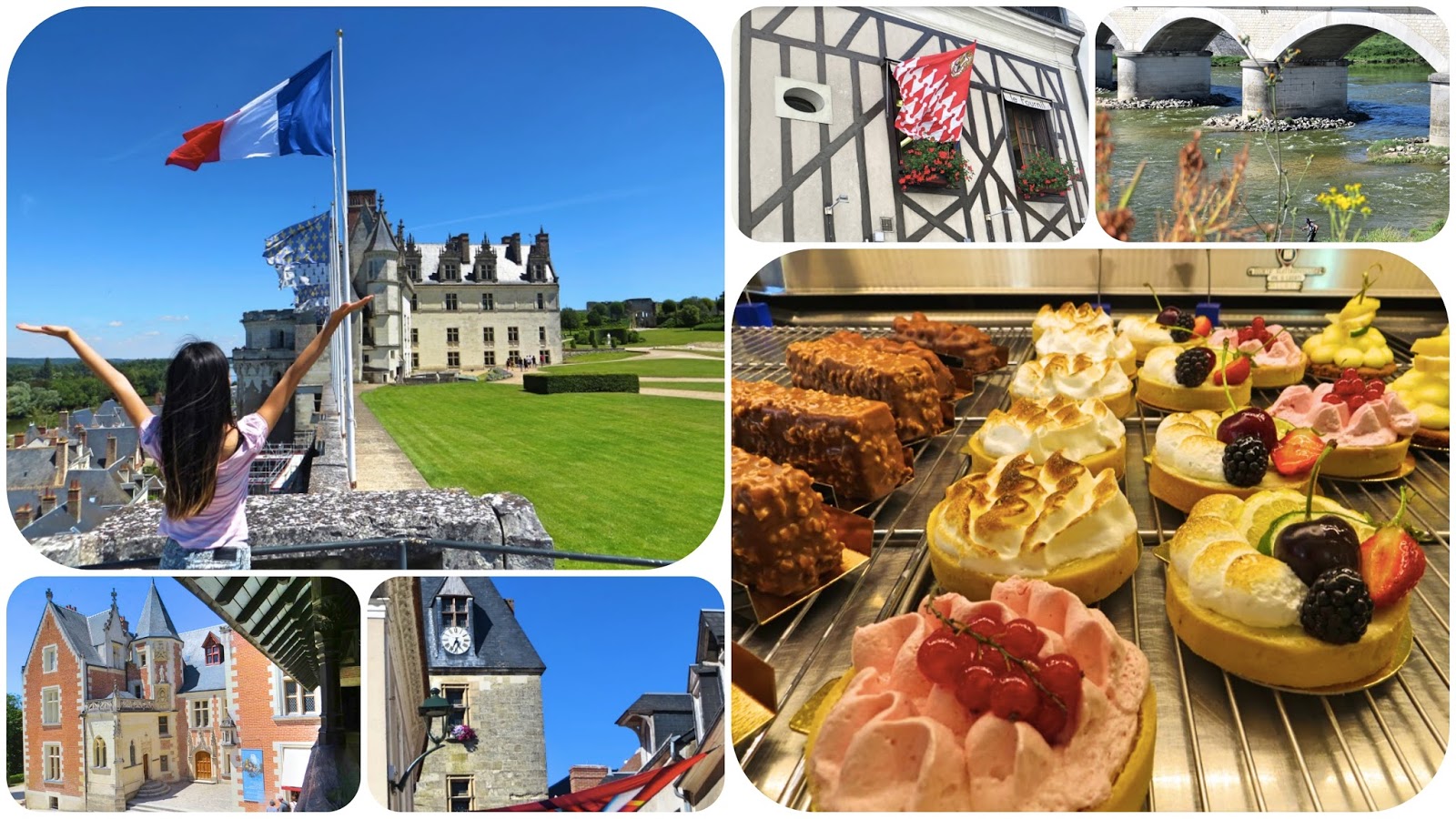
Whether you’re browsing the stalls or enjoying a coffee at one of the cafés, the market provides a lively atmosphere that reflects the heart and soul of the town. It’s the perfect spot to mingle with locals, try new foods, and soak in the sights and sounds of Amboise.
The Loire River and Amboise’s Surrounding Nature
Beyond the historical landmarks, Amboise is also a great destination for outdoor enthusiasts. The Loire River provides ample opportunities for boat rides, cycling, and hiking along the riverbanks. The surrounding countryside is full of vineyards, orchards, and forests, making it ideal for leisurely walks or more adventurous outdoor activities.
A Boat Ride Along the Loire
A boat ride on the Loire River is one of the best ways to see the town and its surrounding landscapes. The river offers a peaceful setting, and cruising along its calm waters allows you to appreciate the beauty of Amboise and its château from a different perspective.
Whether you choose a traditional boat or a more modern vessel, a river cruise is a relaxing way to take in the sights and sounds of this picturesque town.
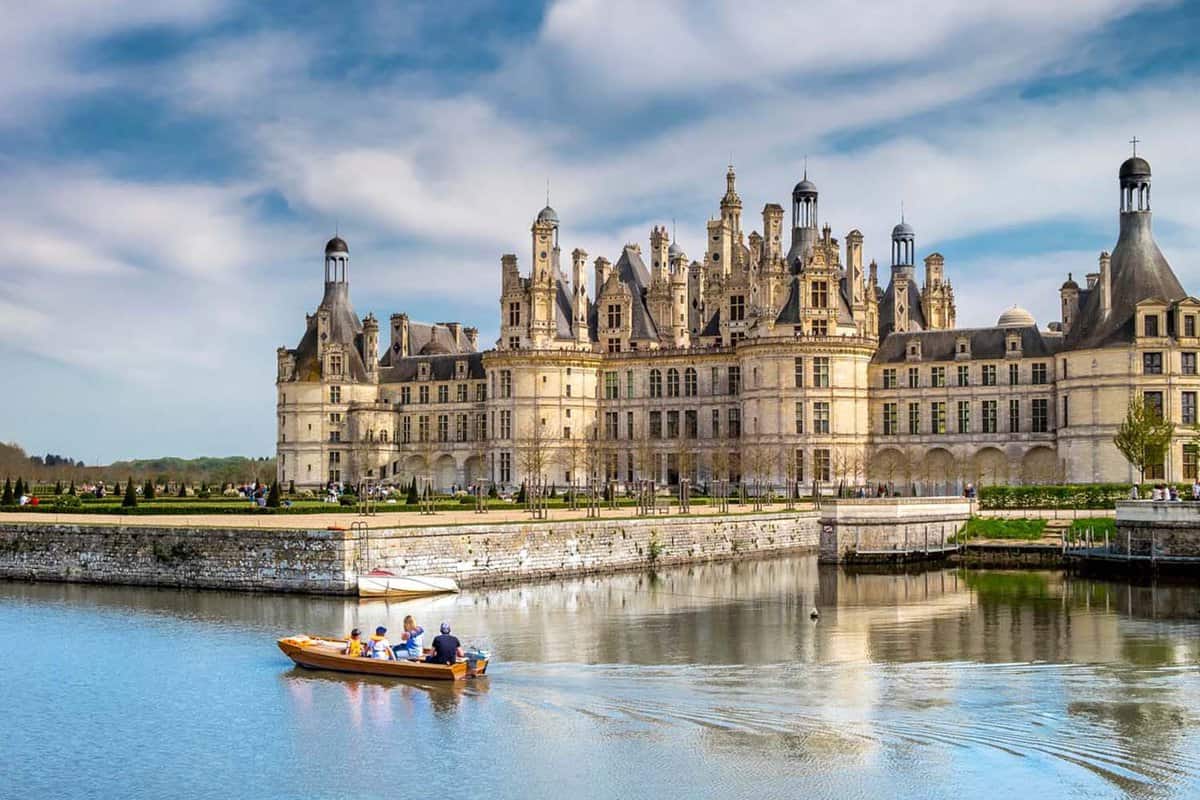
Wine and Dine in Amboise: A Taste of the Loire Valley
No visit to Amboise would be complete without indulging in some of the region’s renowned wines and cuisine. The Loire Valley is known for its exceptional wine production, particularly its crisp whites and elegant reds. Amboise is home to many local vineyards that offer tours and tastings, giving visitors the chance to sample wines that perfectly complement the region’s rich culinary heritage.
A Taste of the Loire
In addition to wine, Amboise’s culinary scene is a treat for food lovers. Local specialties include rillettes (a spread made from meat), chèvre (goat cheese), and tarts made with fresh, seasonal fruits. Whether dining at a cozy bistro or a more upscale restaurant, the food in Amboise is always fresh and flavorful.
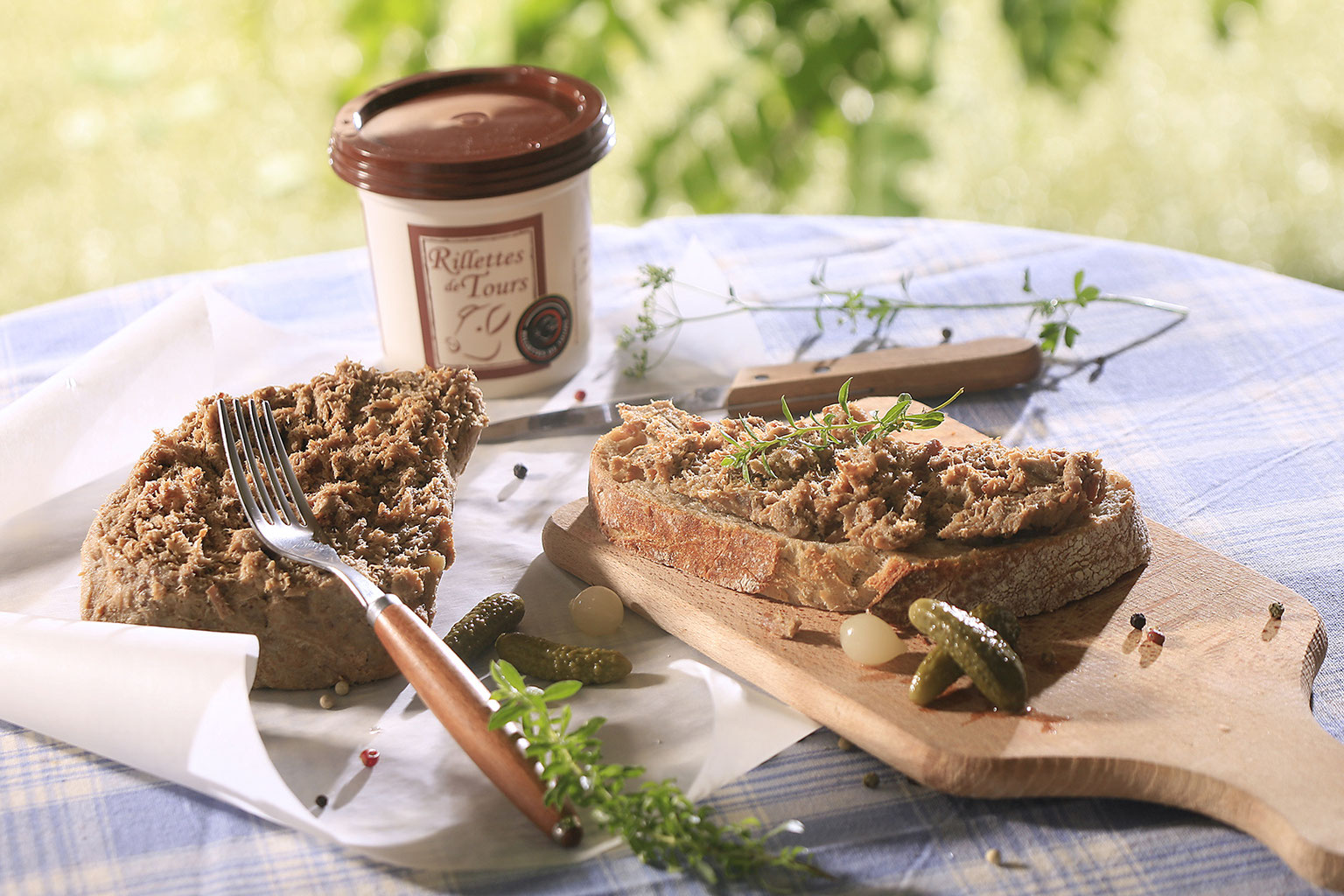
The town’s markets also offer a selection of local products, perfect for those who want to take a piece of Amboise home with them. You’ll find artisanal cheeses, wines, and preserves, all made with the finest local ingredients.
Day Trips Around Amboise
Amboise’s location in the heart of the Loire Valley makes it an ideal base for exploring the surrounding region. There are several nearby towns and attractions worth visiting, all within a short drive from Amboise.
-
Château de Chenonceau: Known as the “Château des Dames,” this beautiful château is located just a short distance from Amboise and is one of the most visited castles in France.
-
Château de Chambord: Another stunning château in the Loire Valley, Chambord is famous for its grand architecture and sprawling grounds.
-
Villandry Gardens: For those who love gardens, the Château de Villandry offers breathtaking Renaissance gardens that are a must-see.
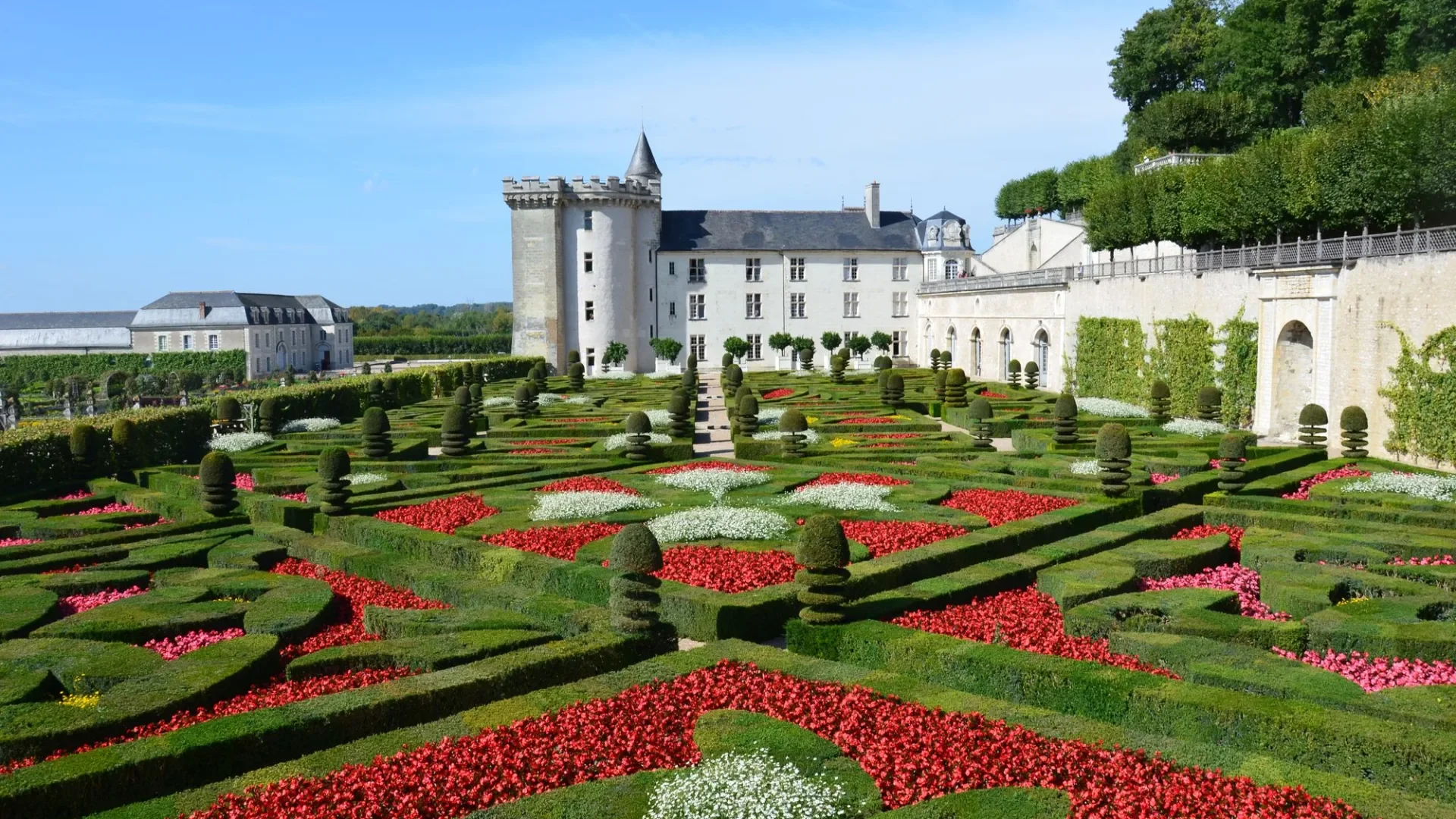
These day trips offer a chance to explore more of the Loire Valley’s rich history and stunning landscapes, all while staying in the charming town of Amboise.
Amboise: A Peaceful Escape in the Loire Valley
Whether you’re looking for a romantic getaway, a family vacation, or a solo adventure, Amboise offers a peaceful and picturesque escape from the hustle and bustle of city life. Its historical landmarks, charming streets, and stunning natural beauty make it an ideal destination for those seeking a slower pace and a deeper connection with French culture.
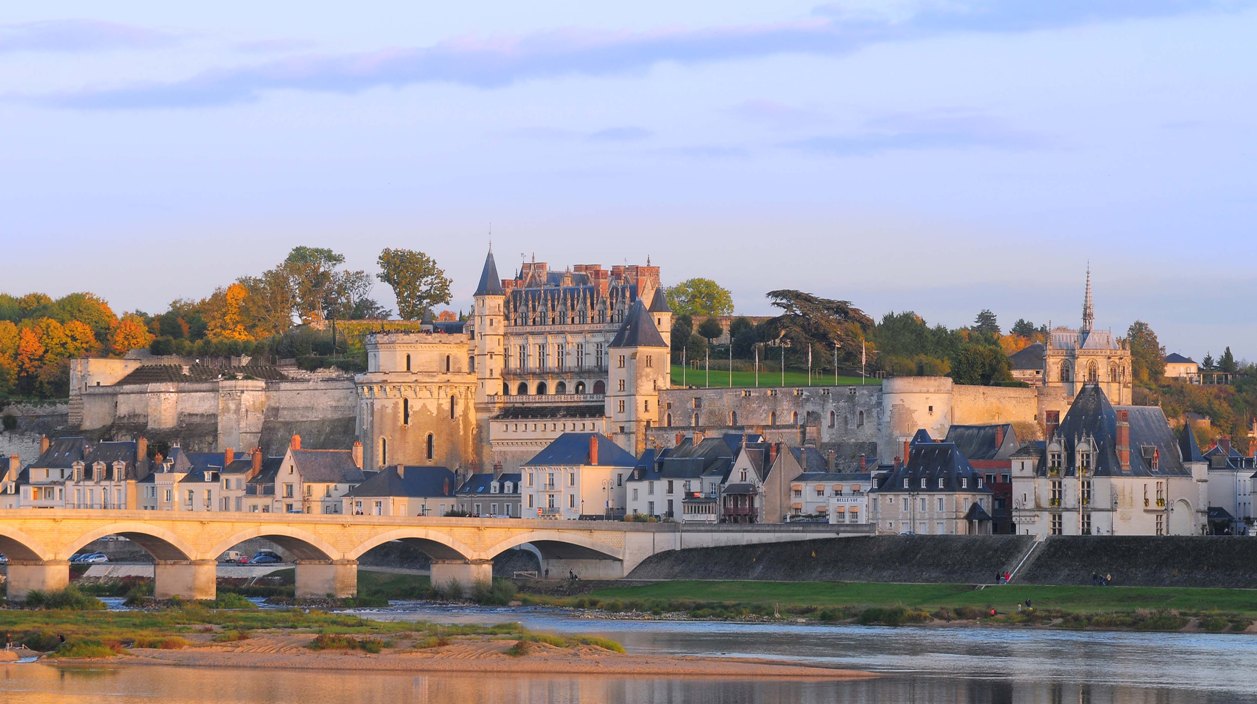
Final Thoughts on Amboise with Hotel Jardin De Neuilly
Together with Hotel Jardin De Neuilly, we’ve explored the many wonders of Amboise, a town that perfectly captures the essence of French elegance, history, and charm. From the grandeur of the Château d’Amboise to the peaceful beauty of the Loire River, there’s no shortage of things to see and do in this incredible town. If you’re planning a trip to the Loire Valley, make sure to add Amboise to your itinerary for an unforgettable experience.
